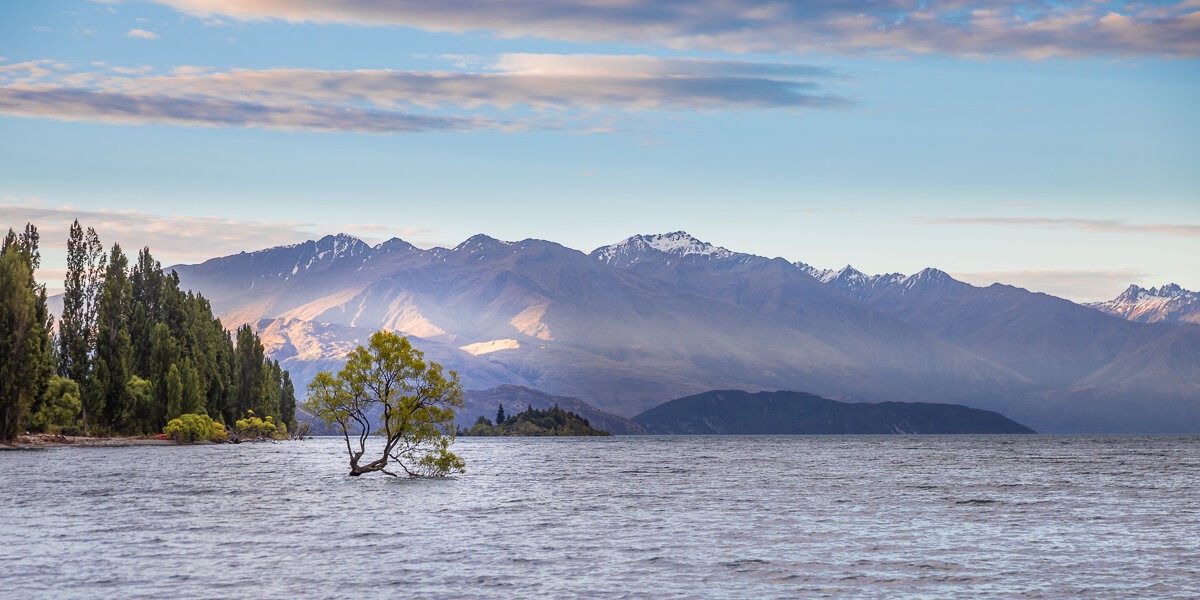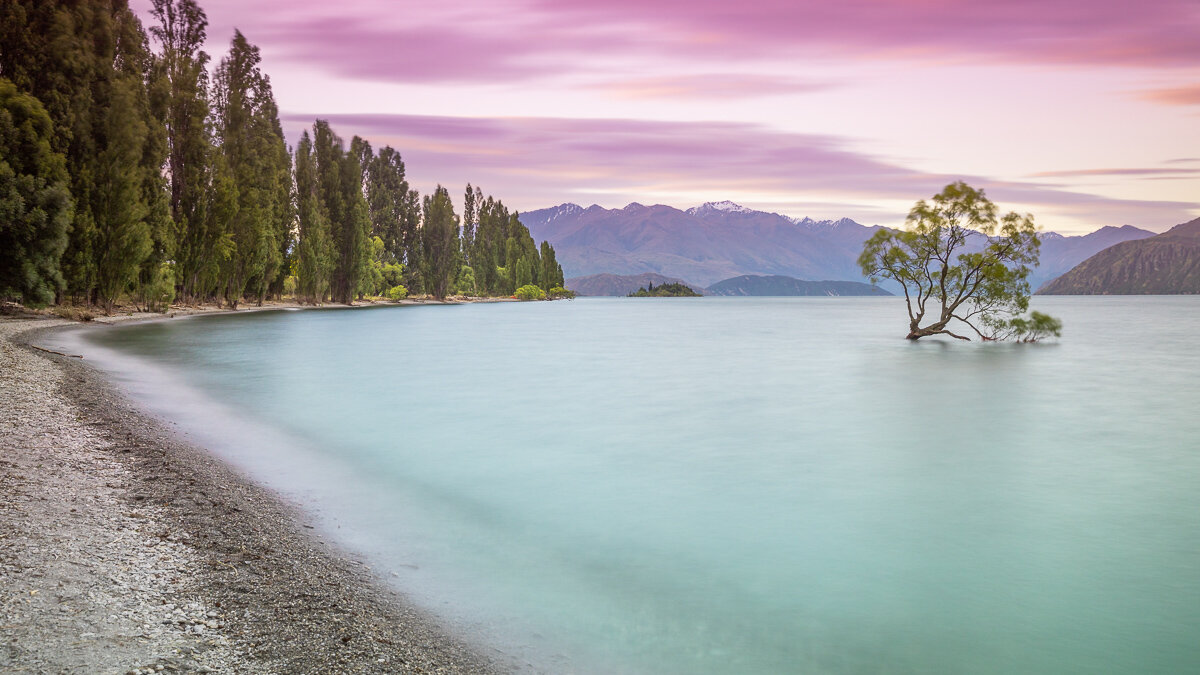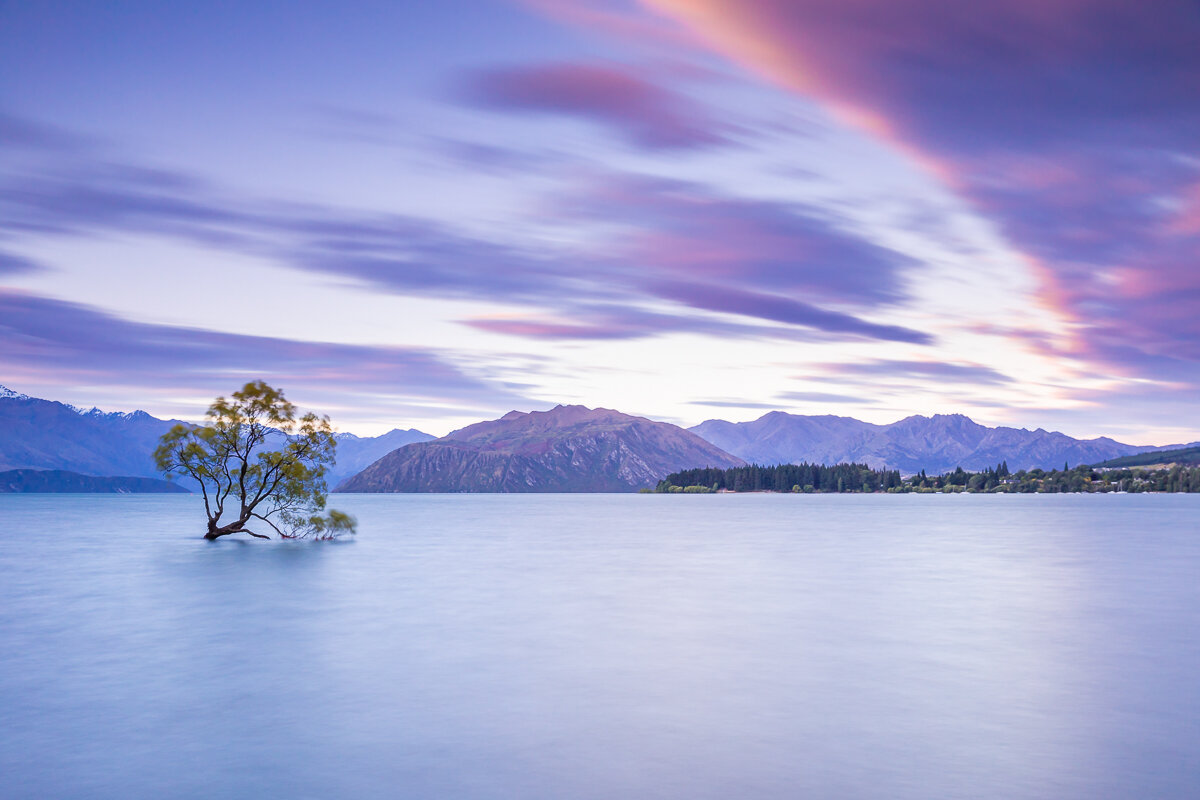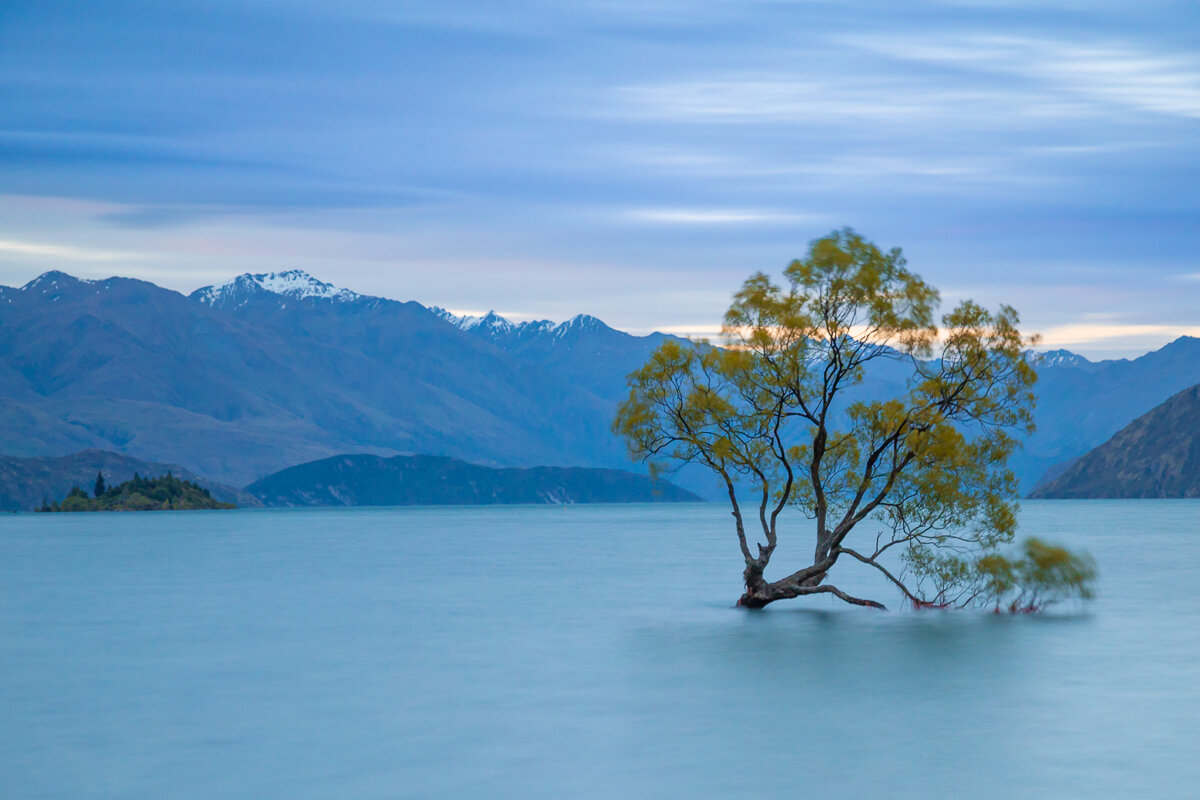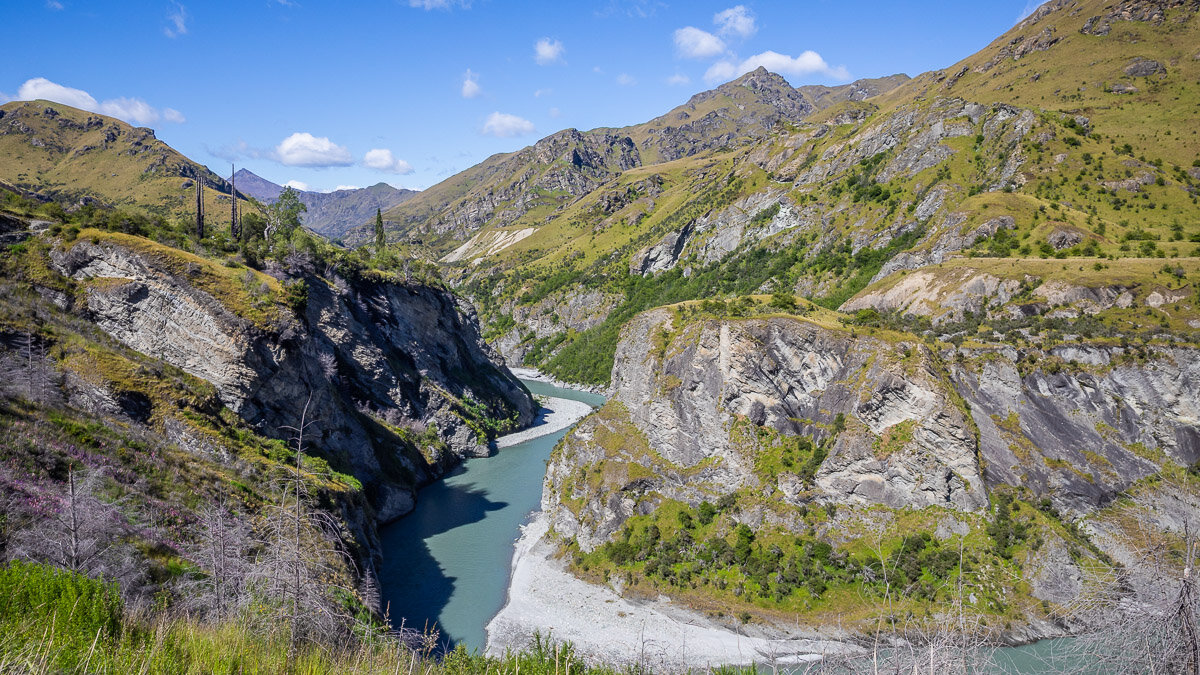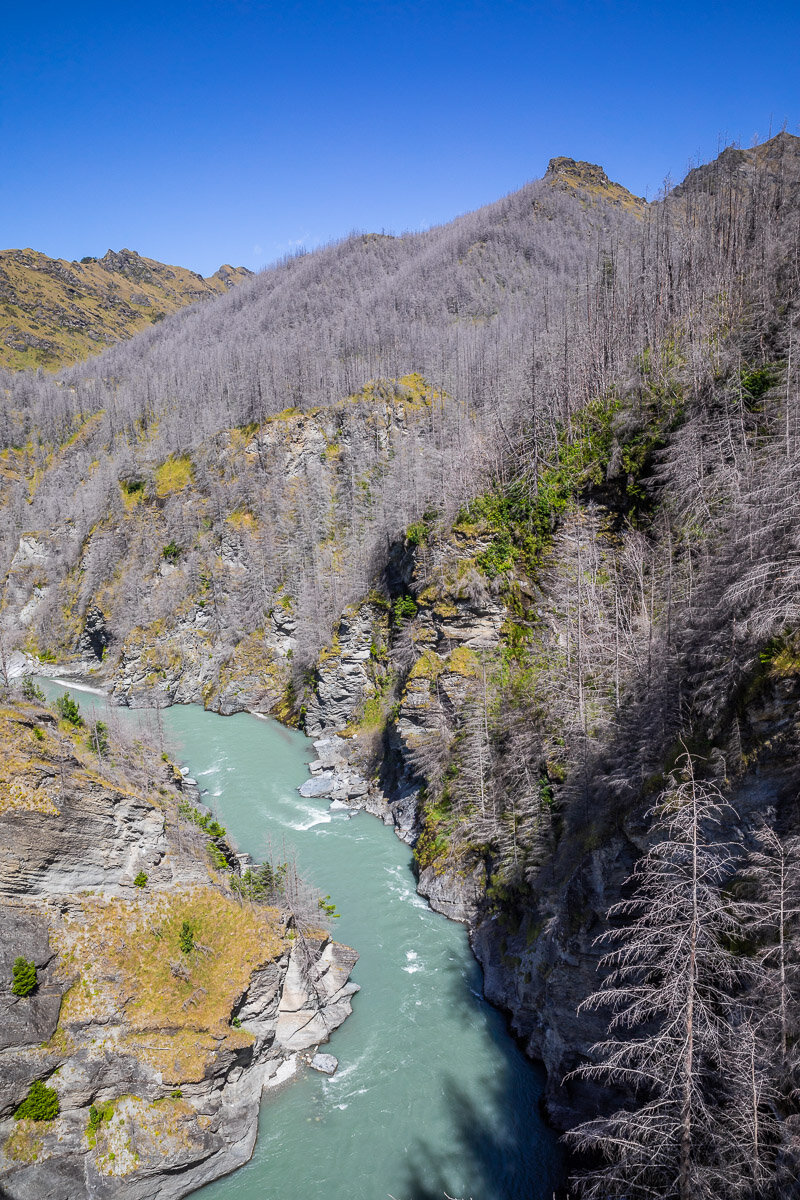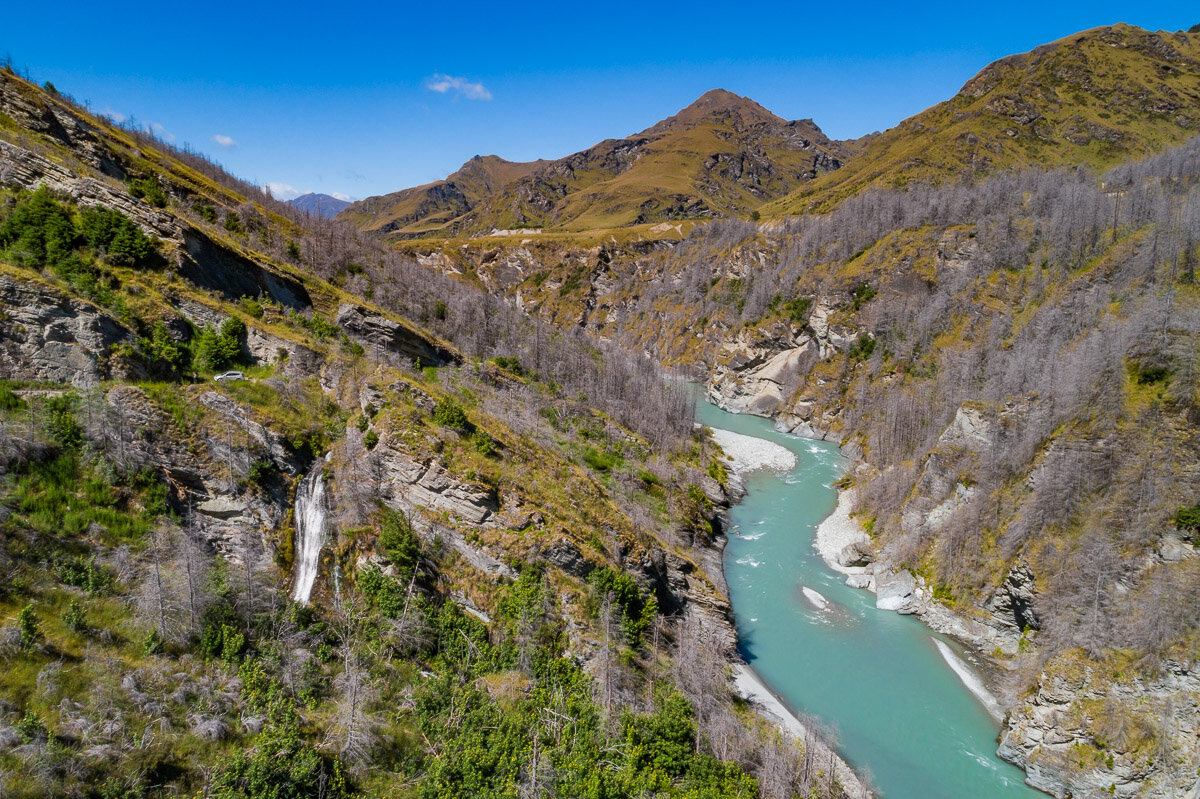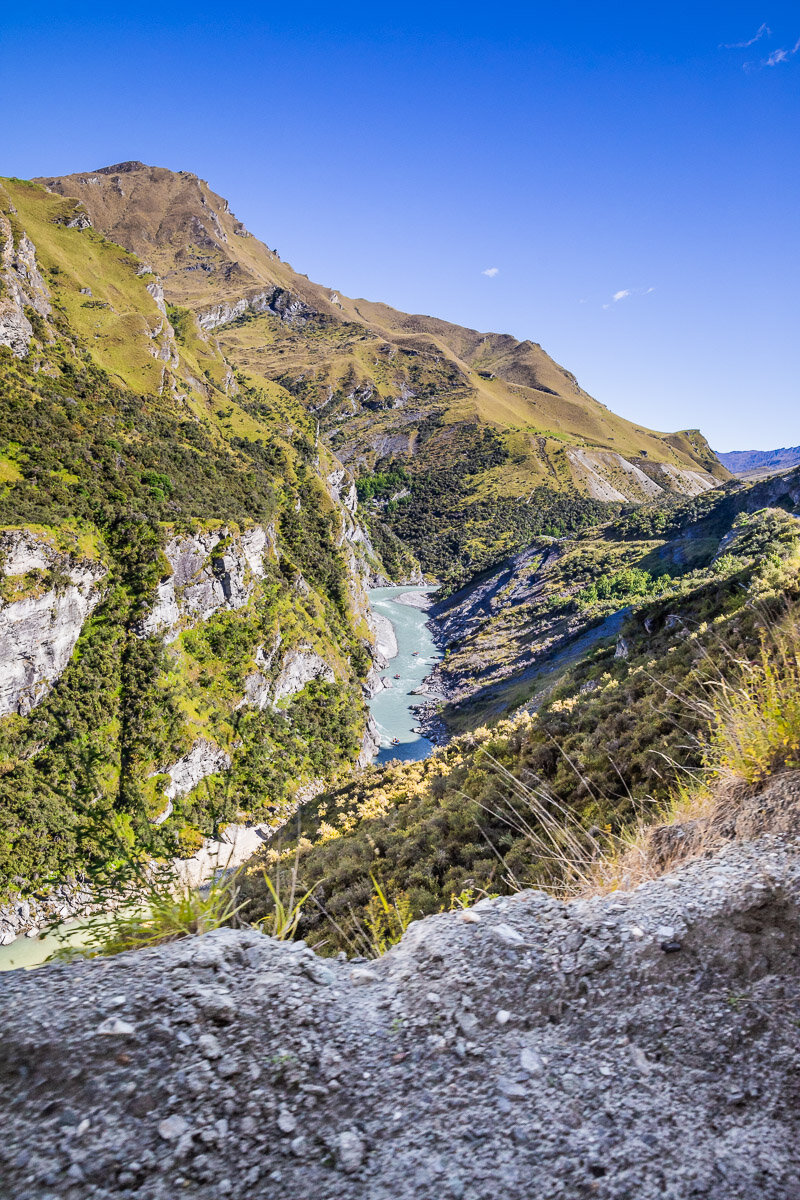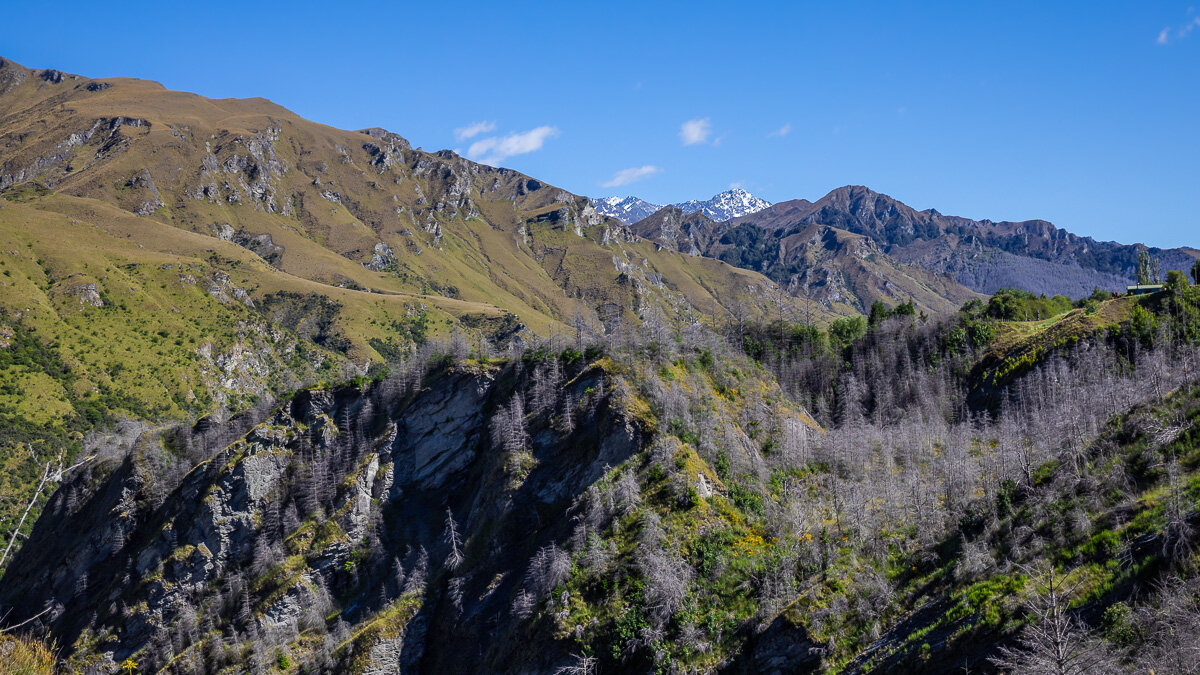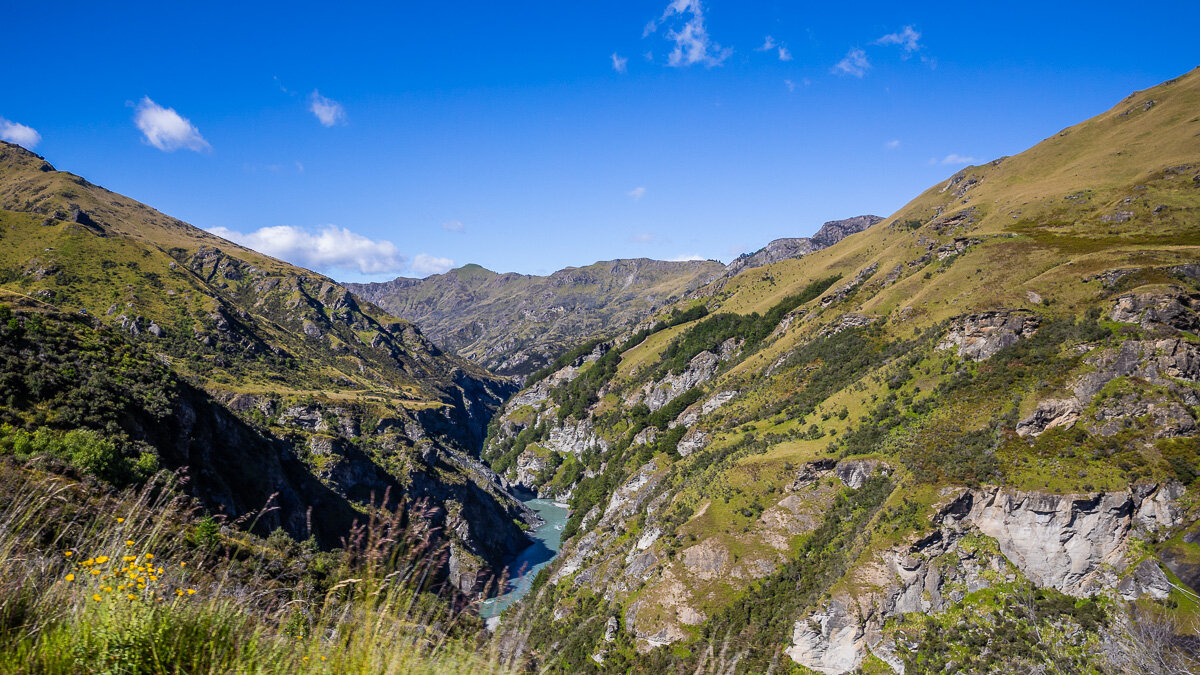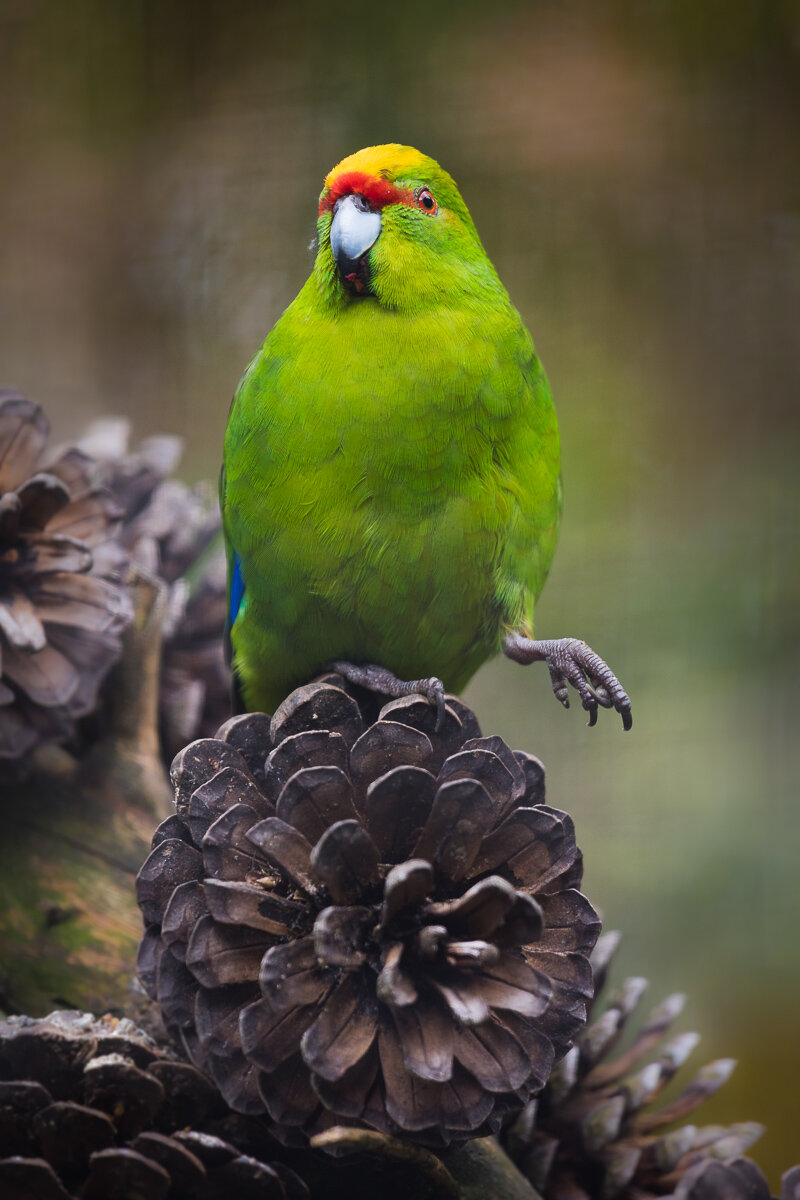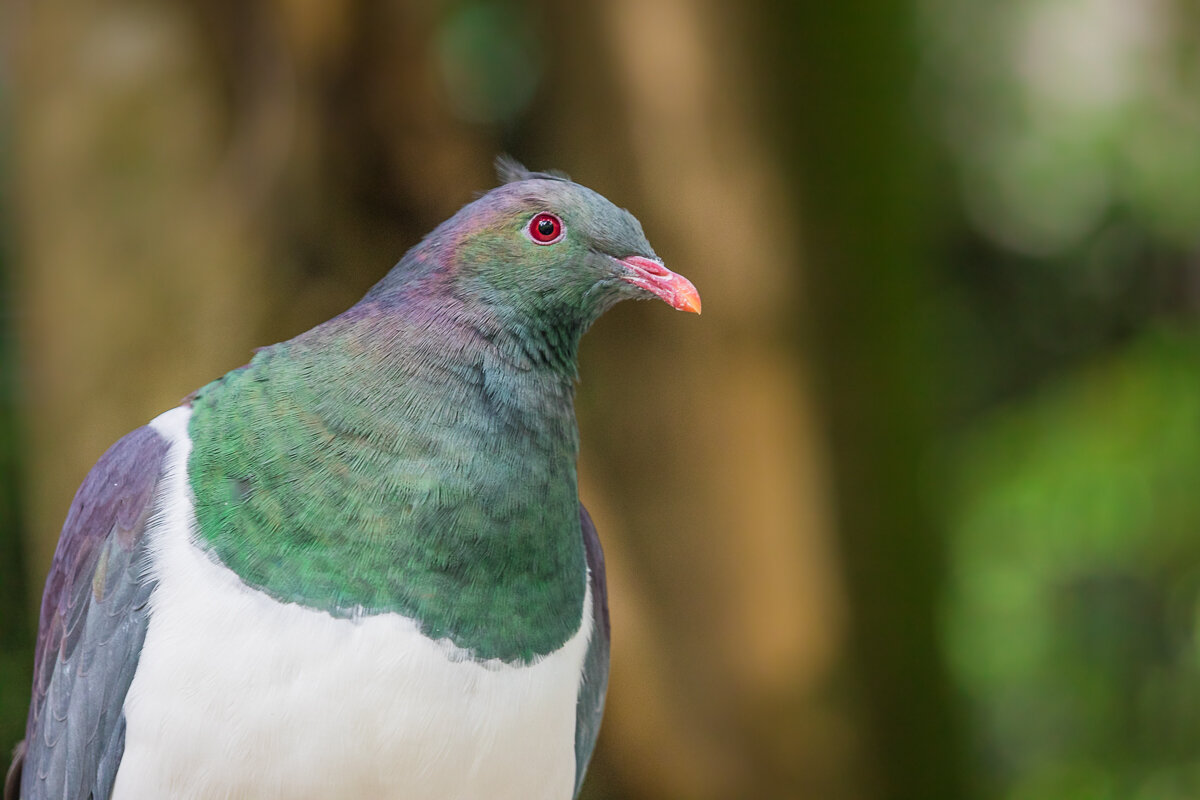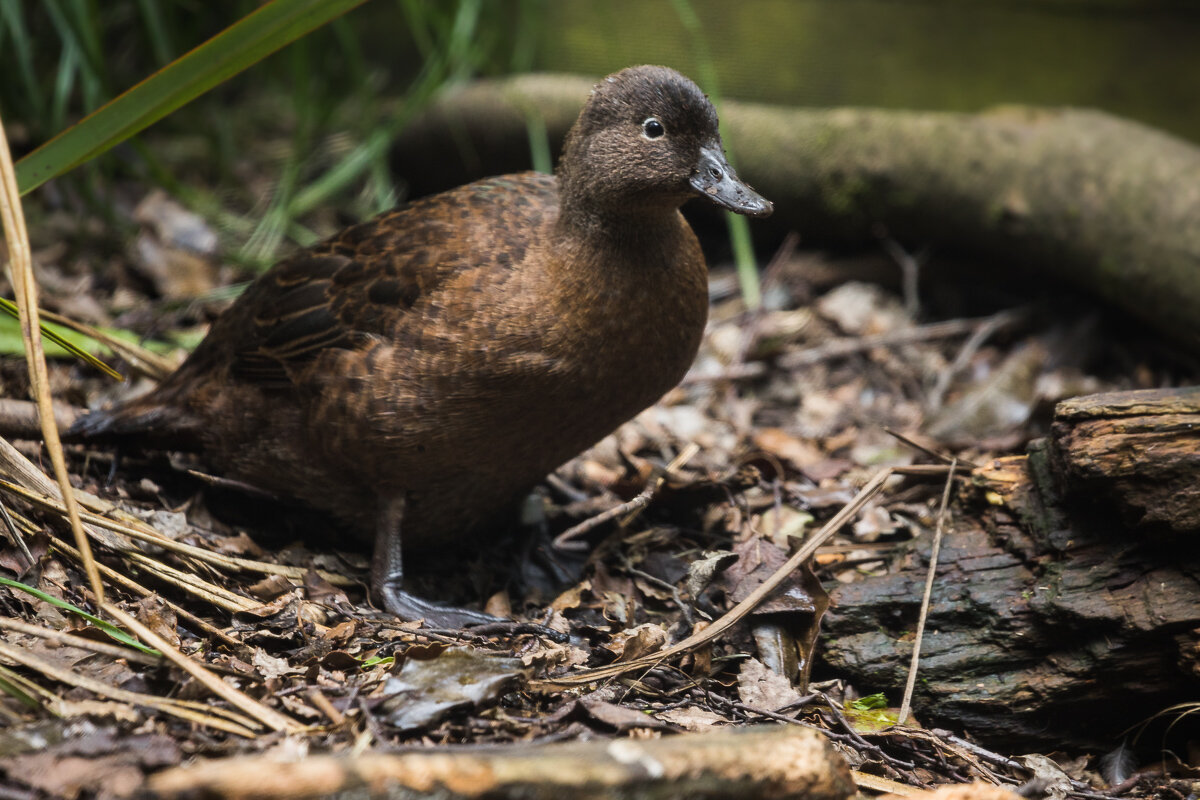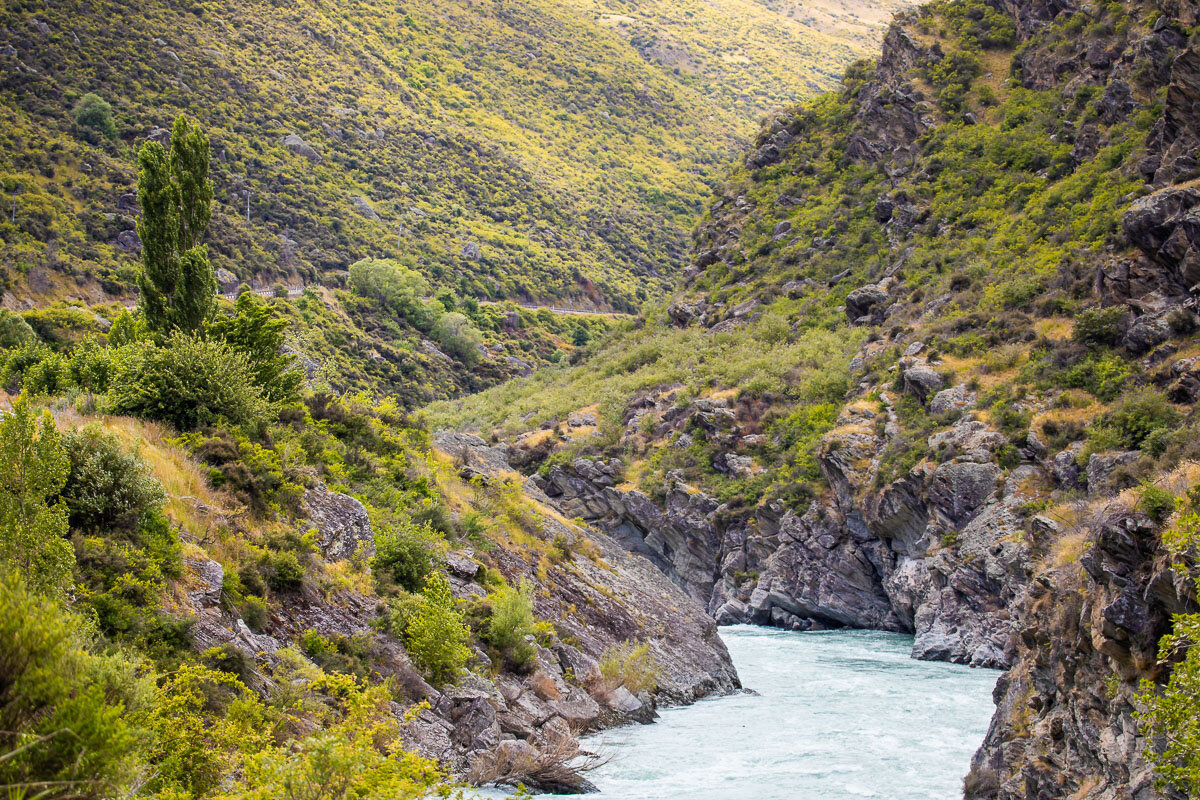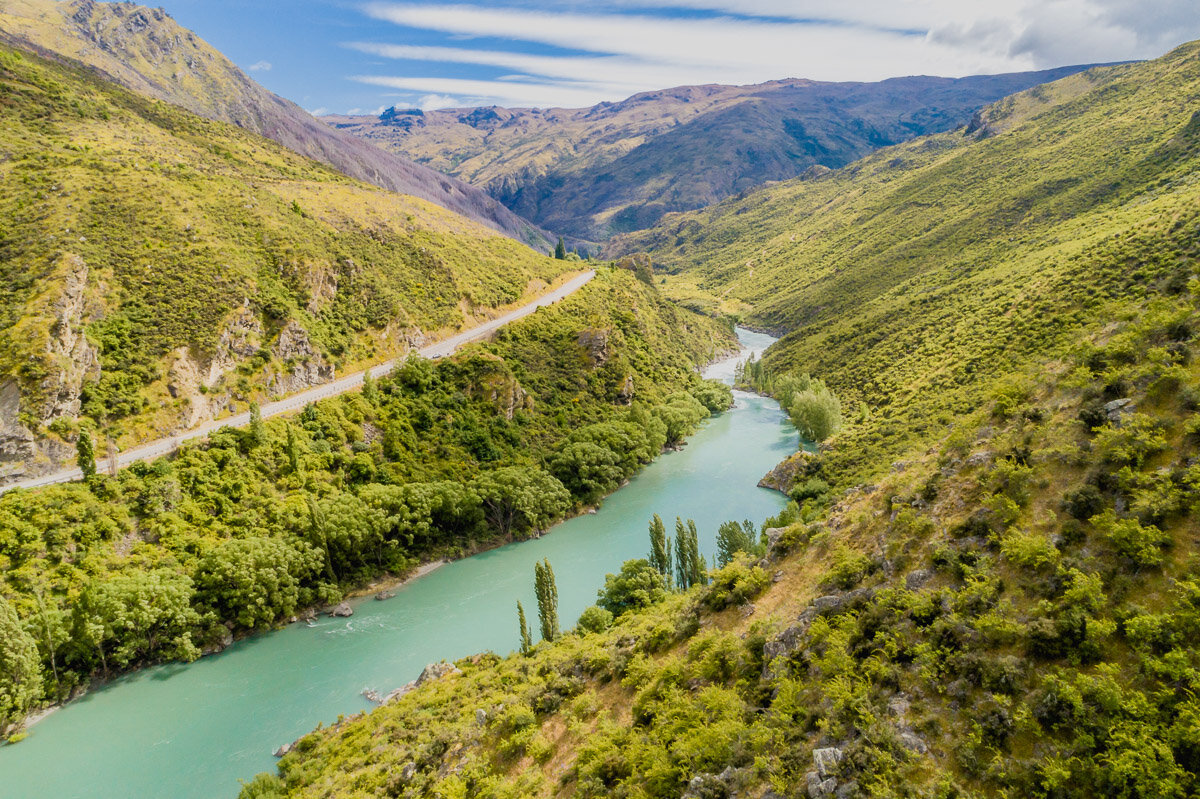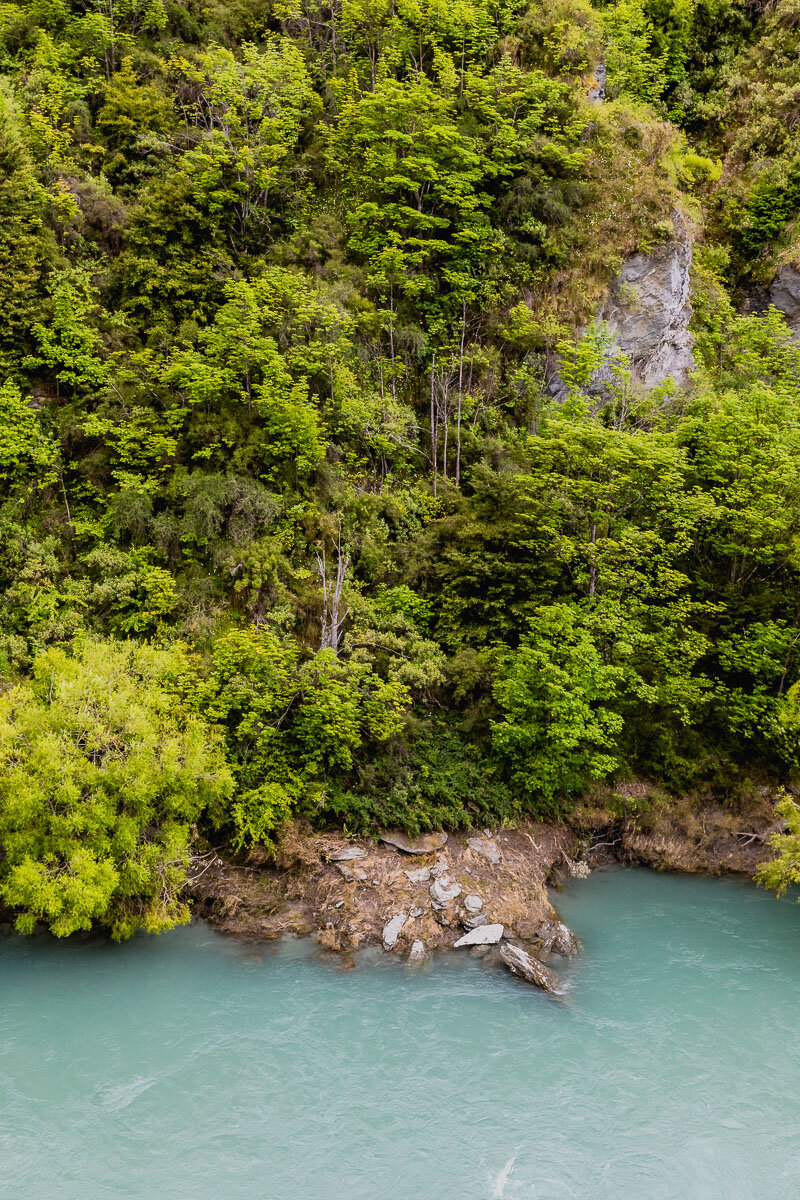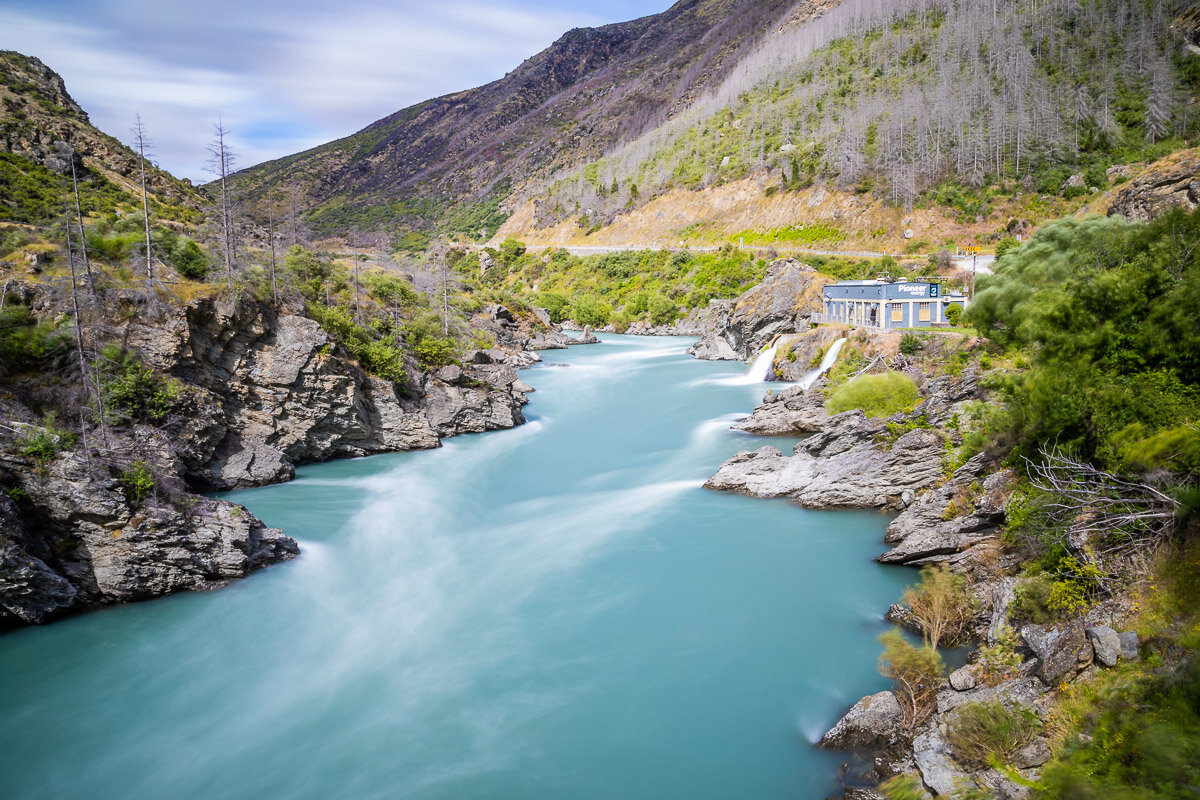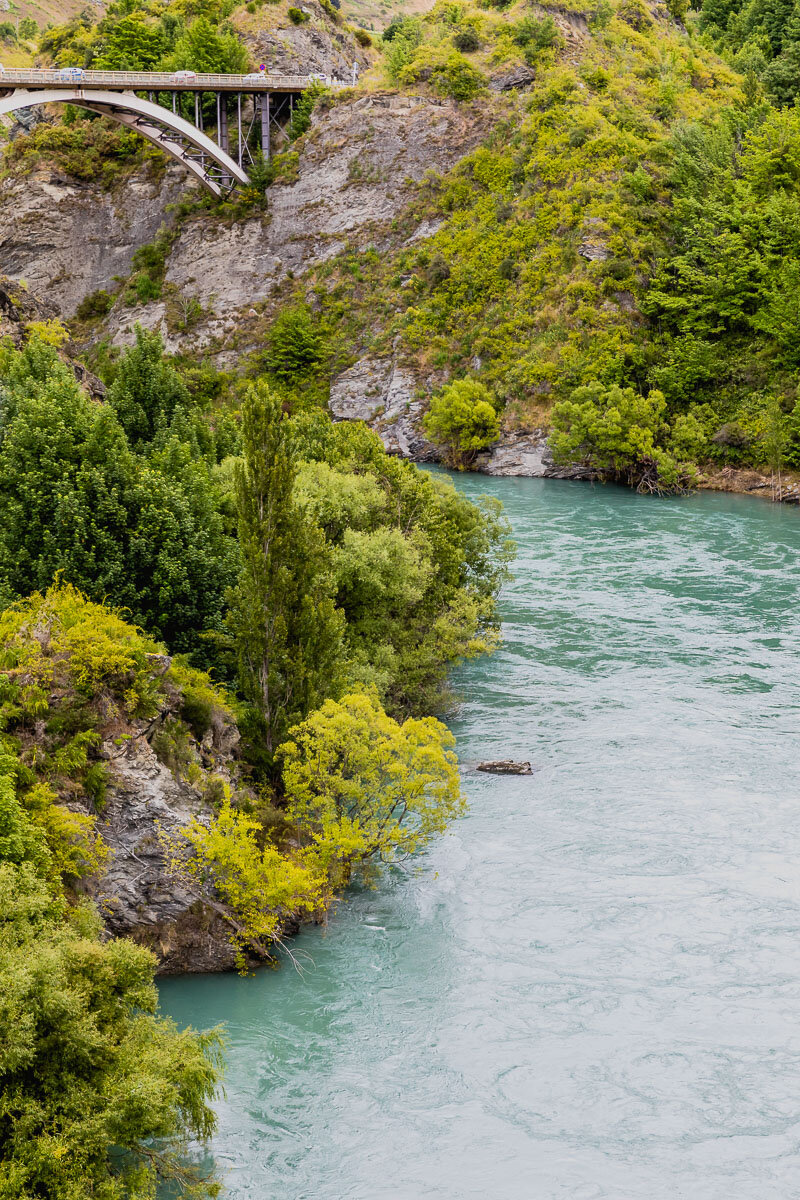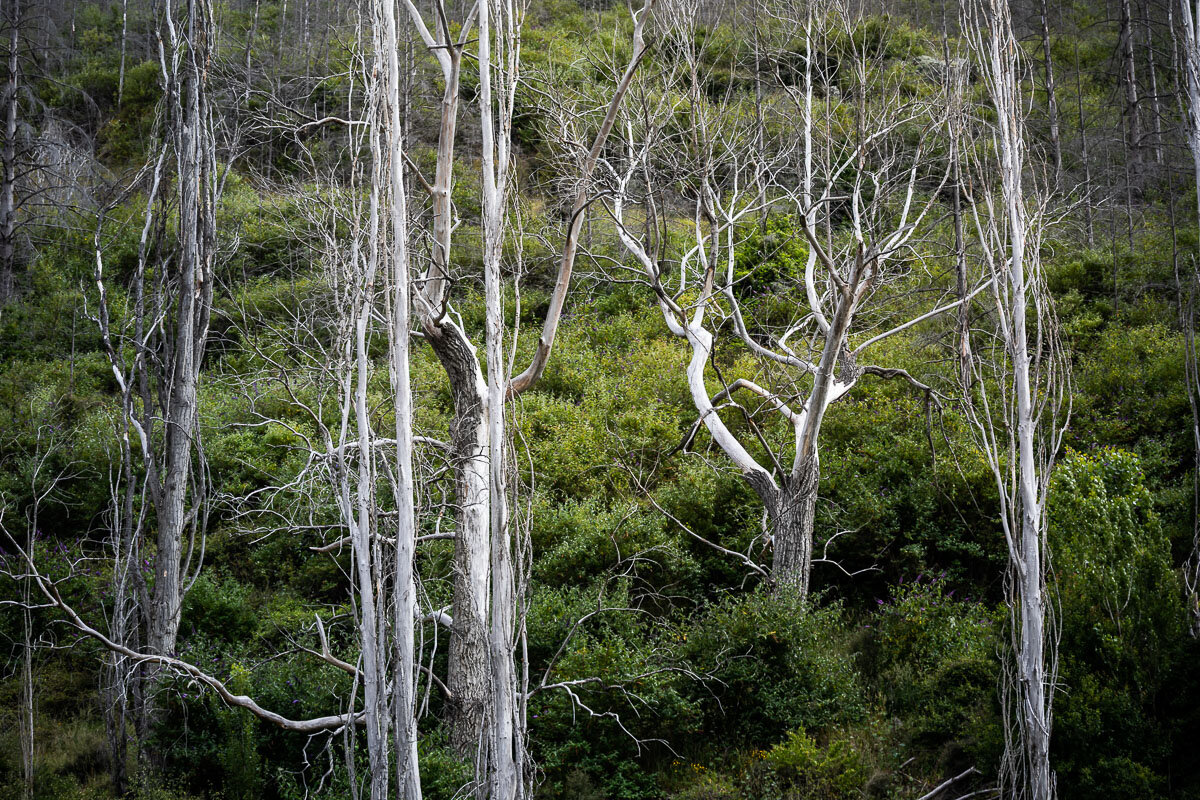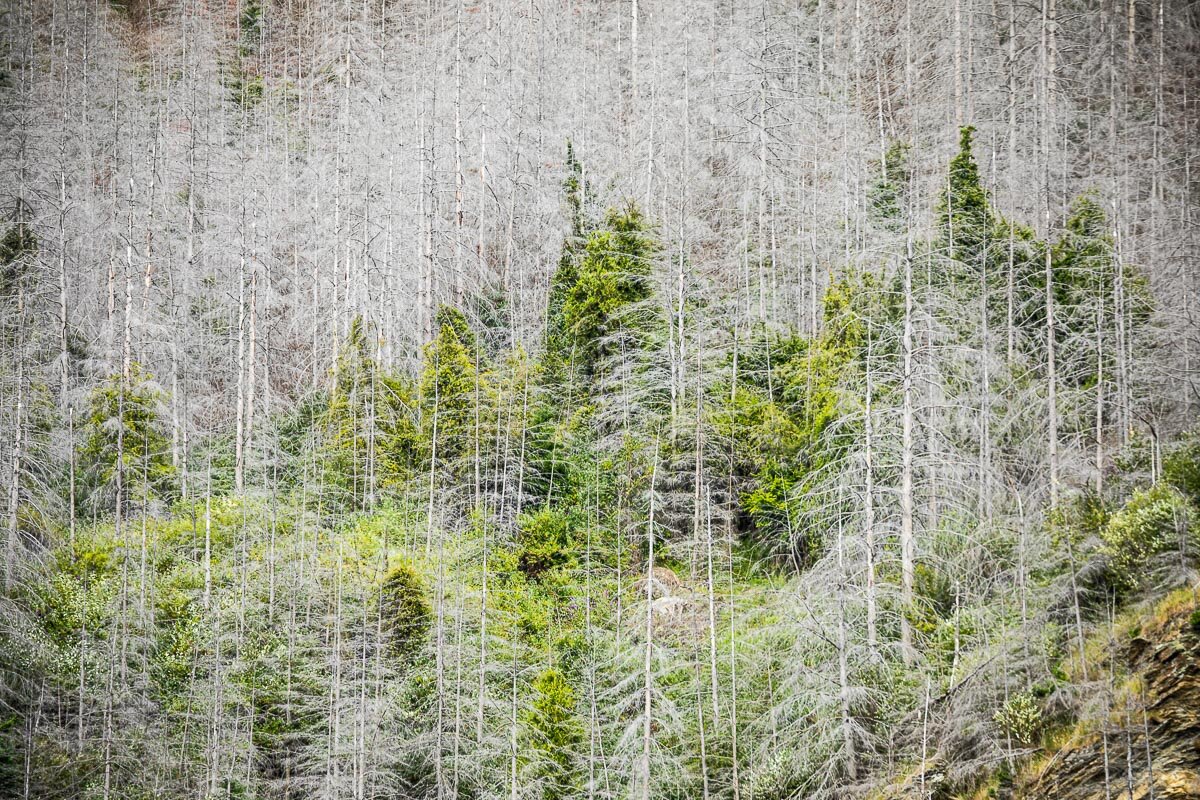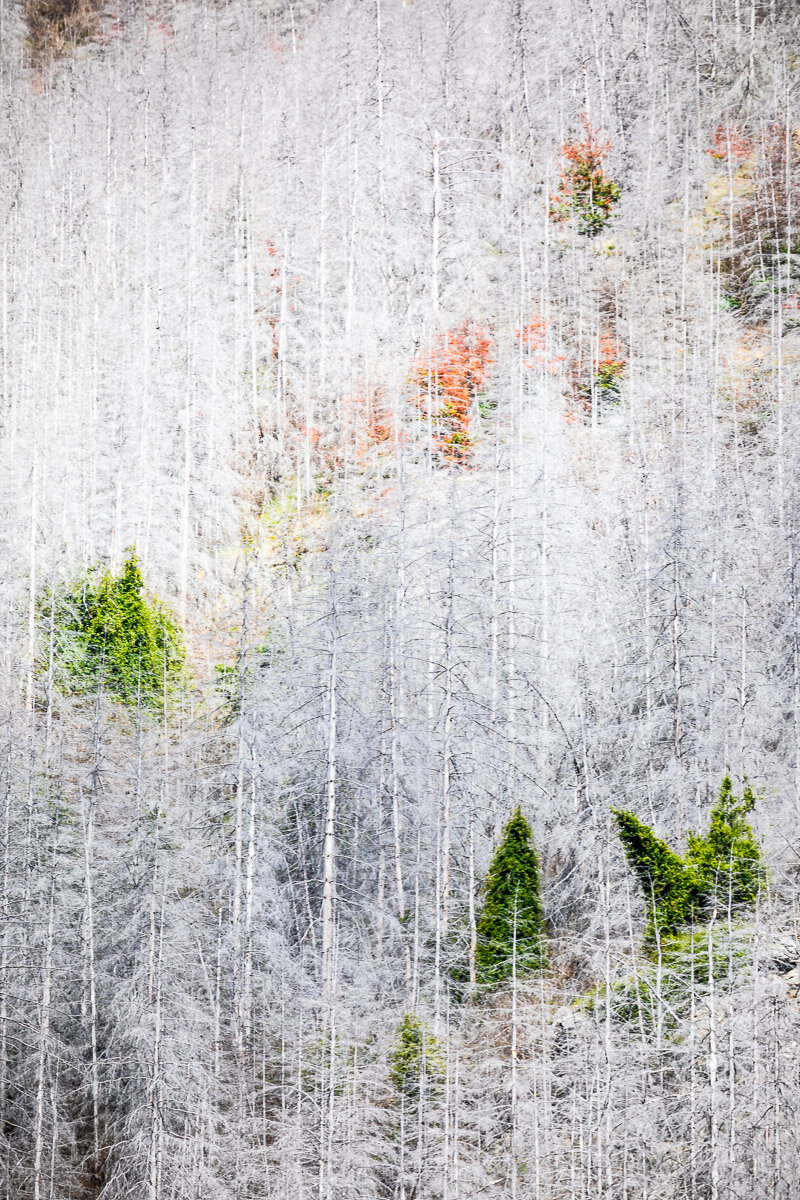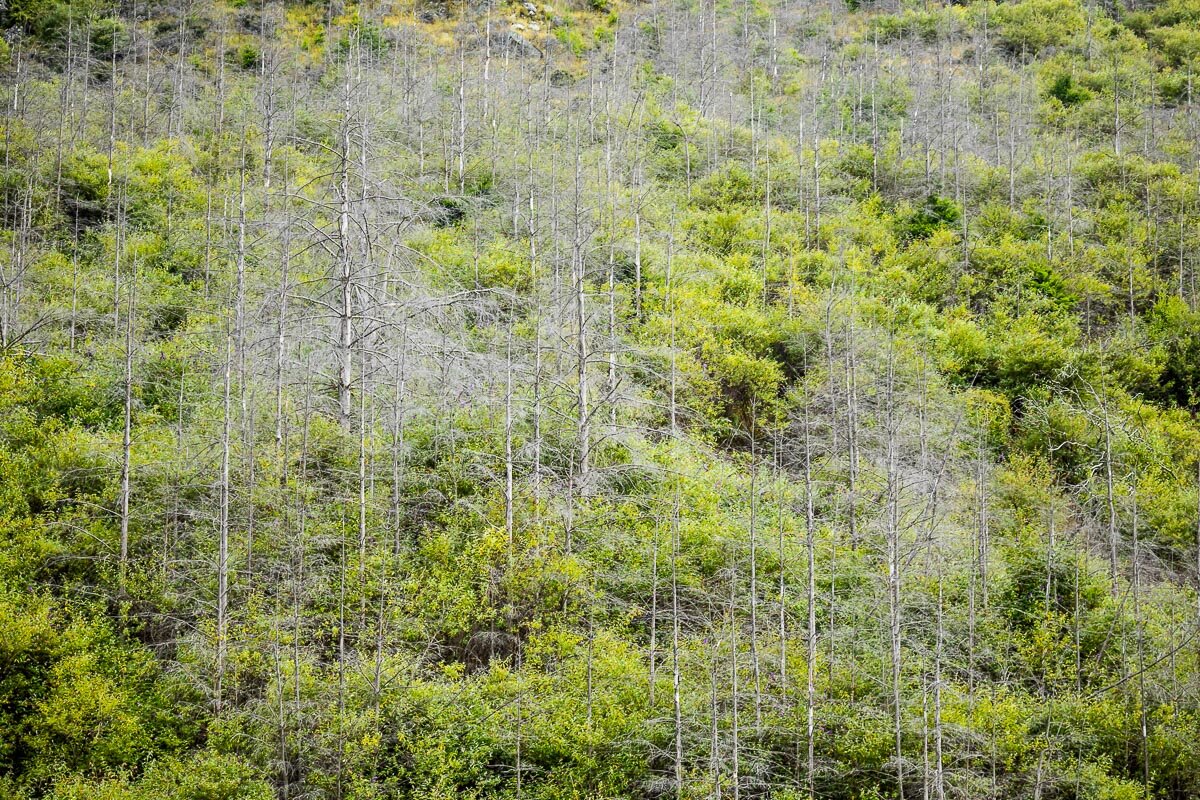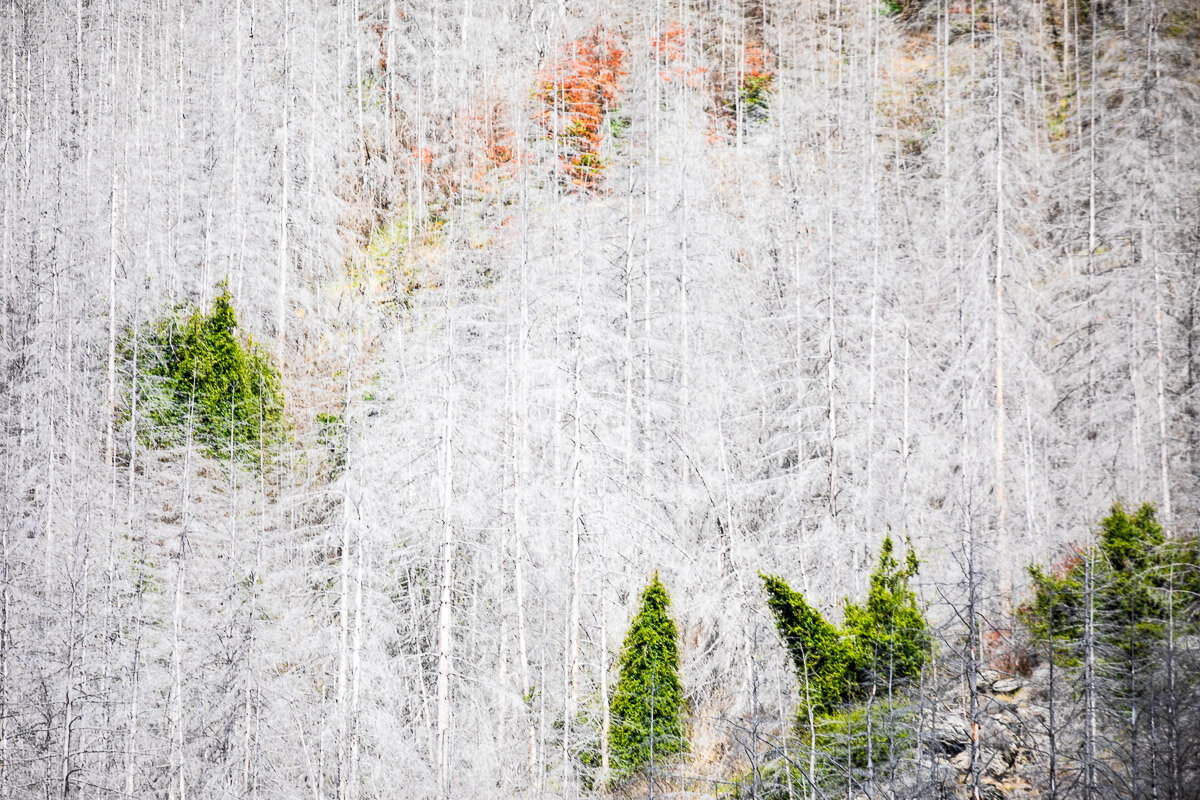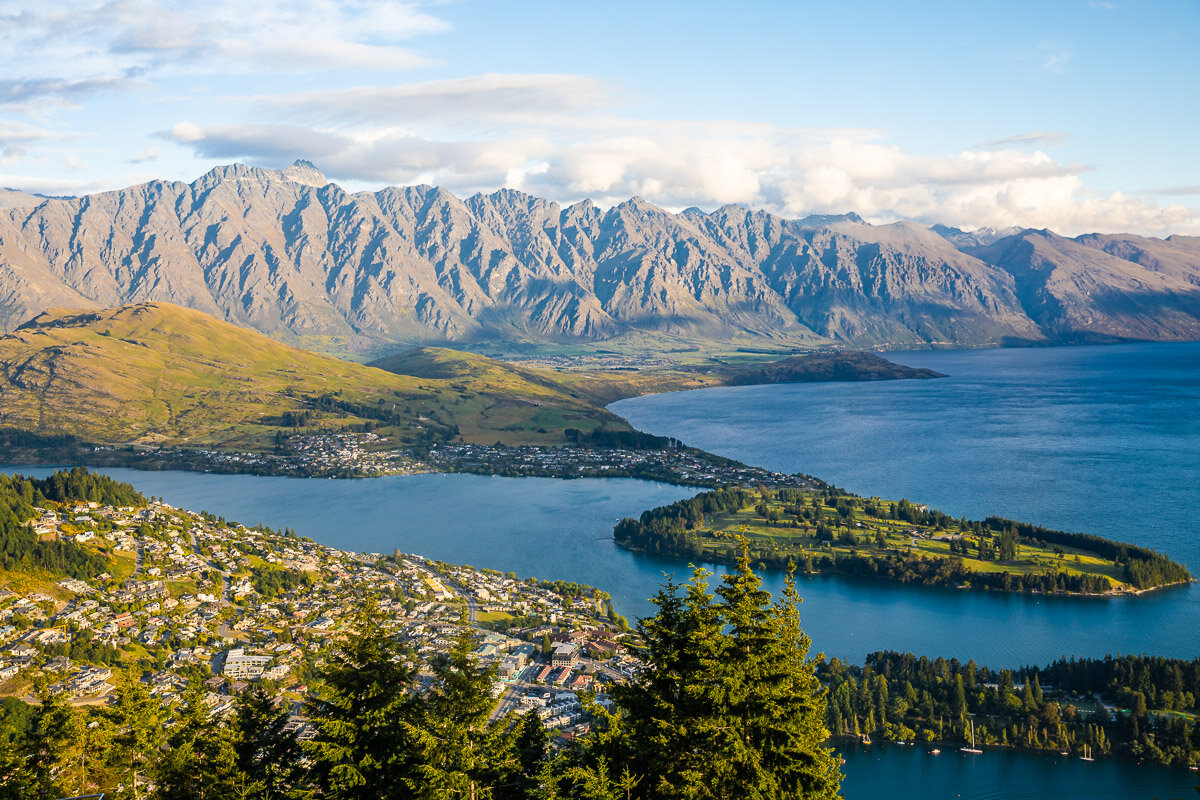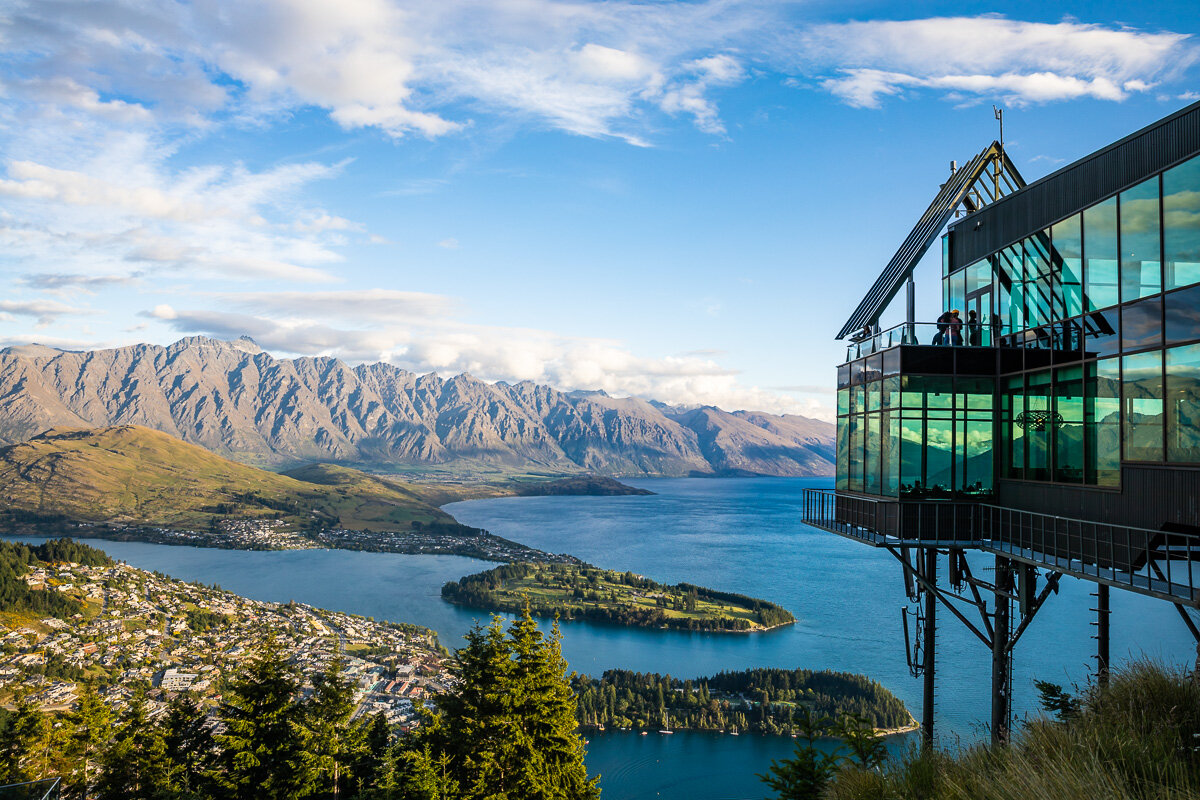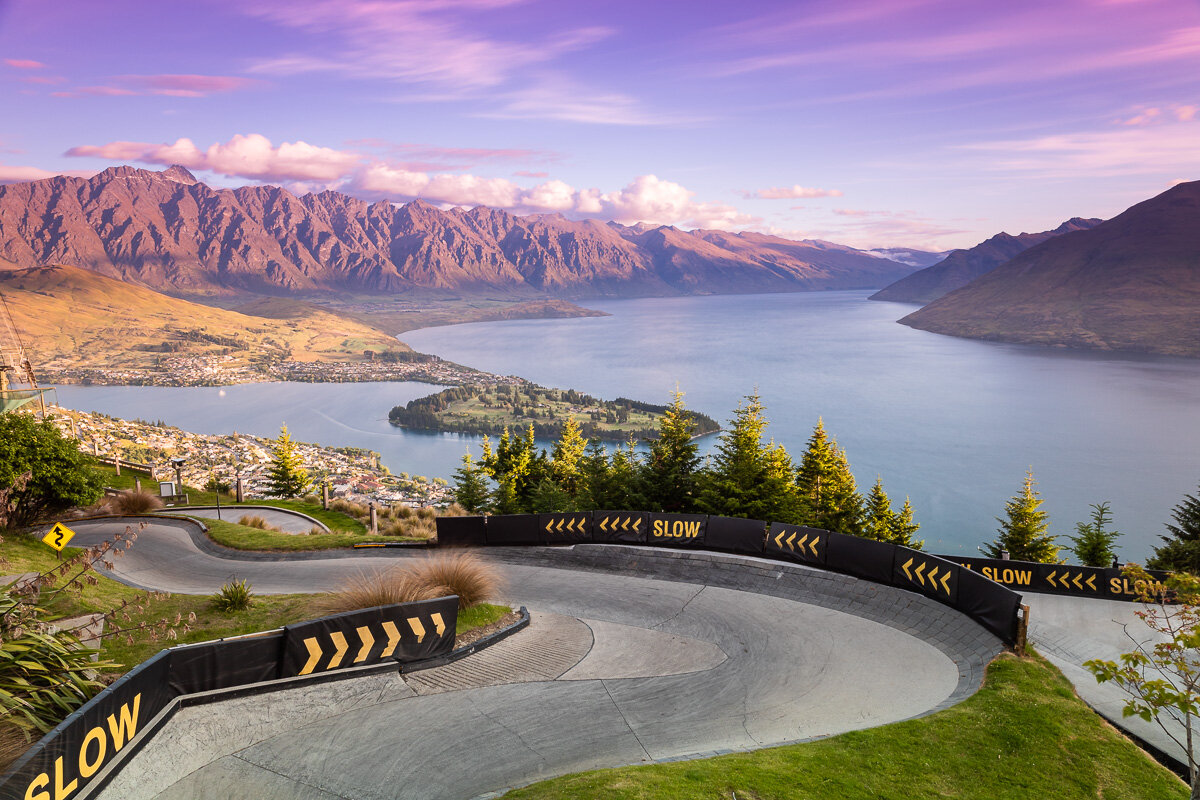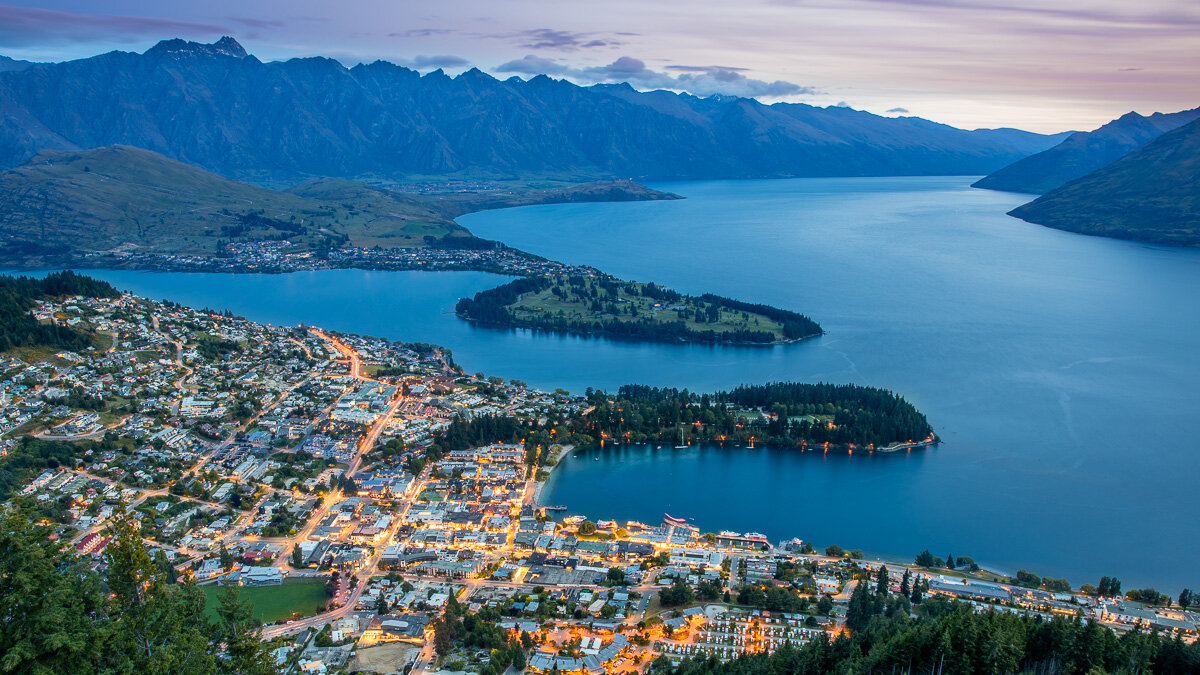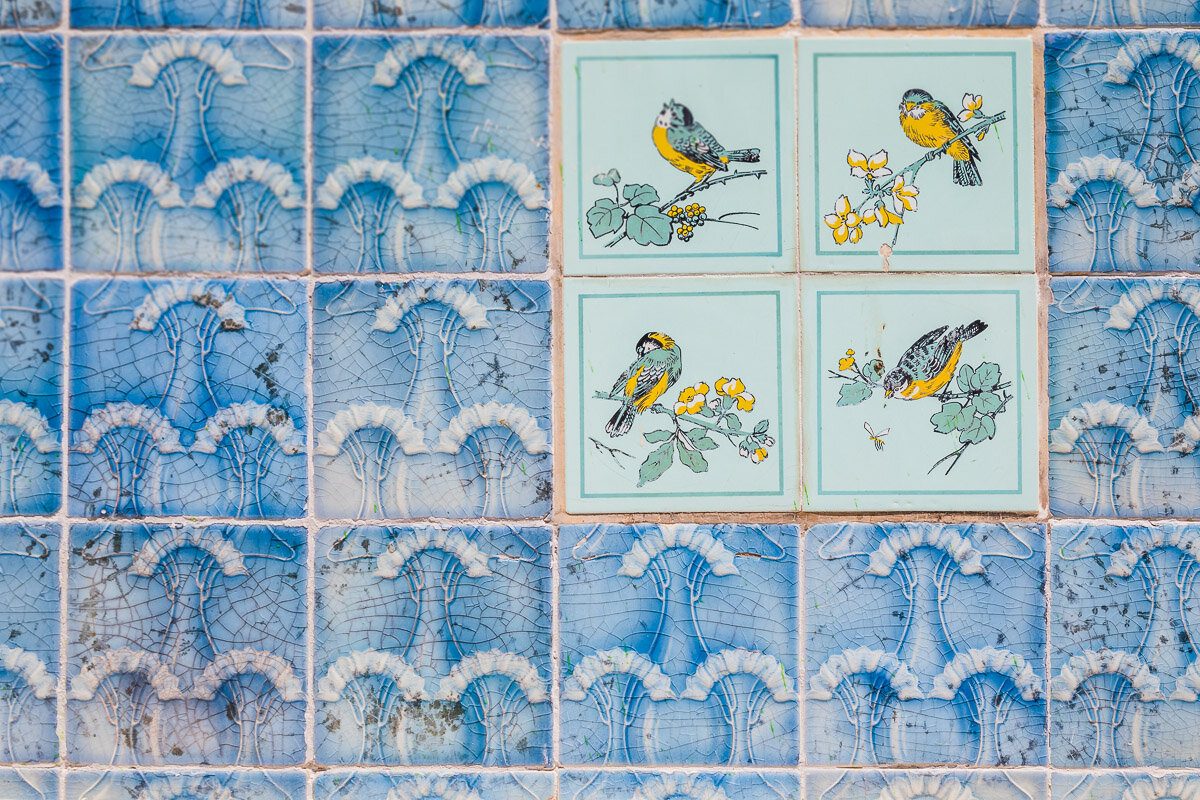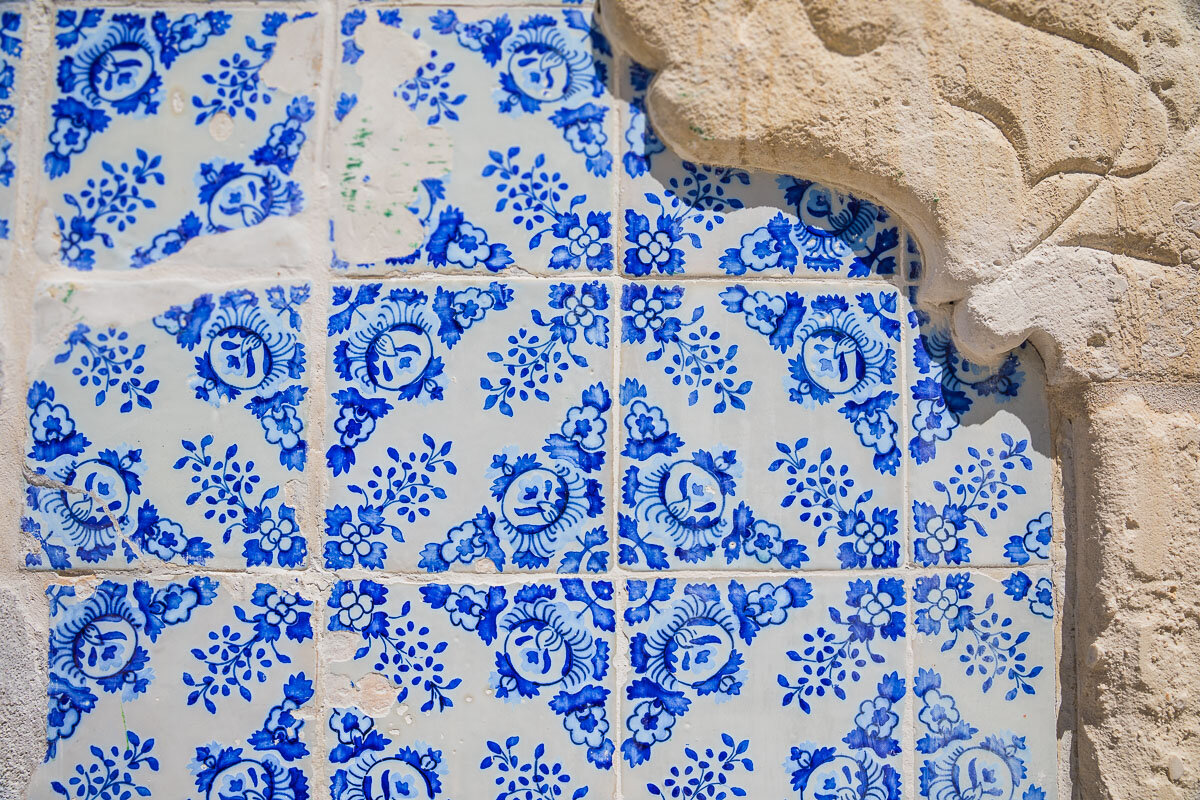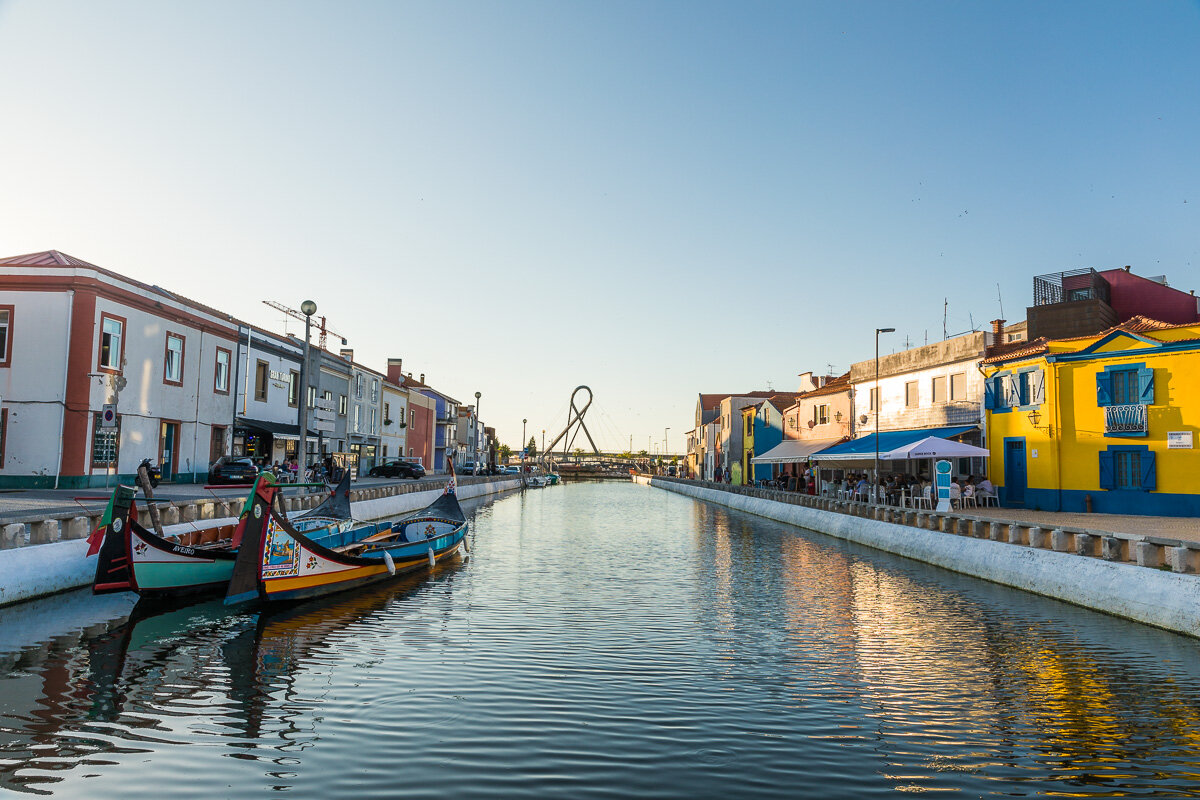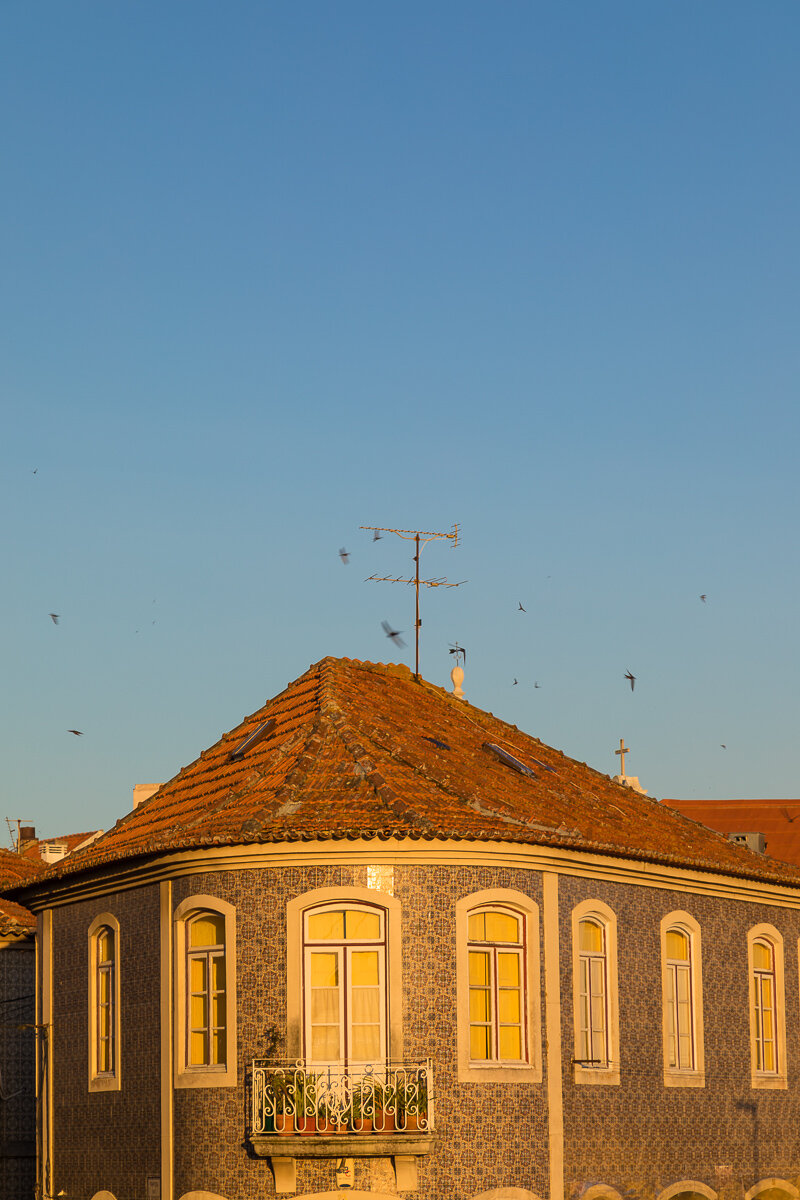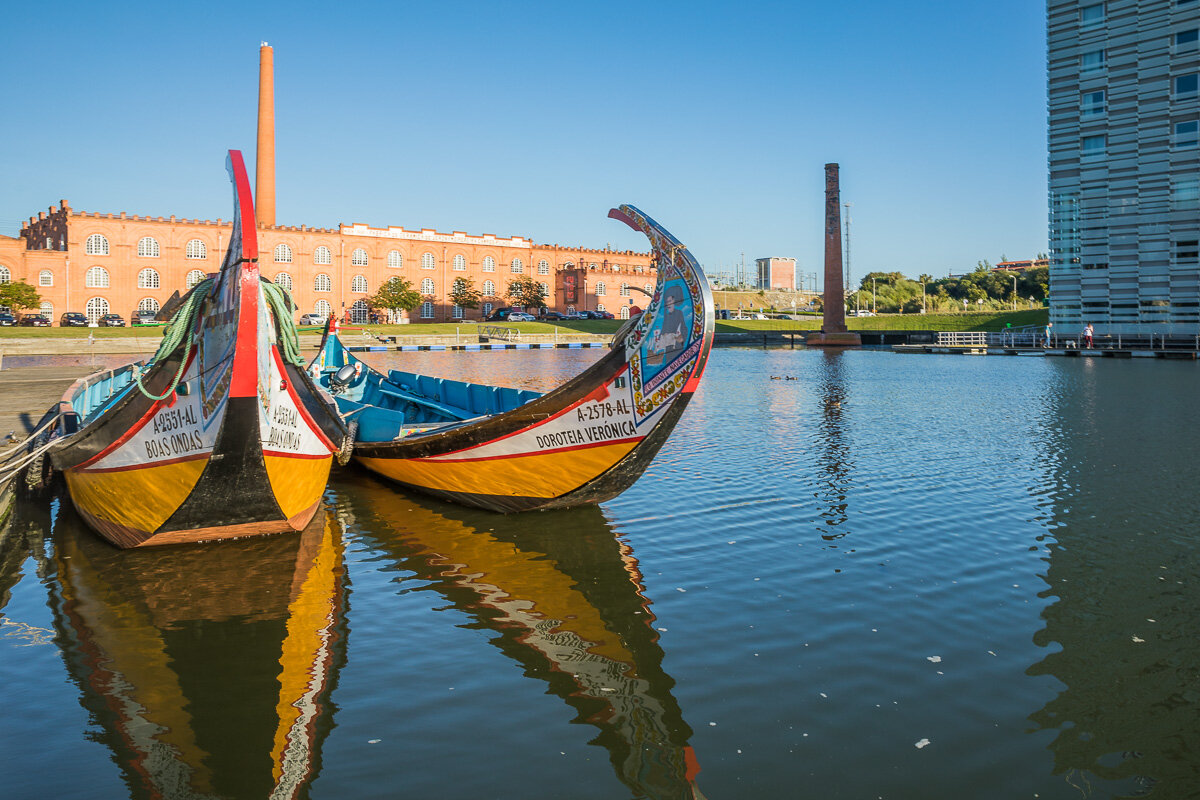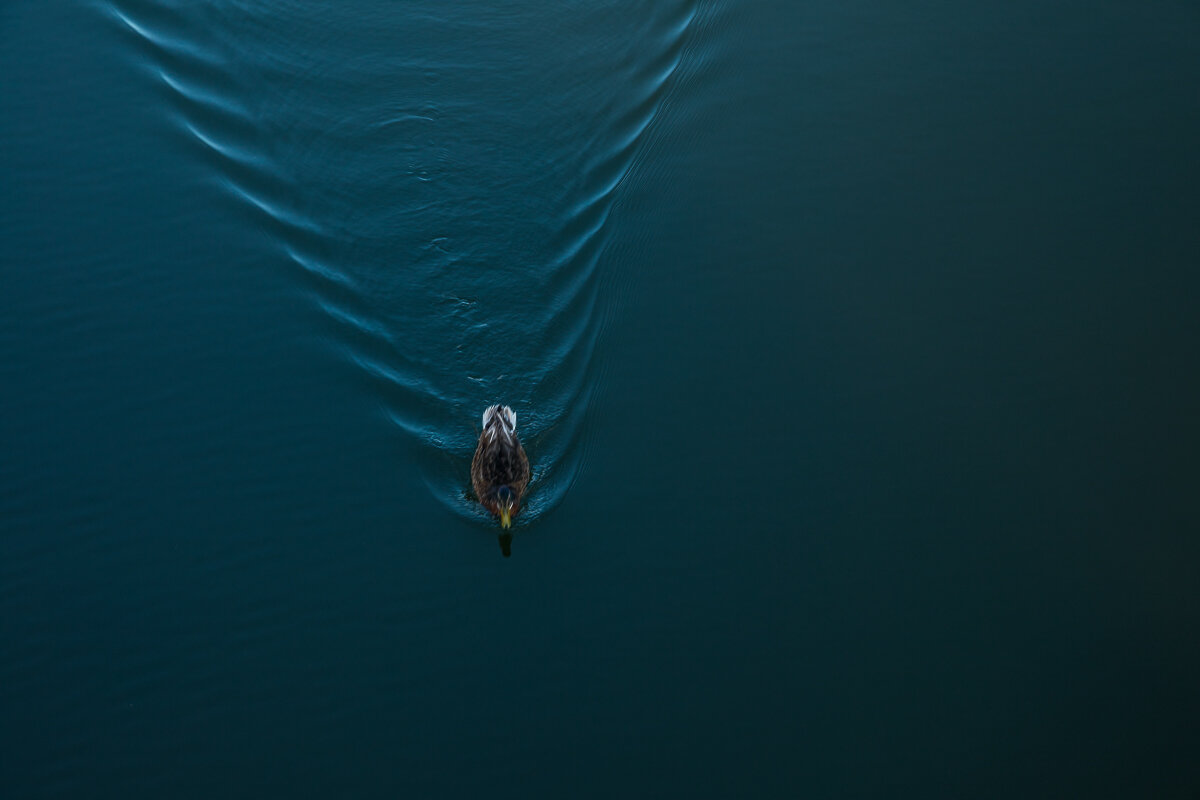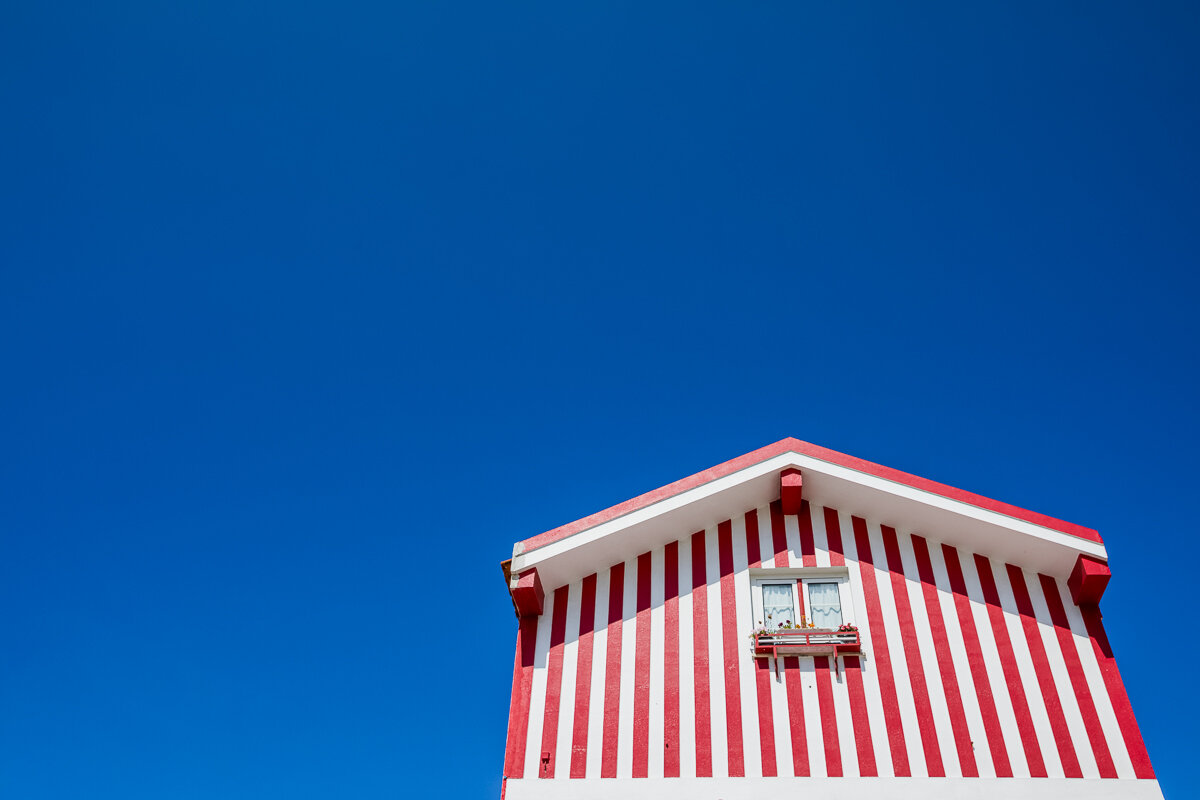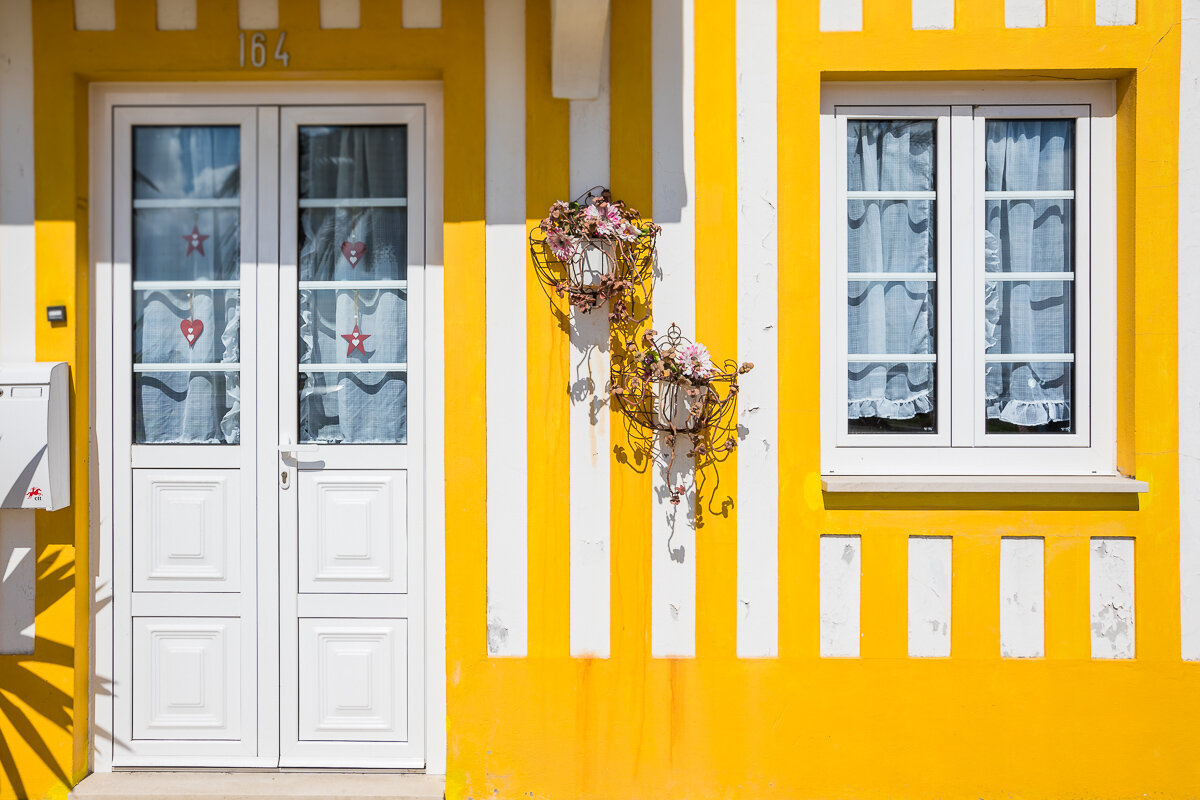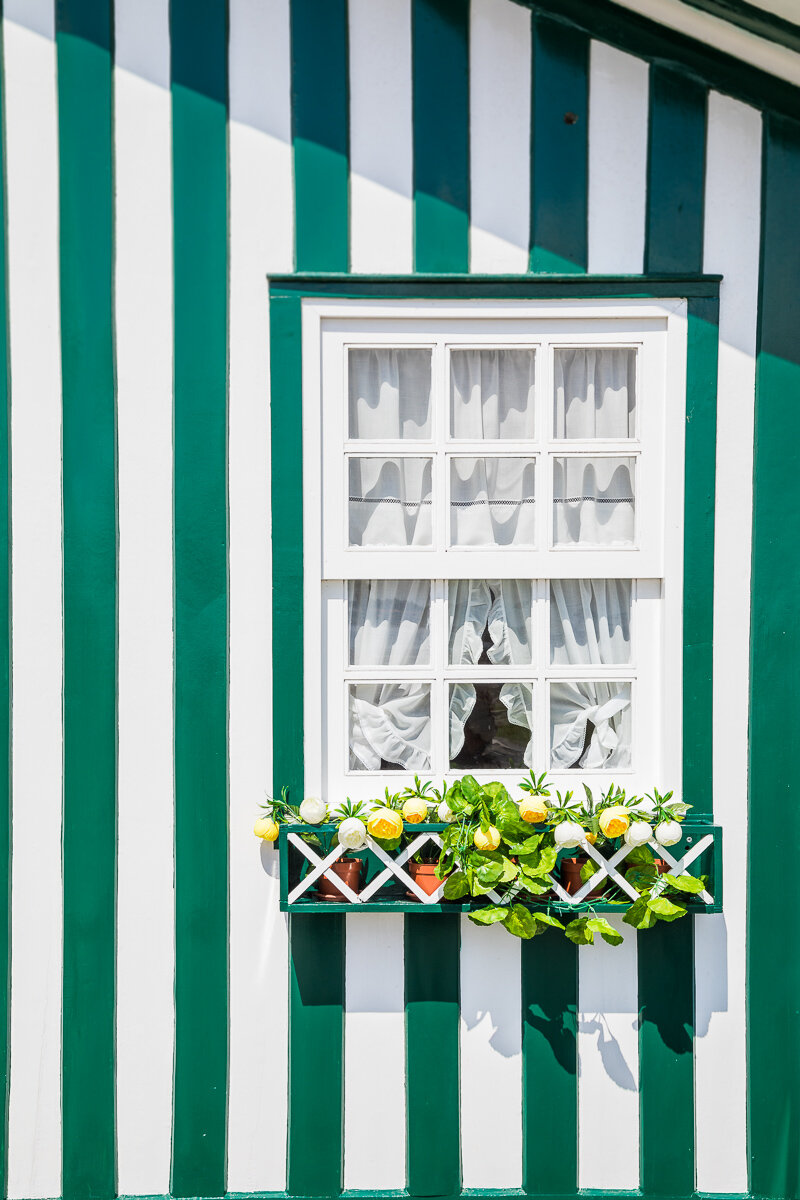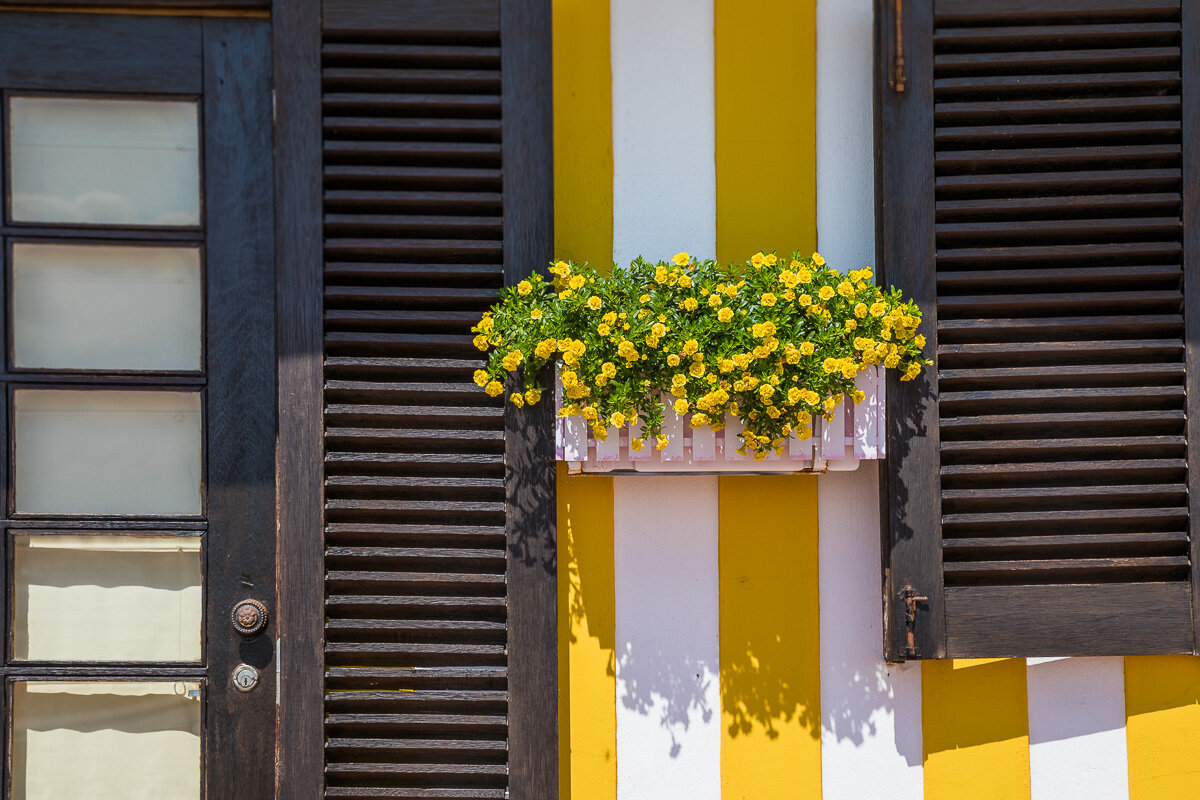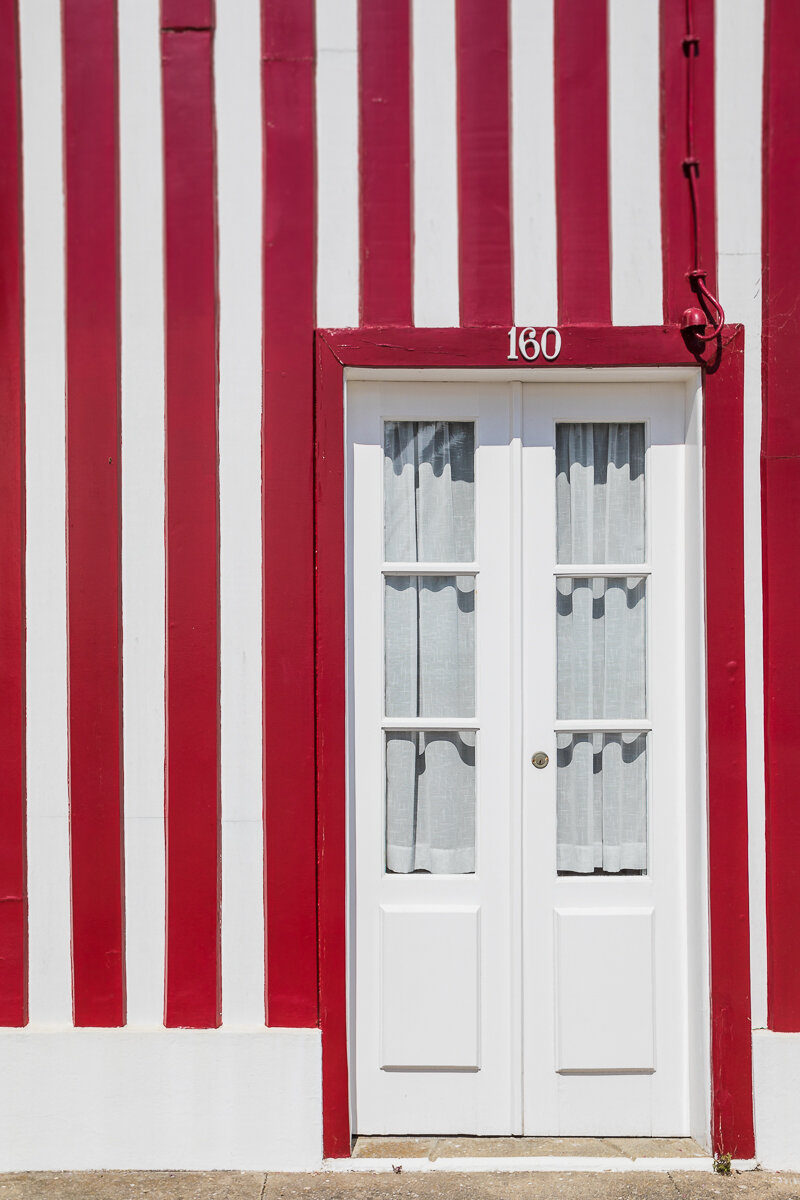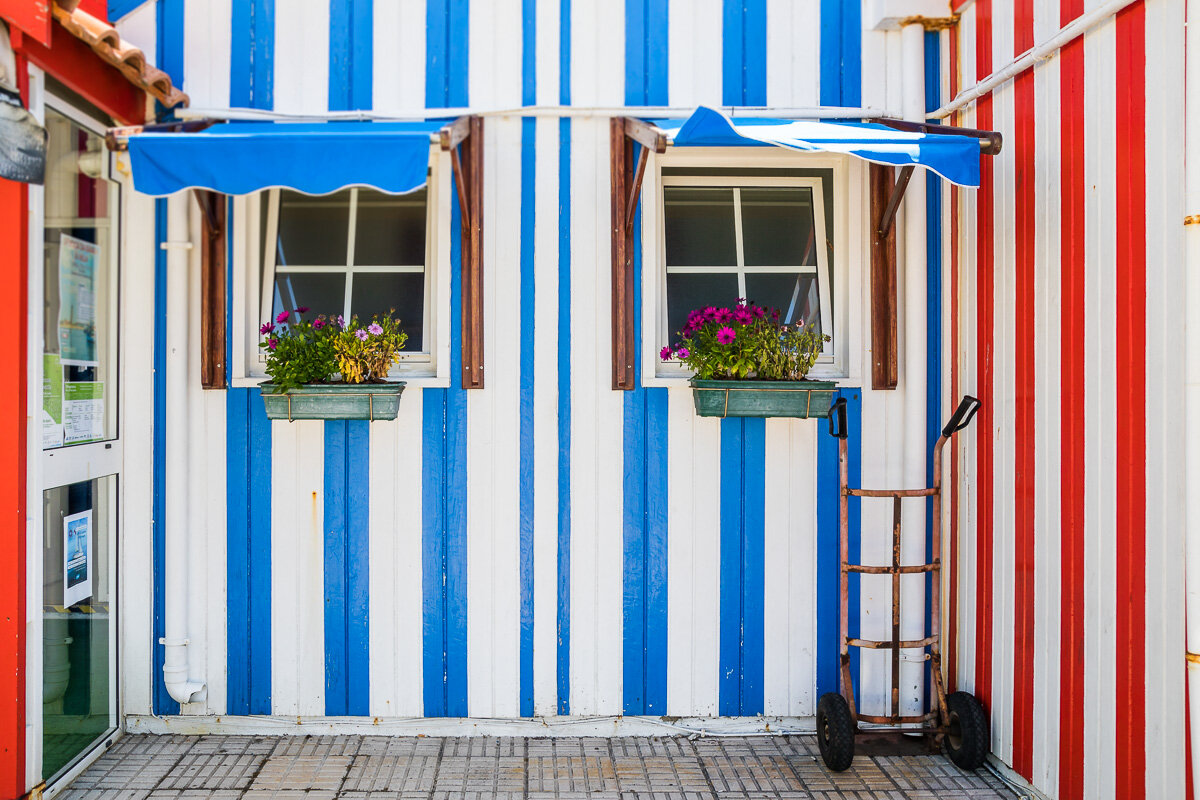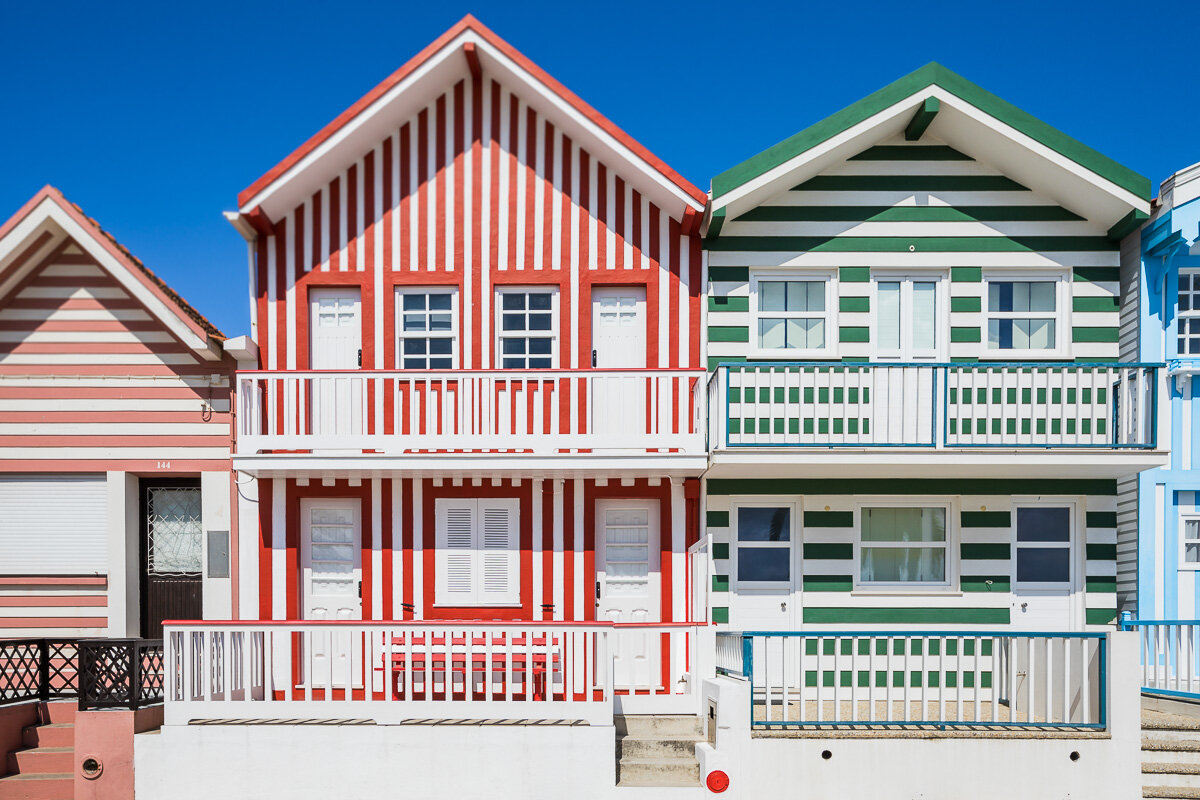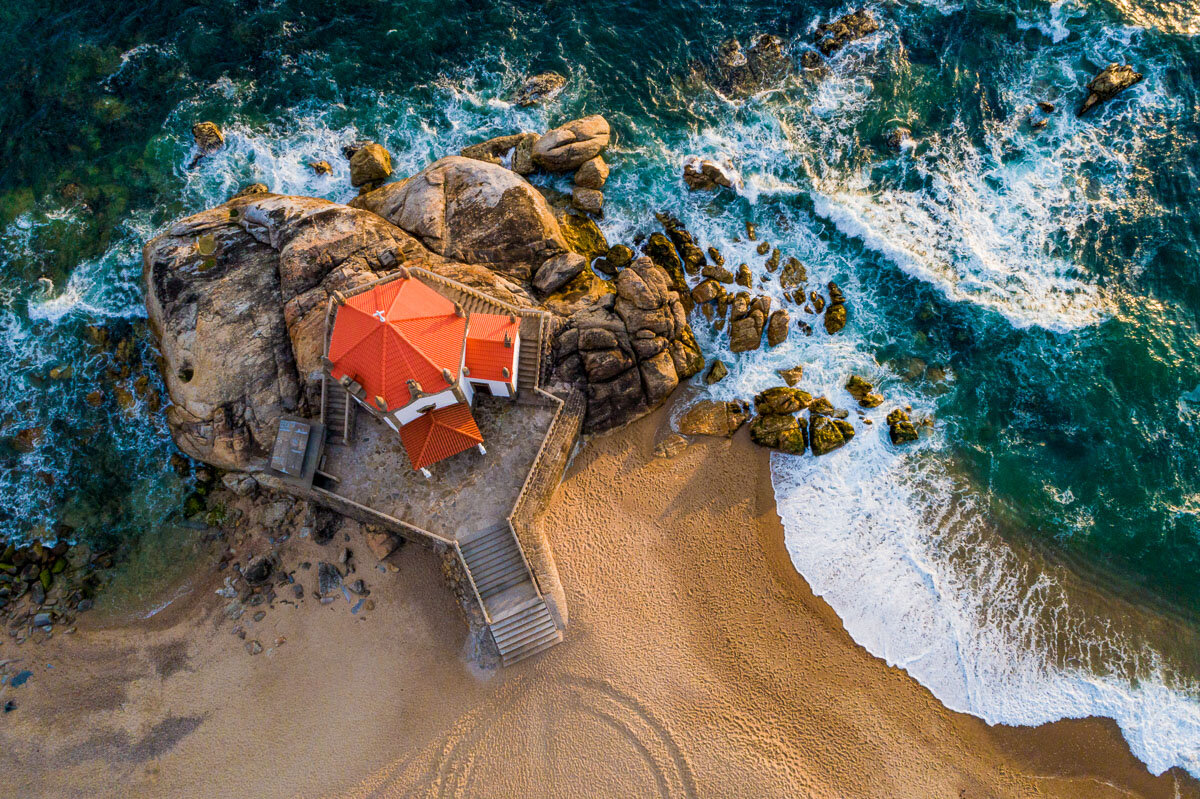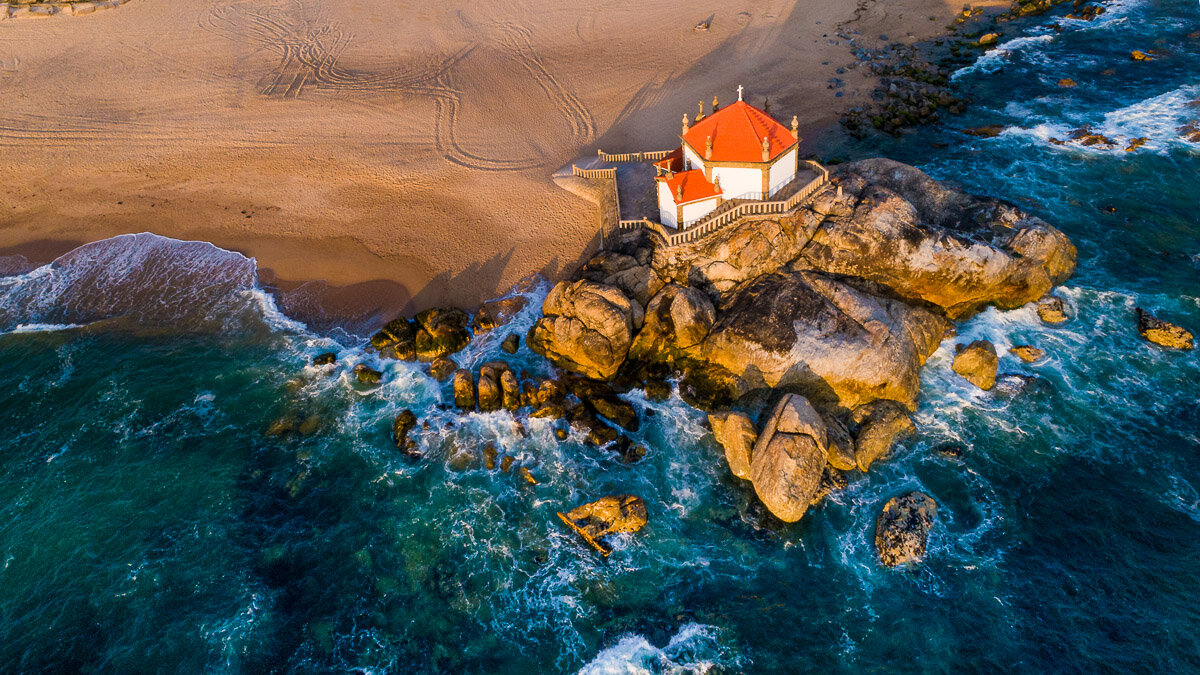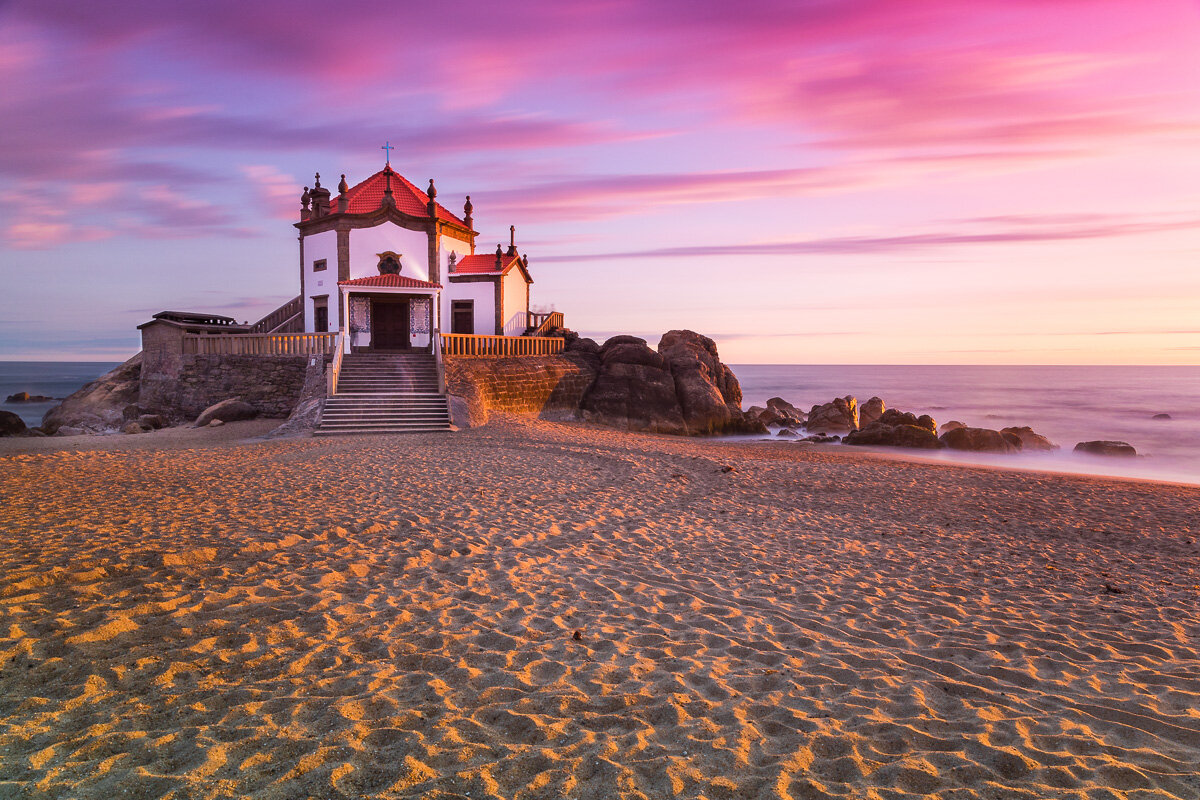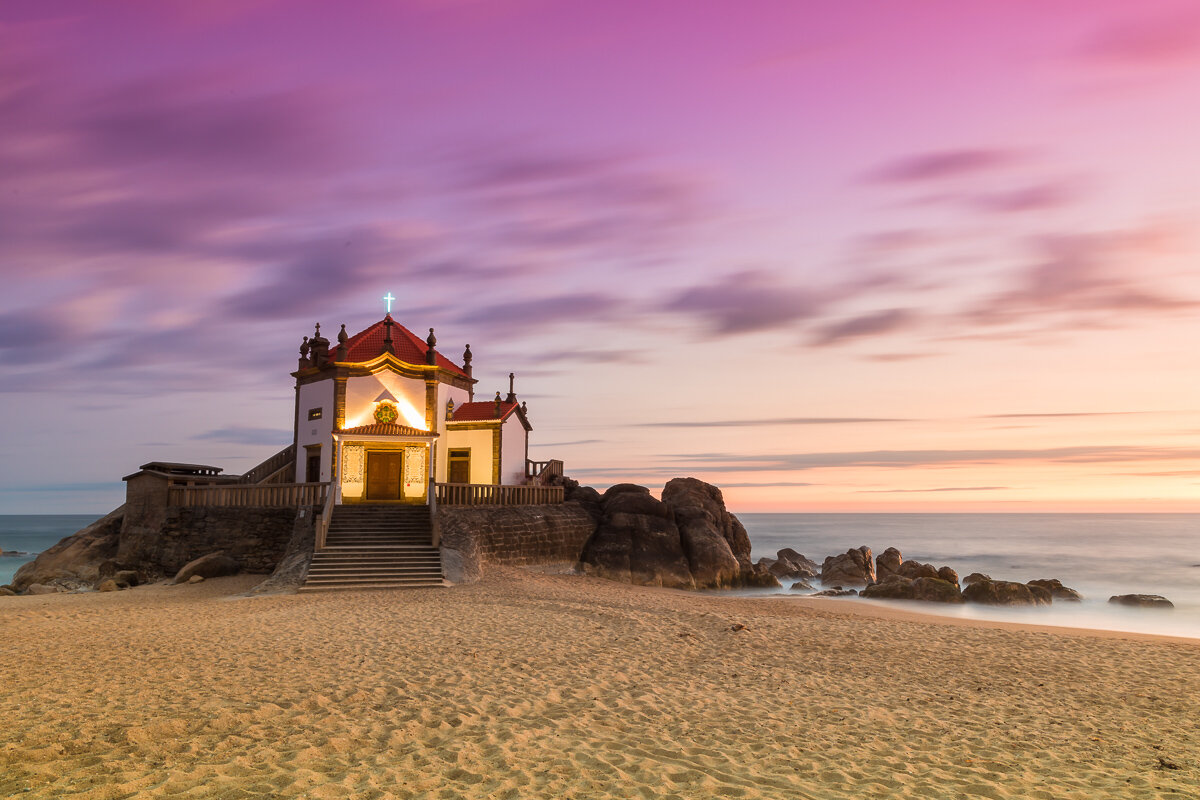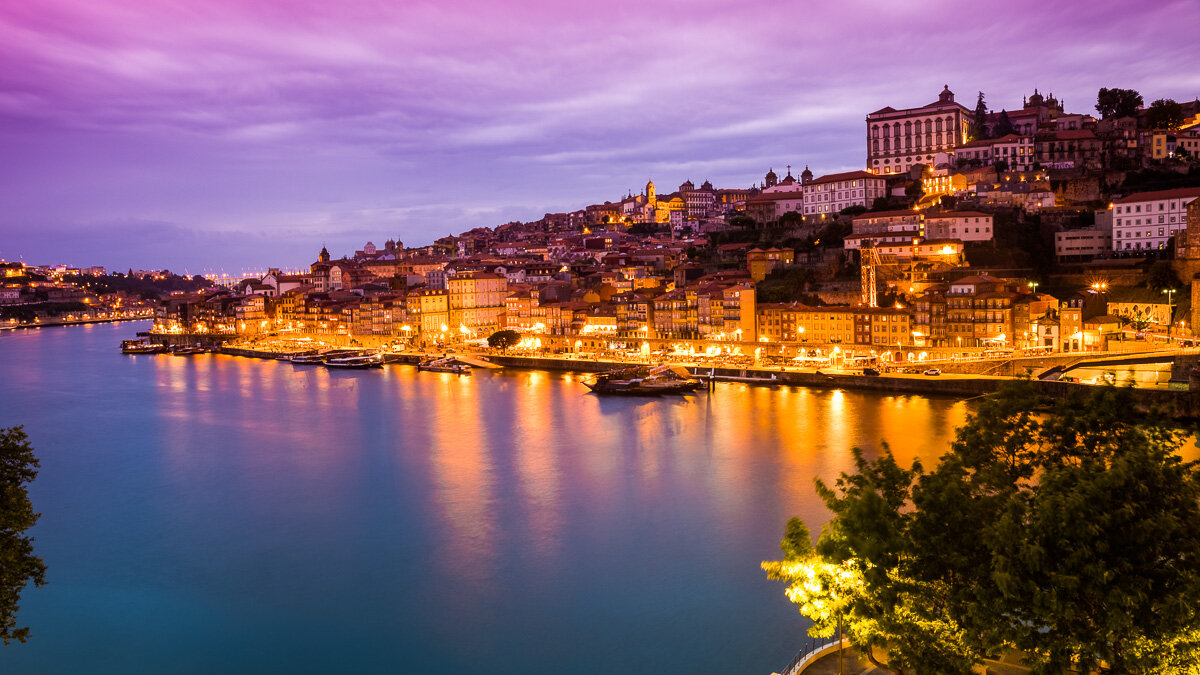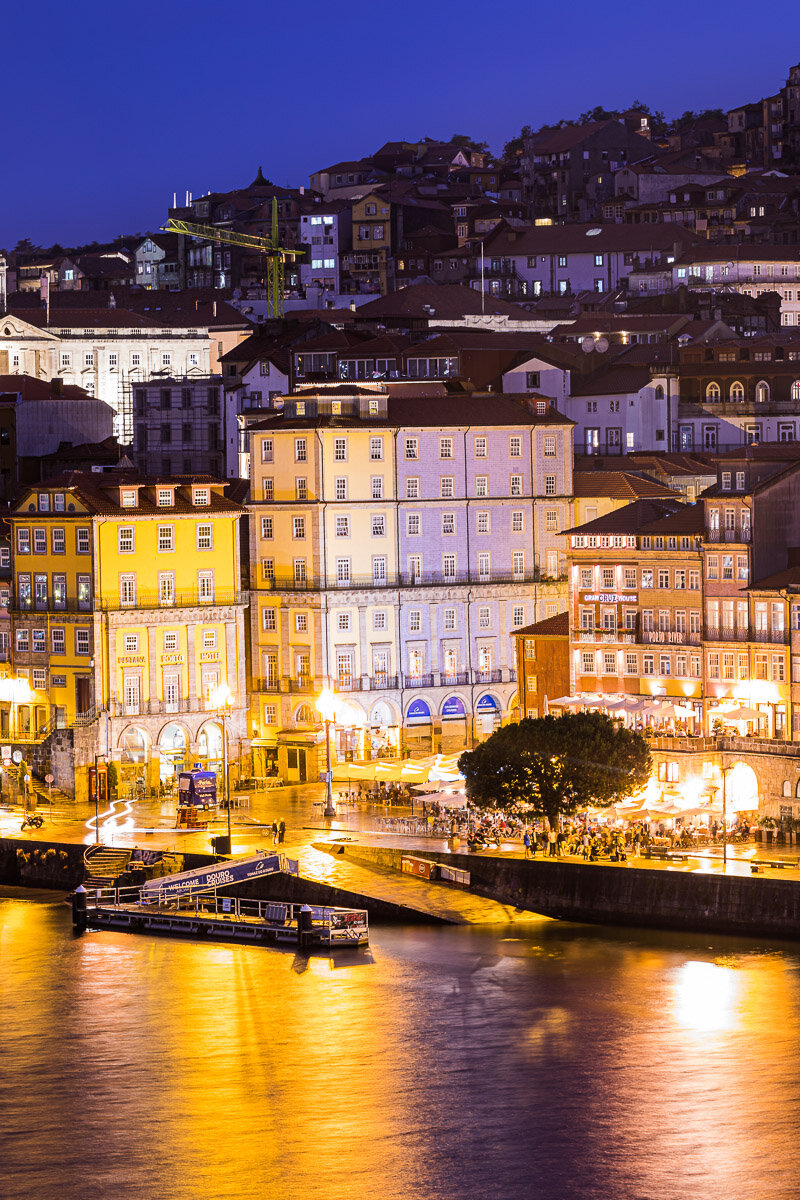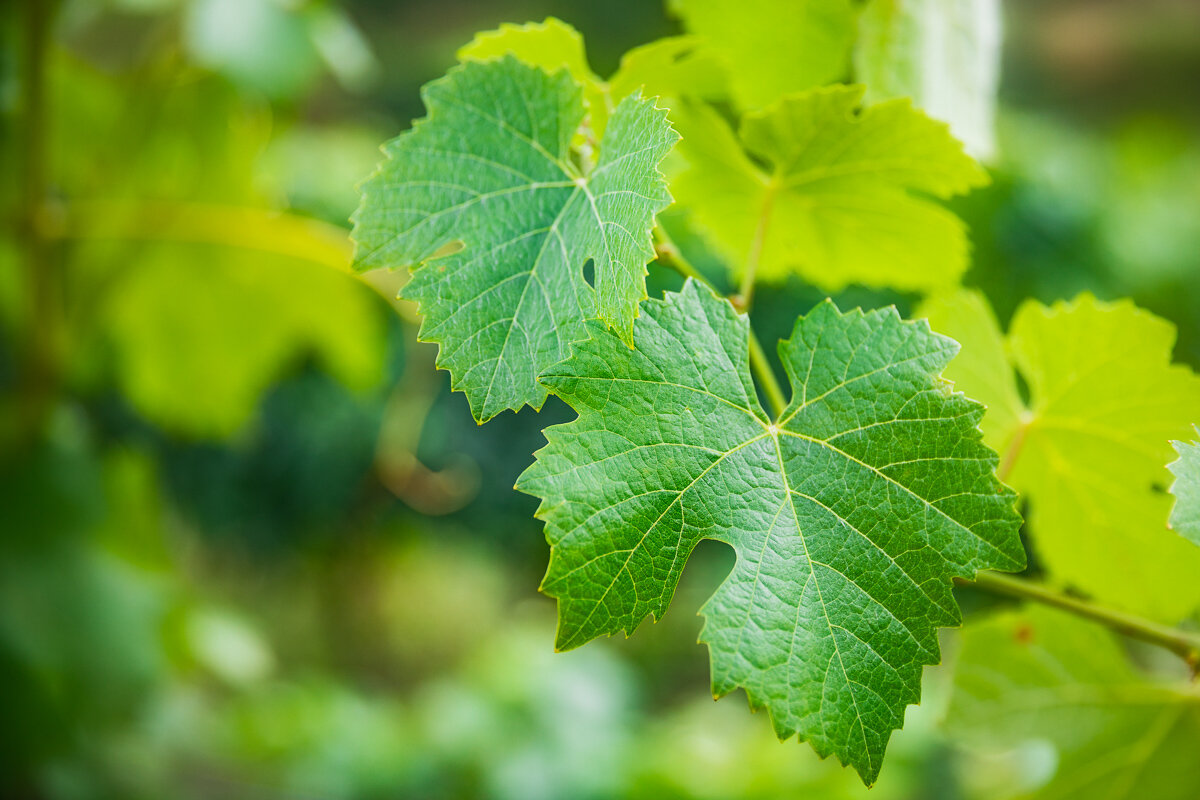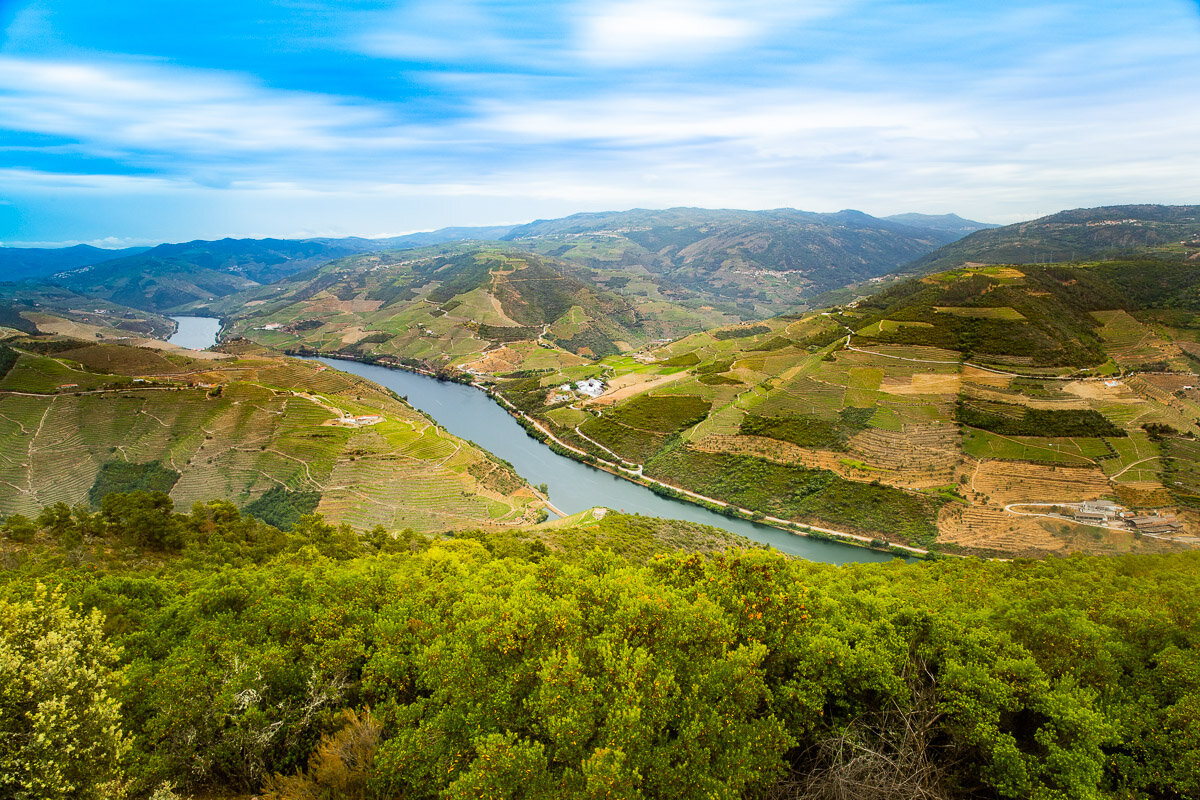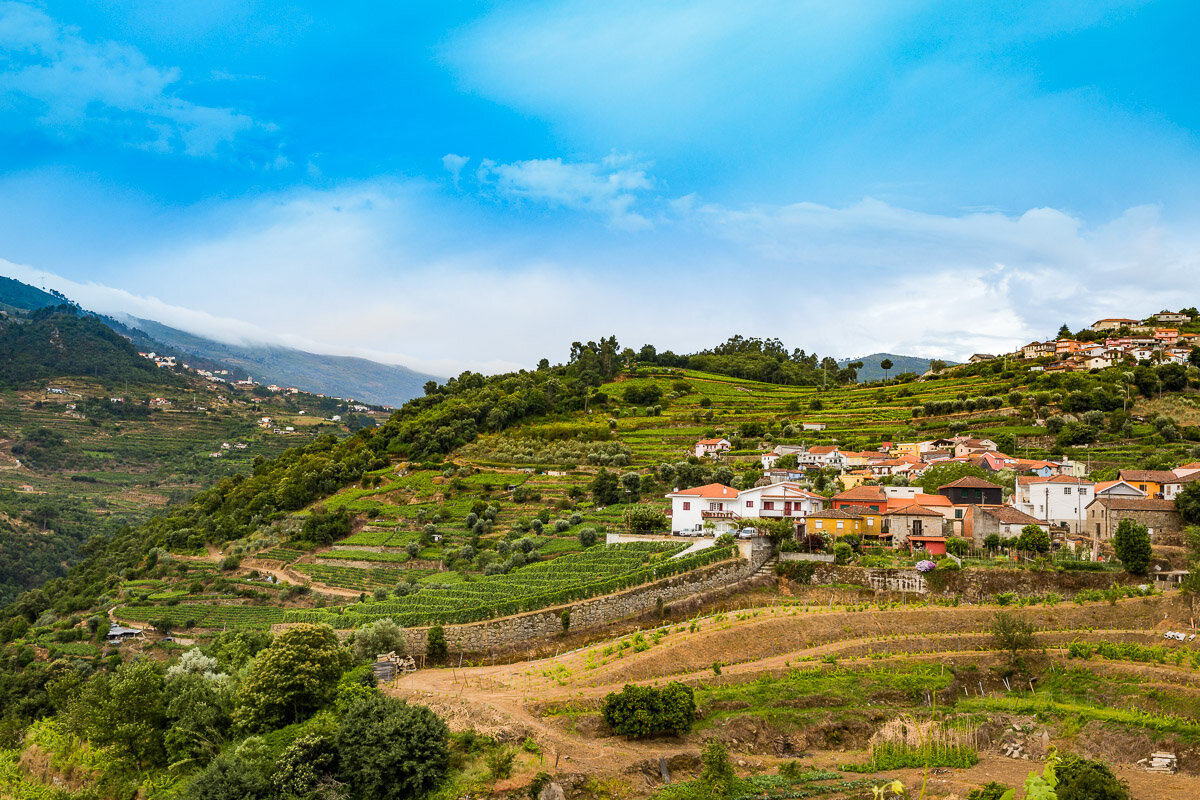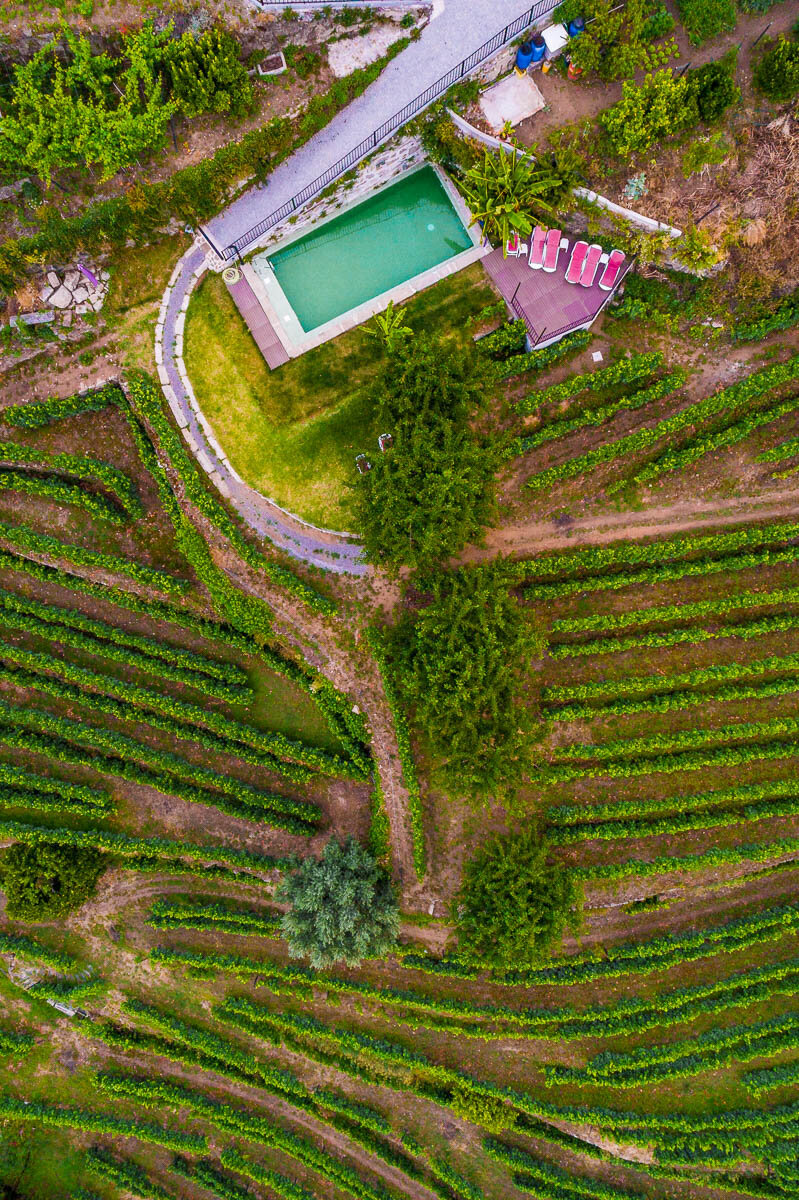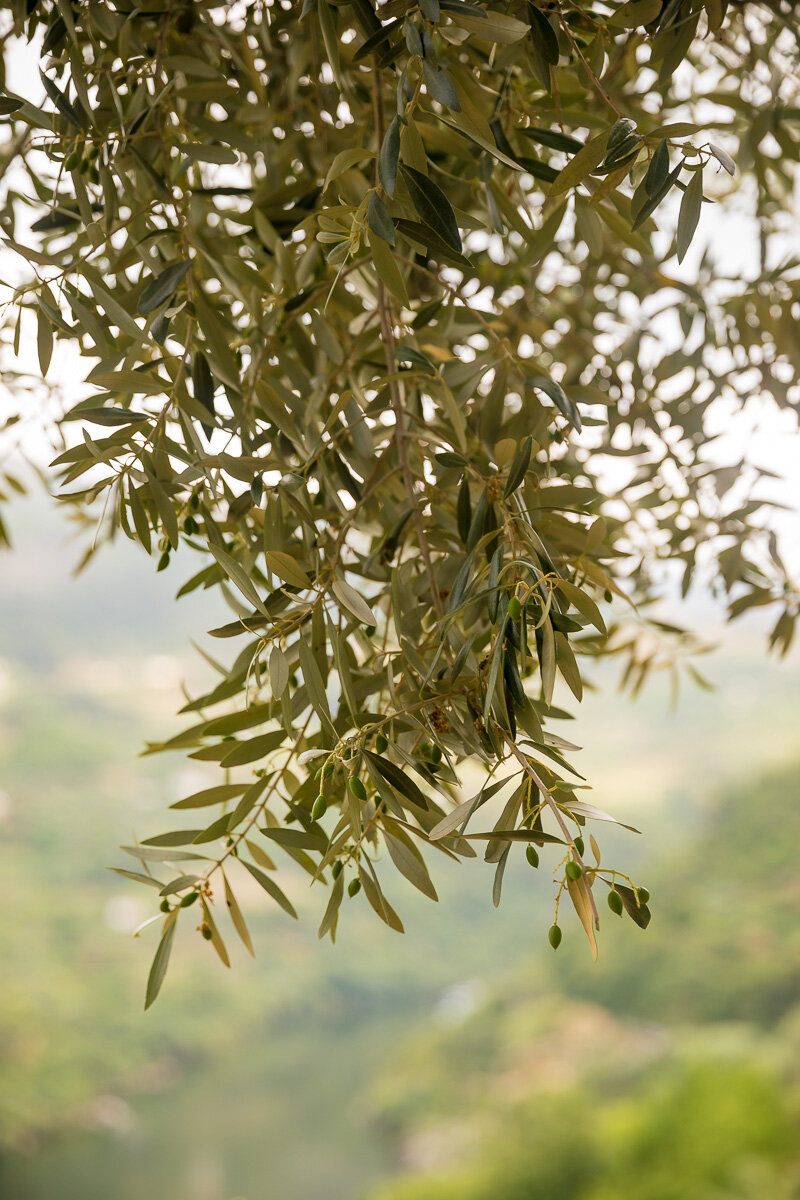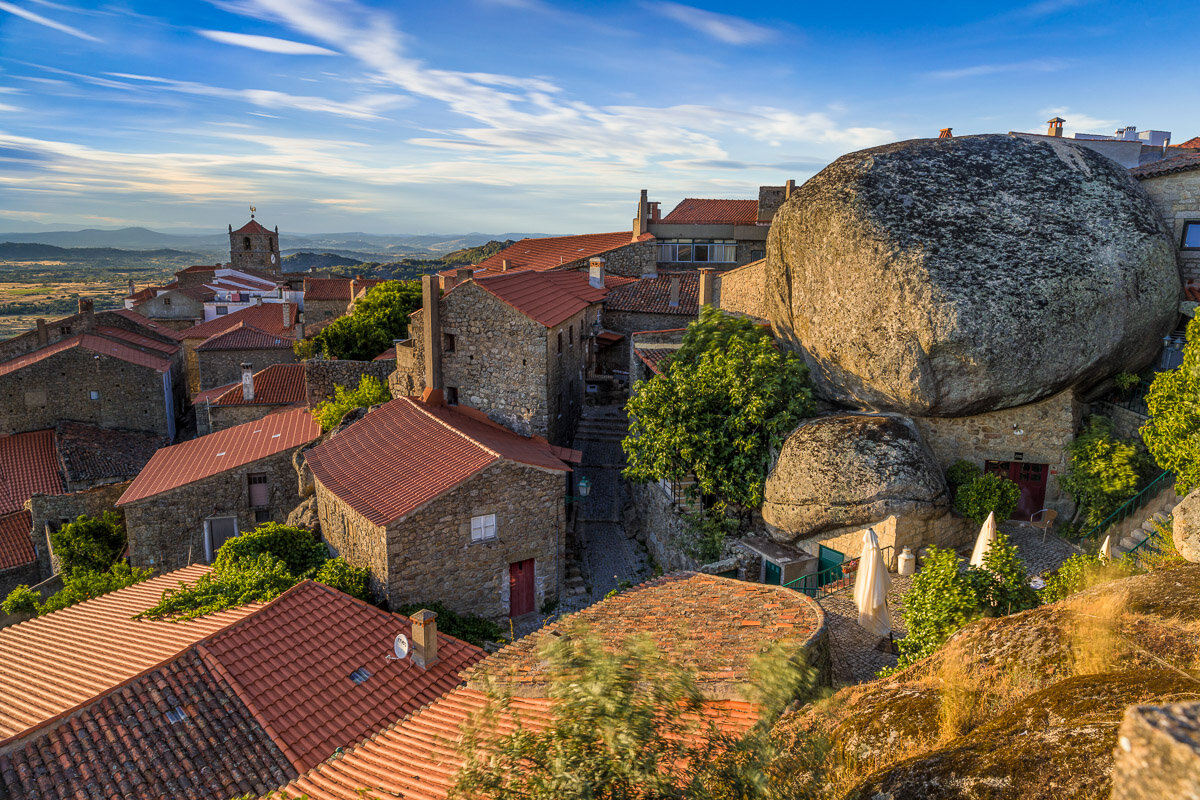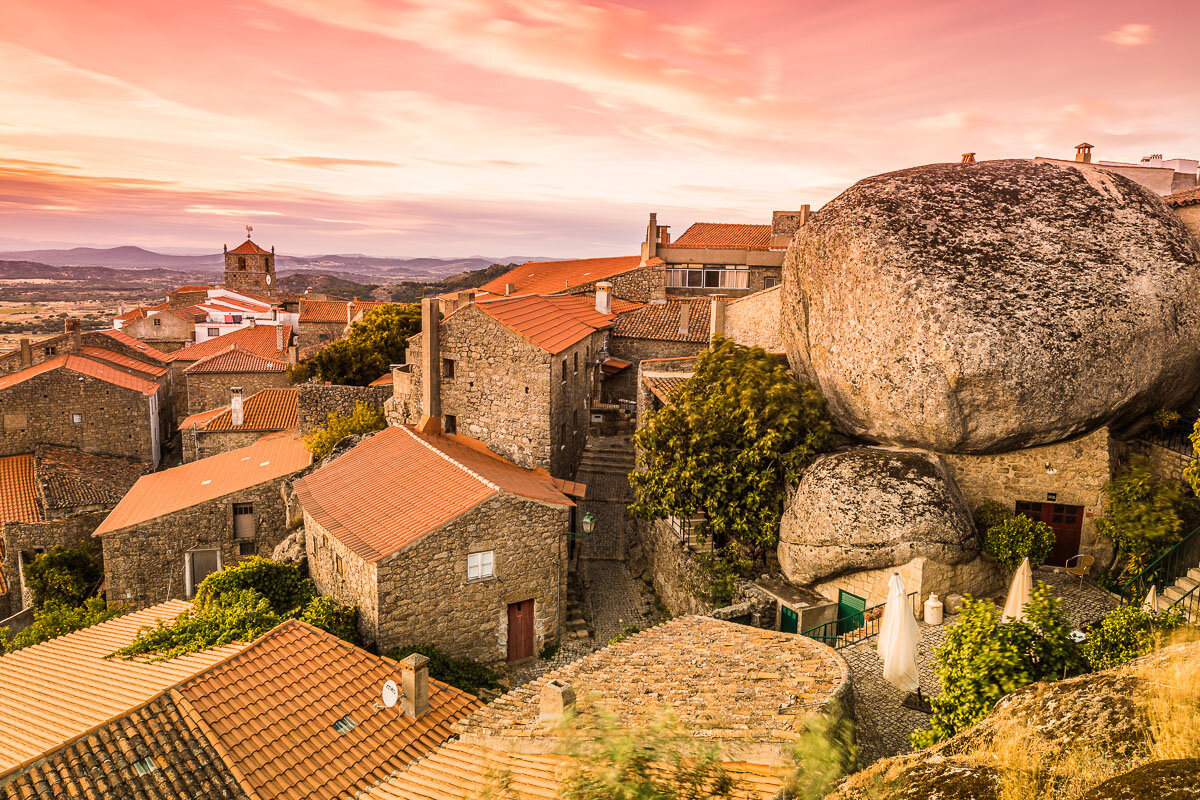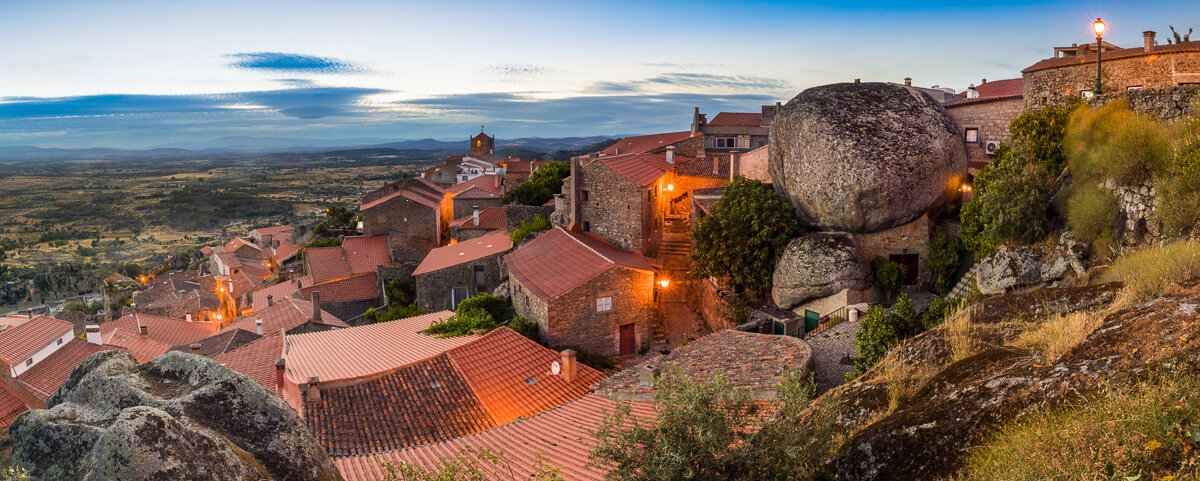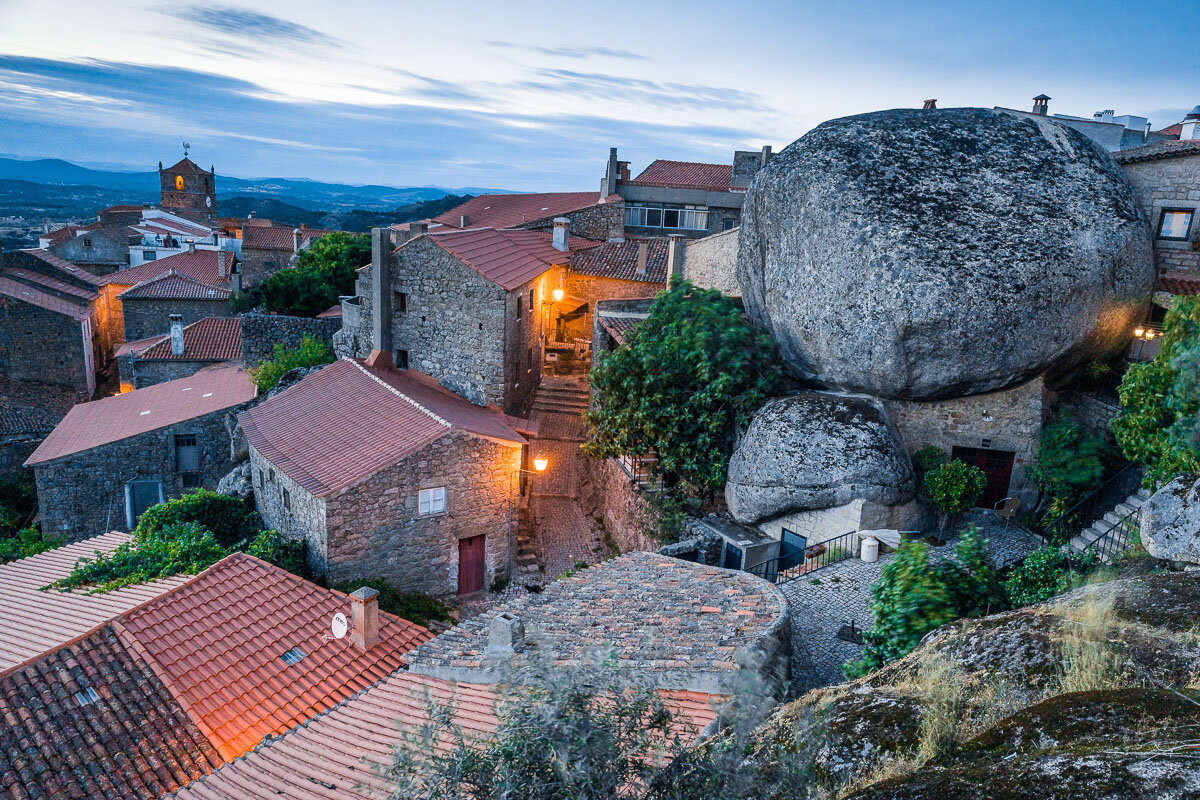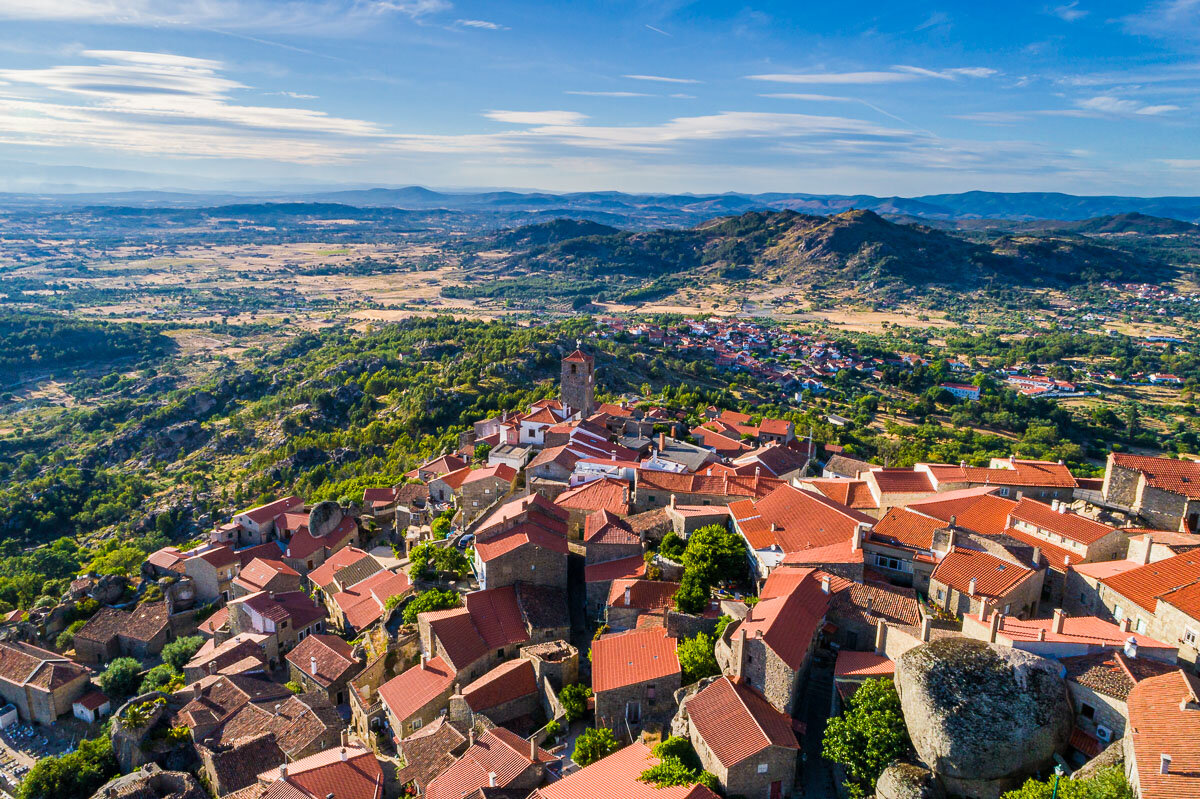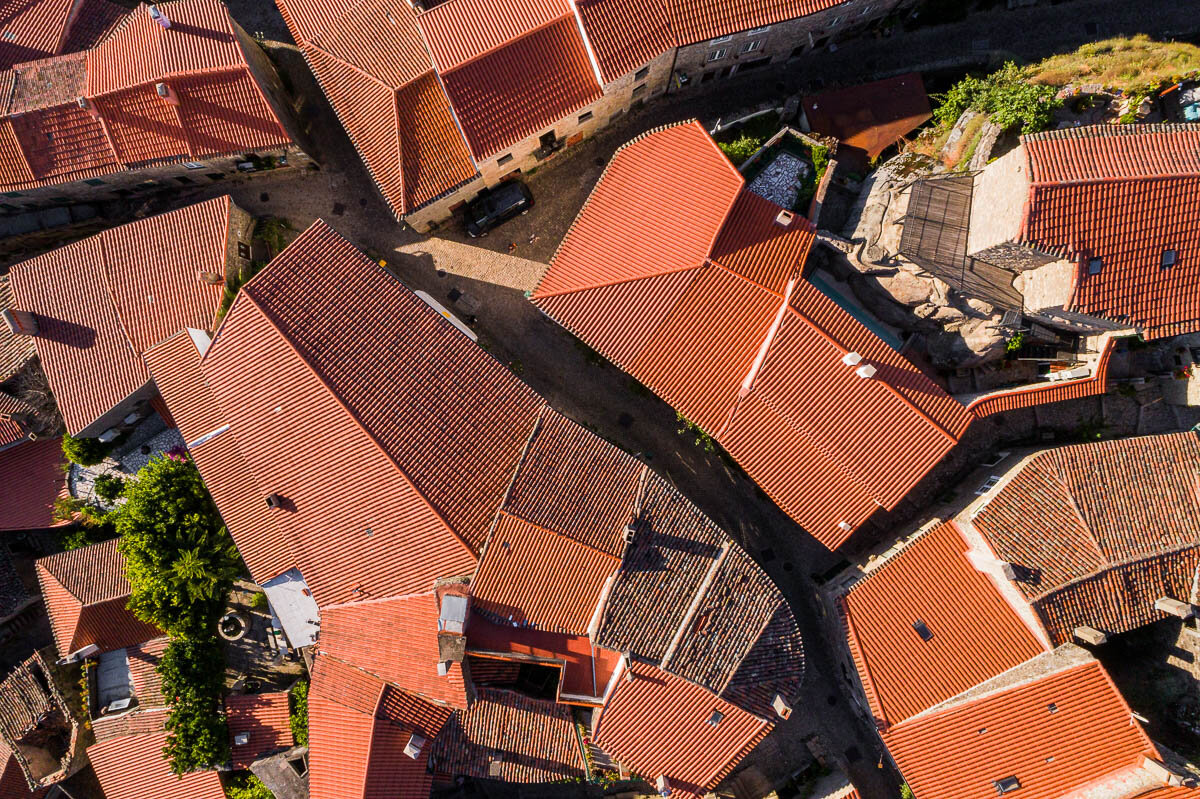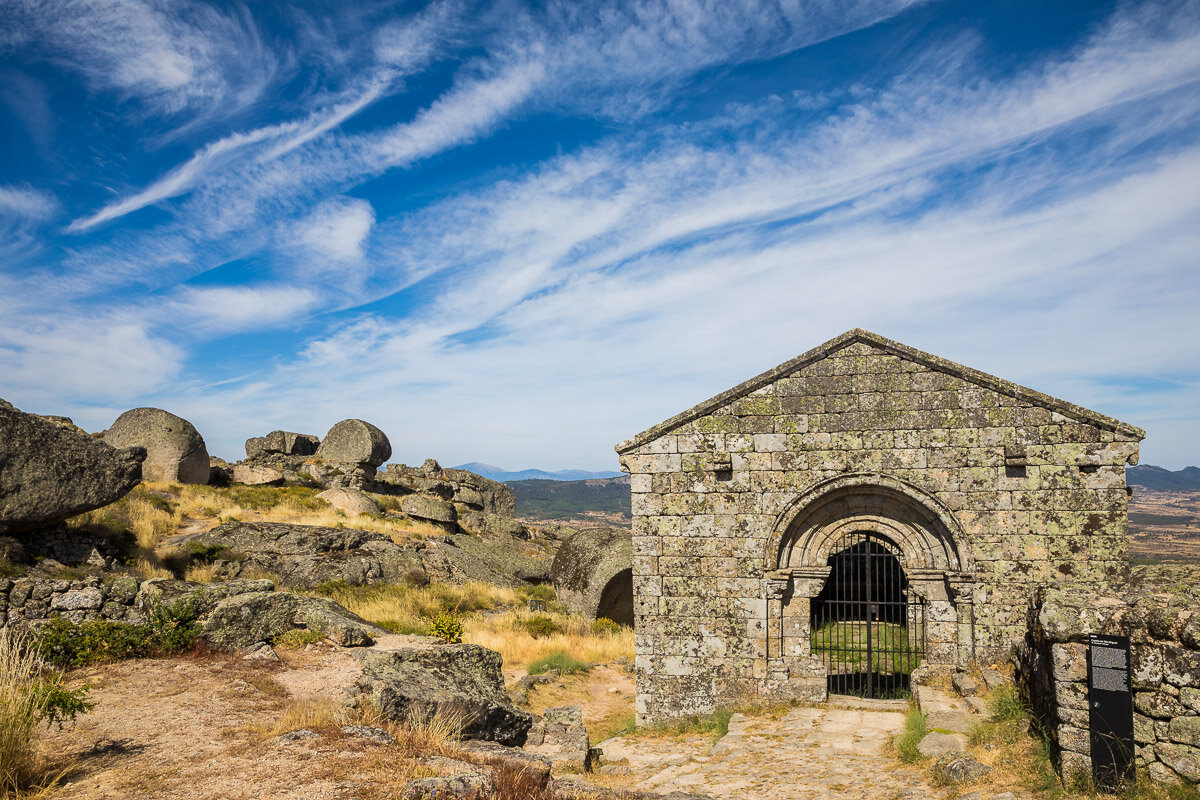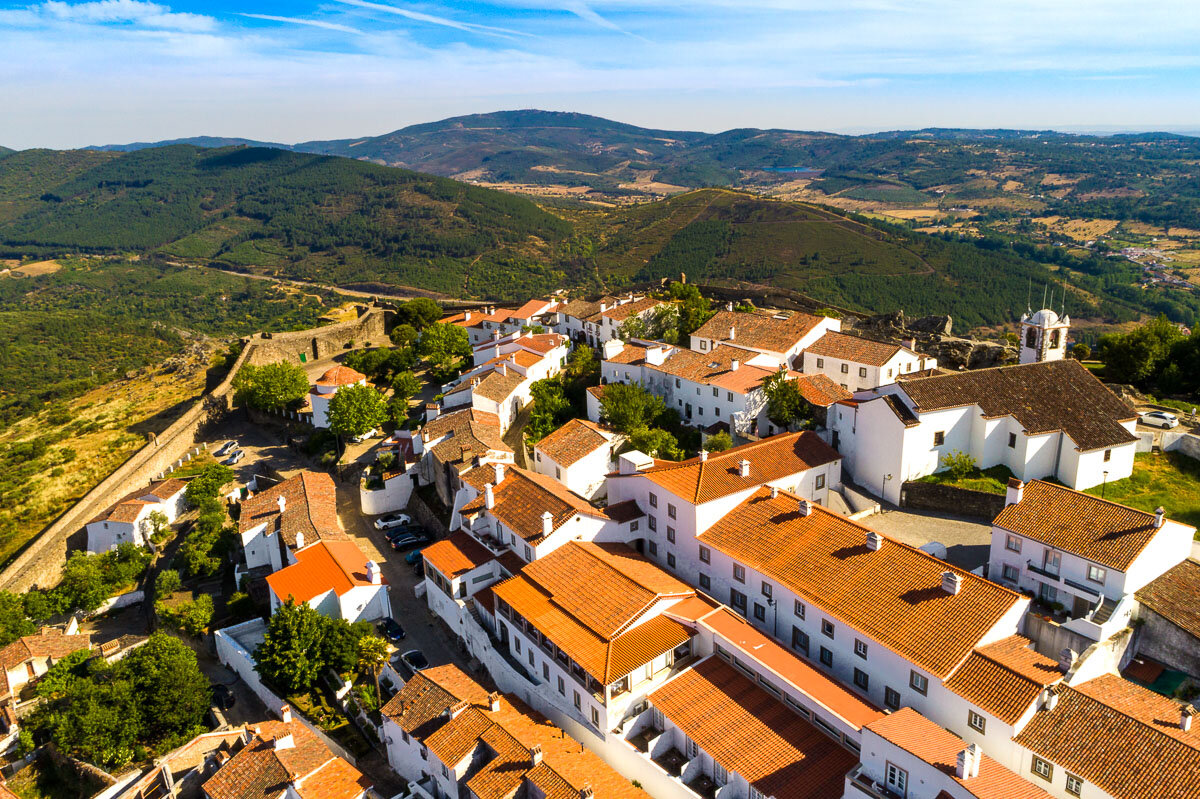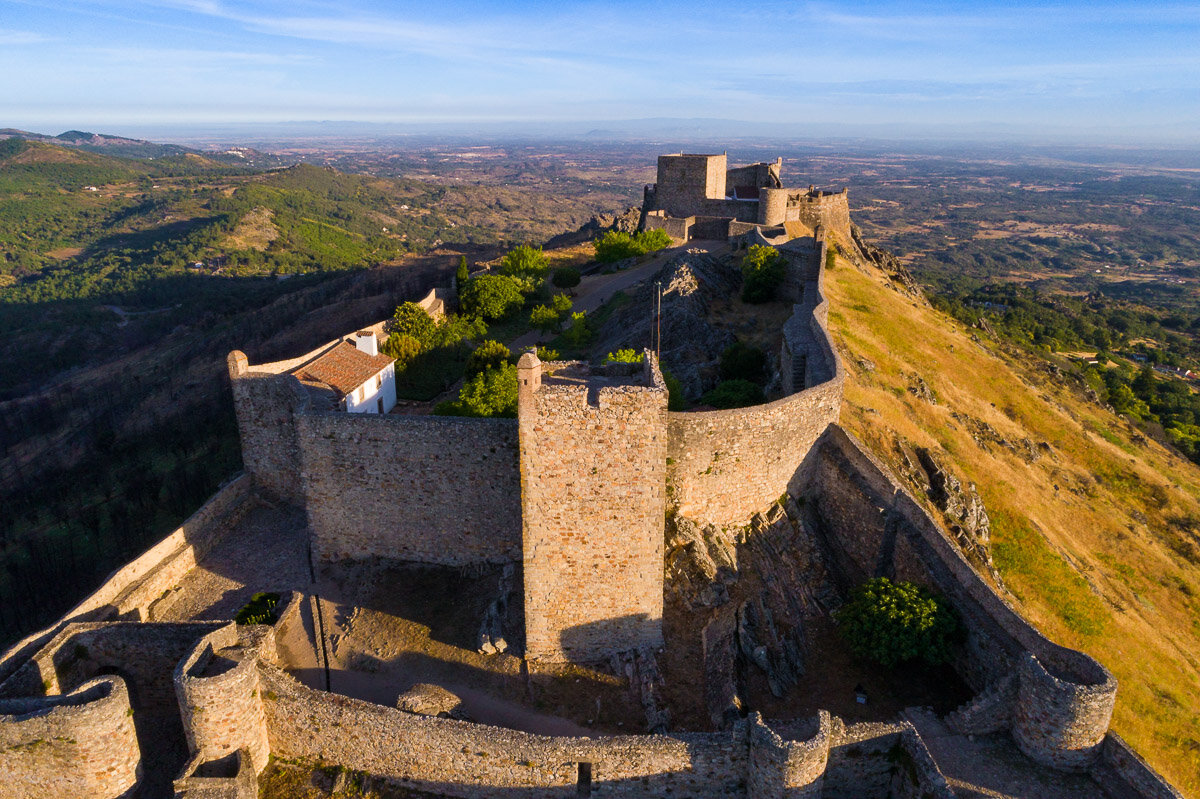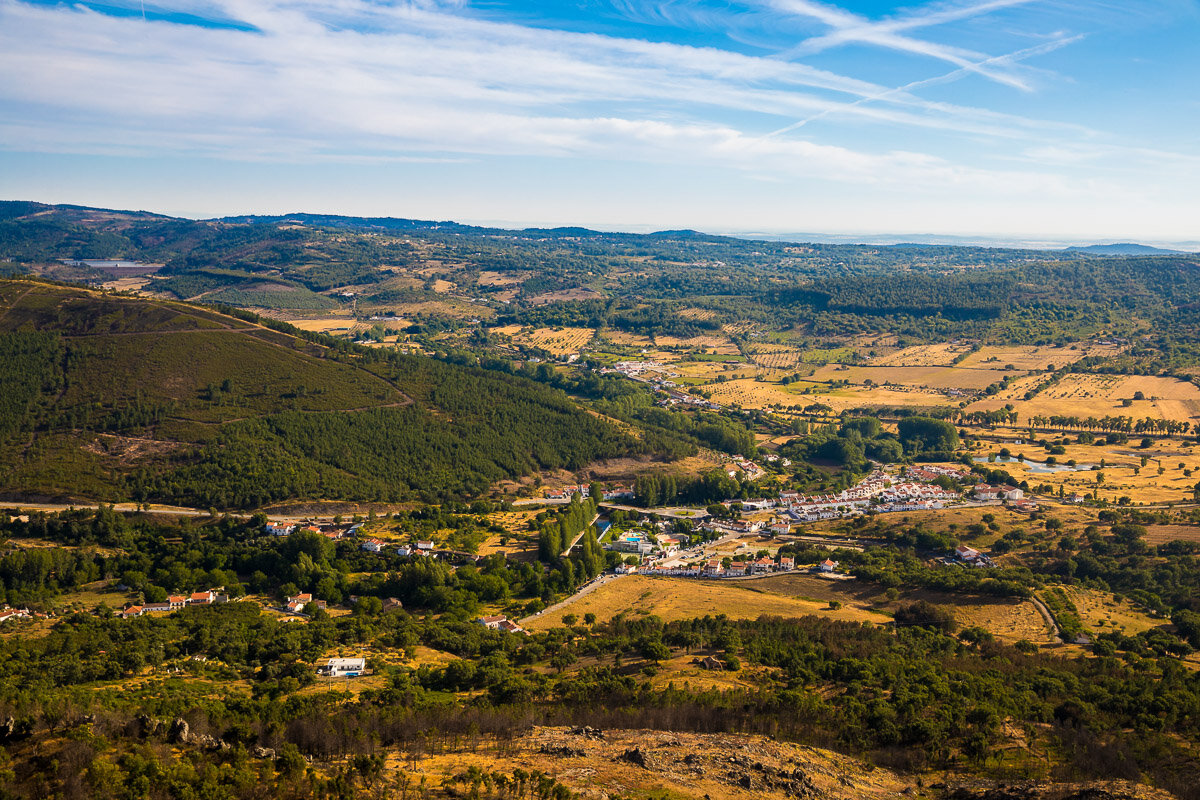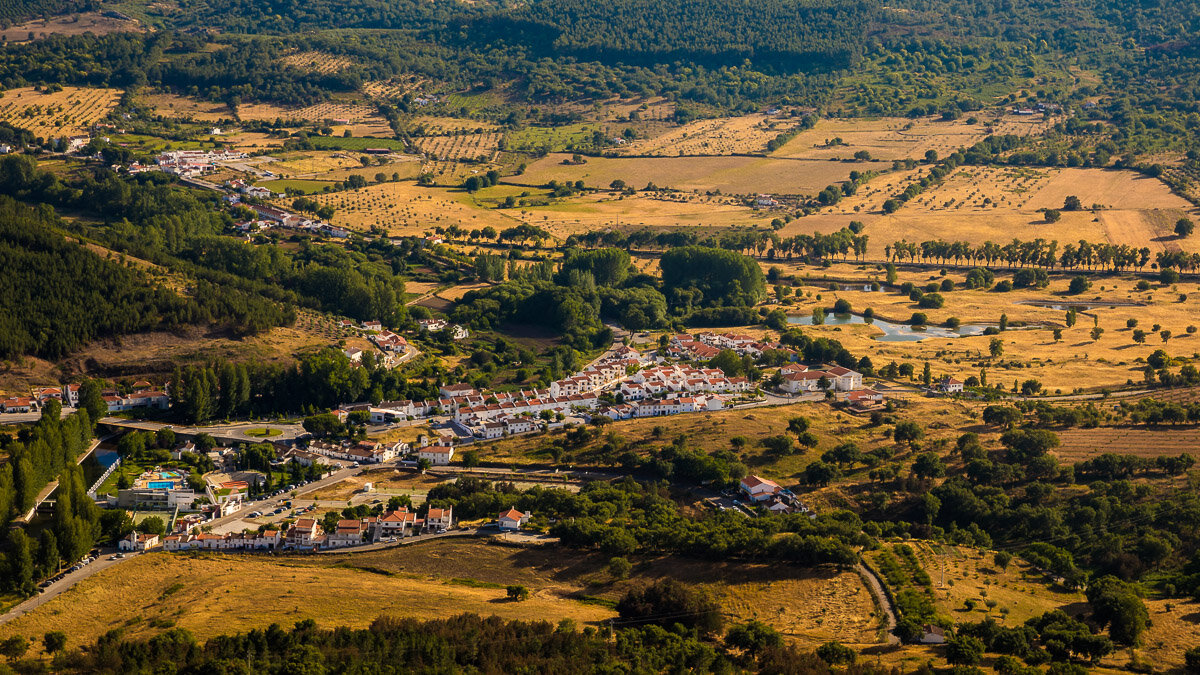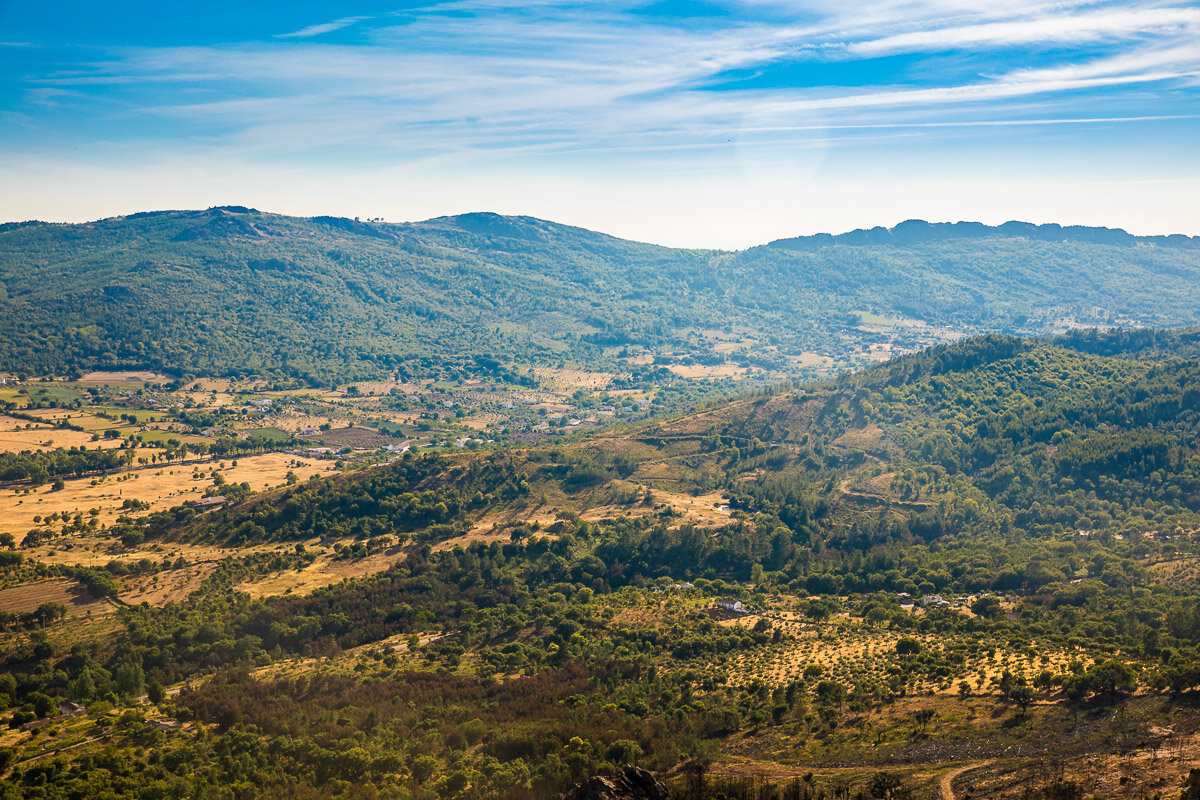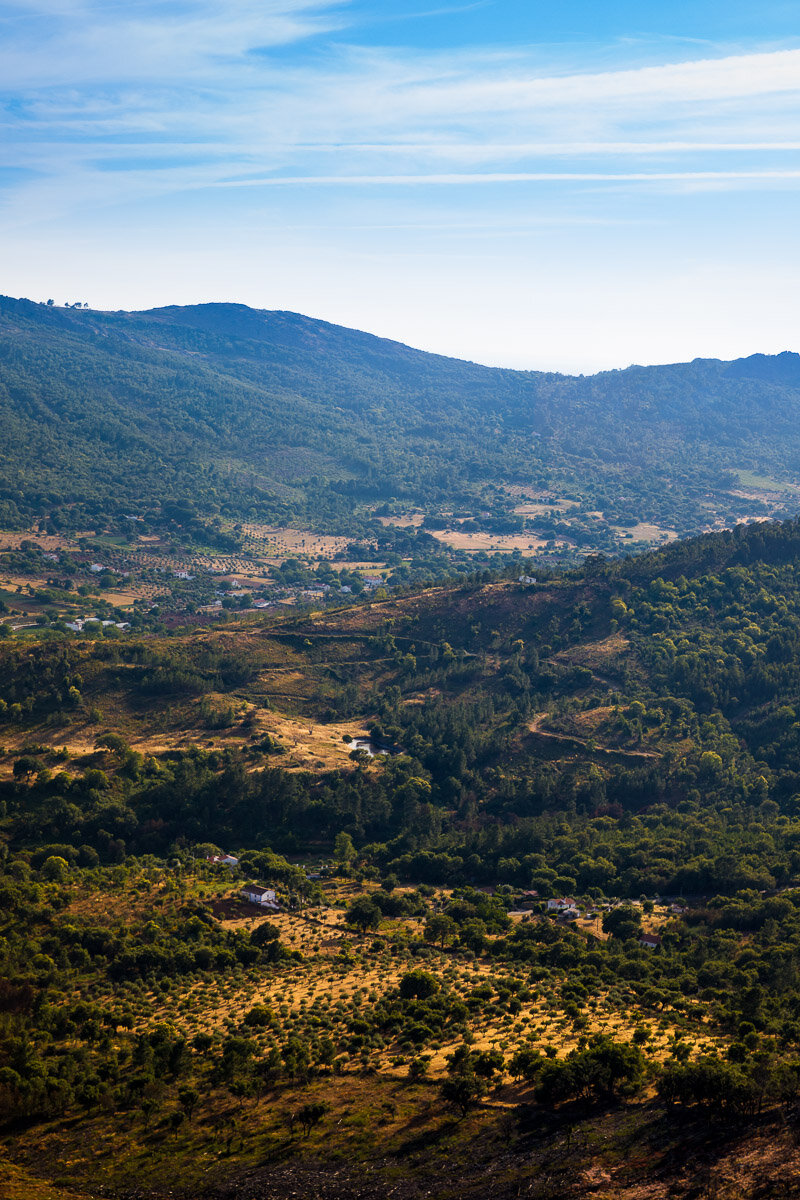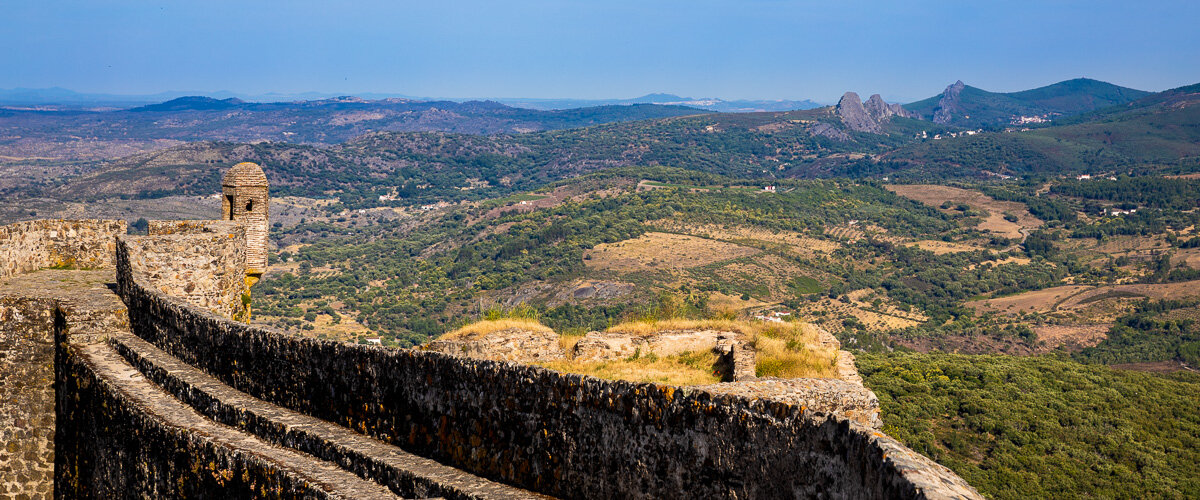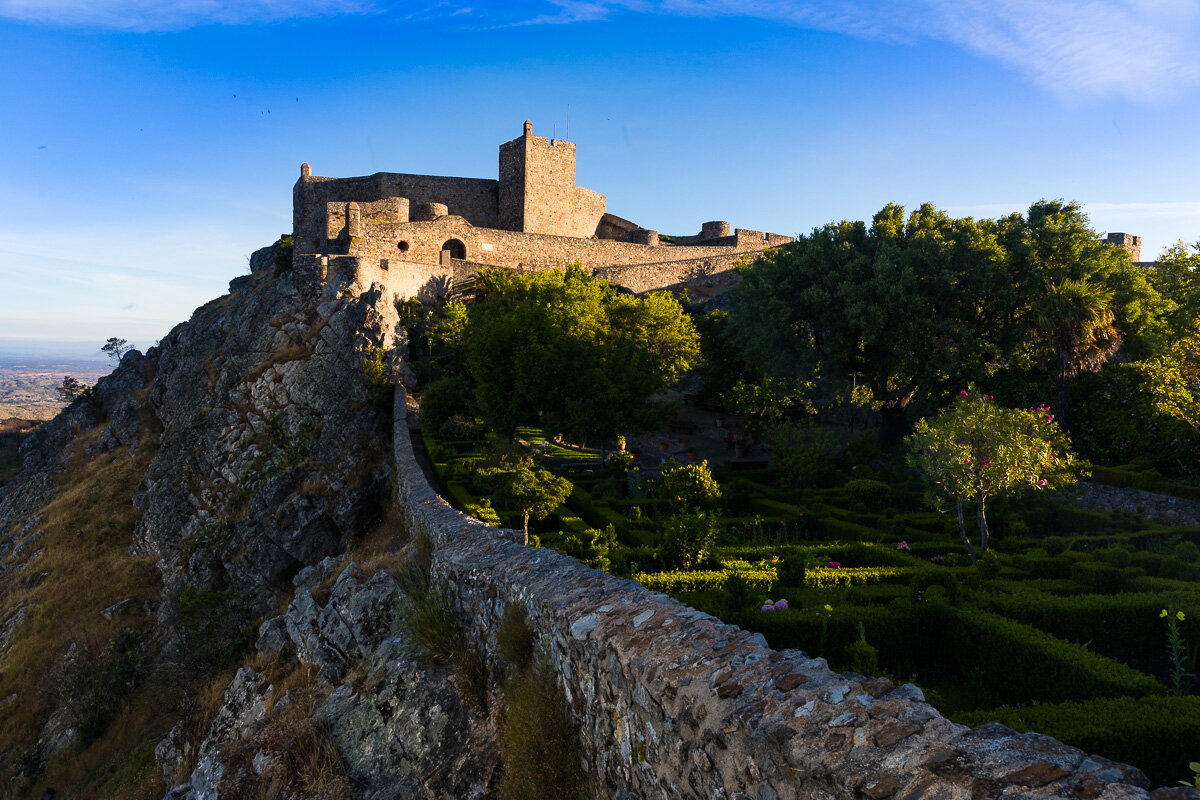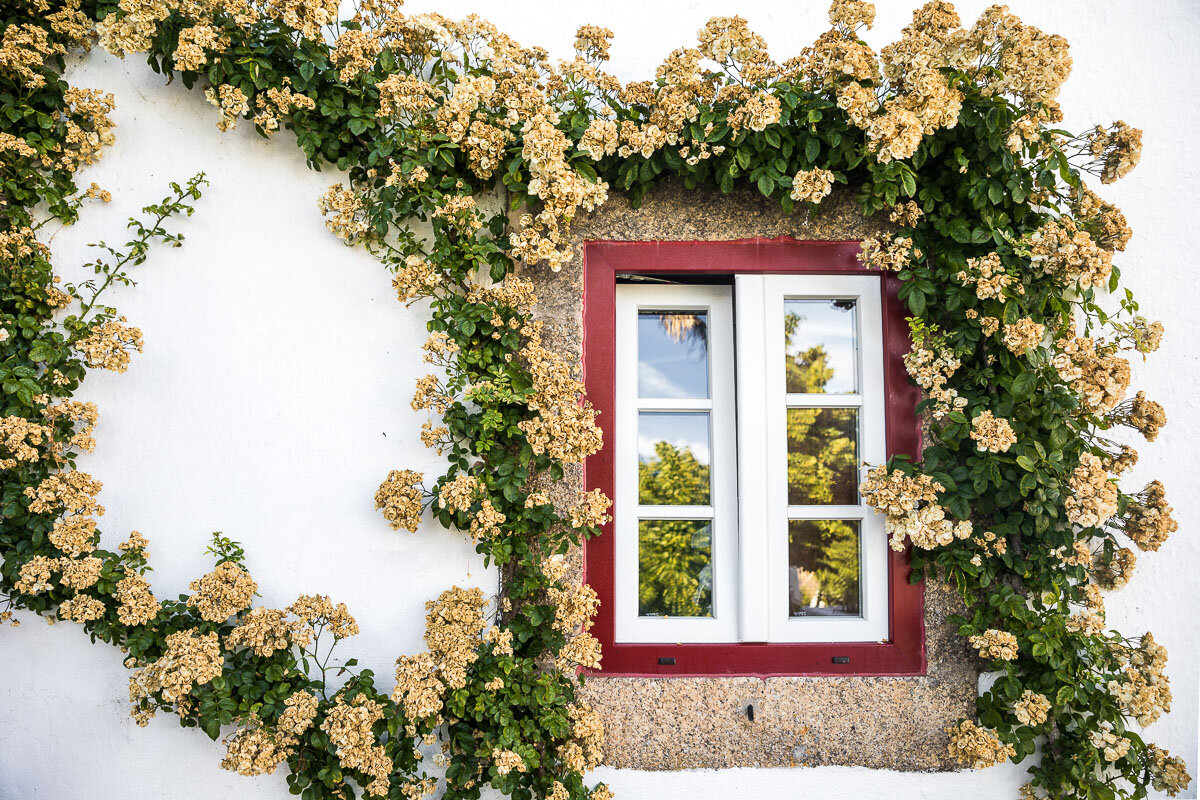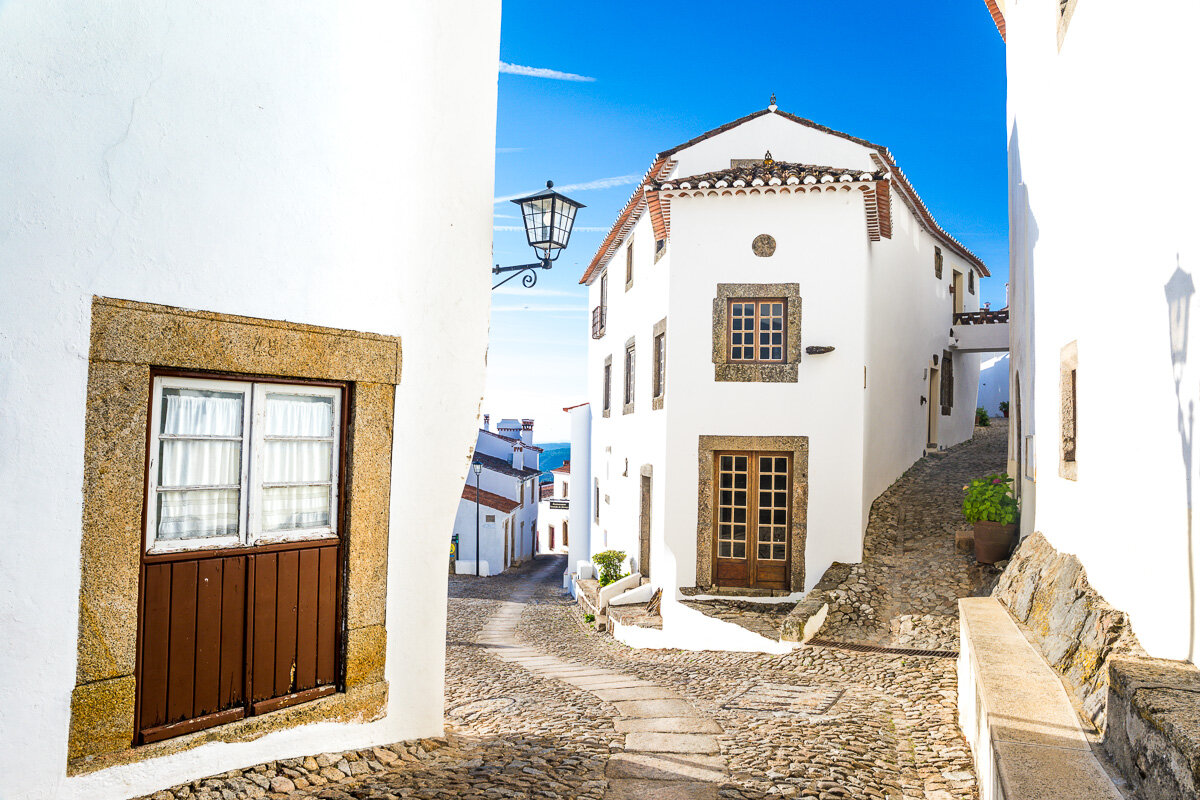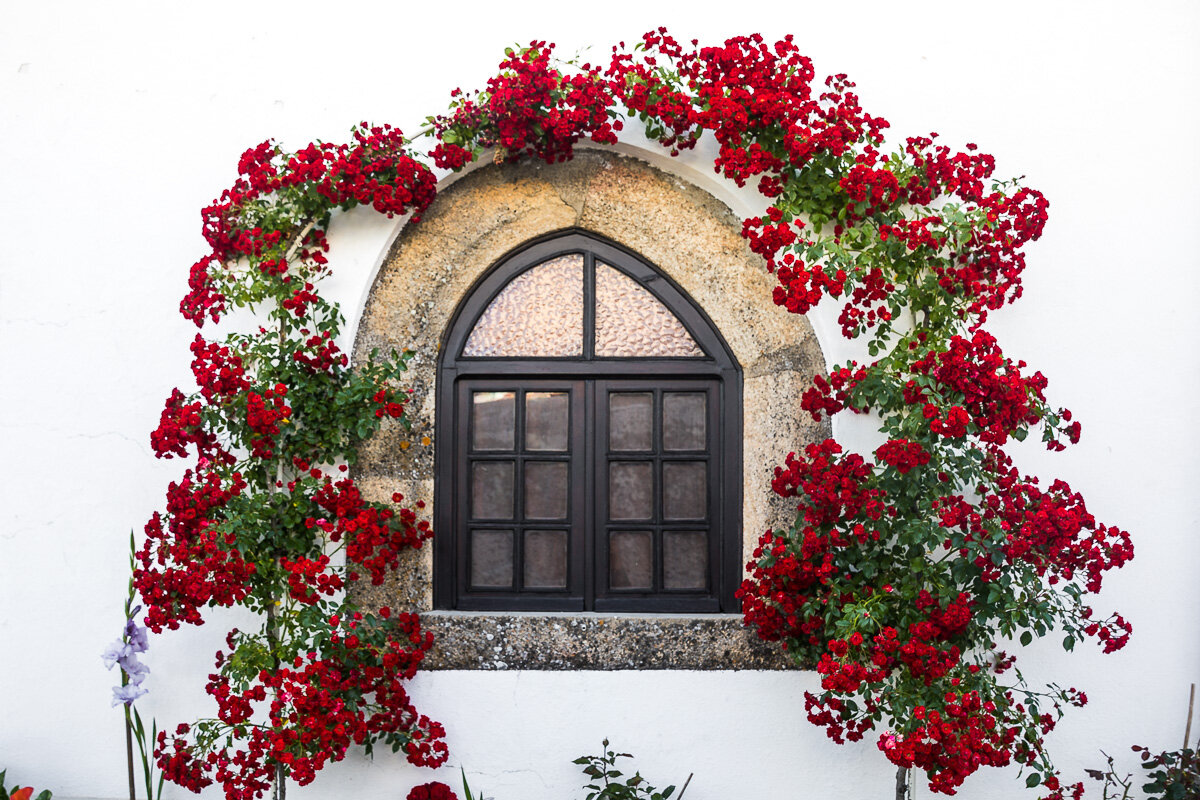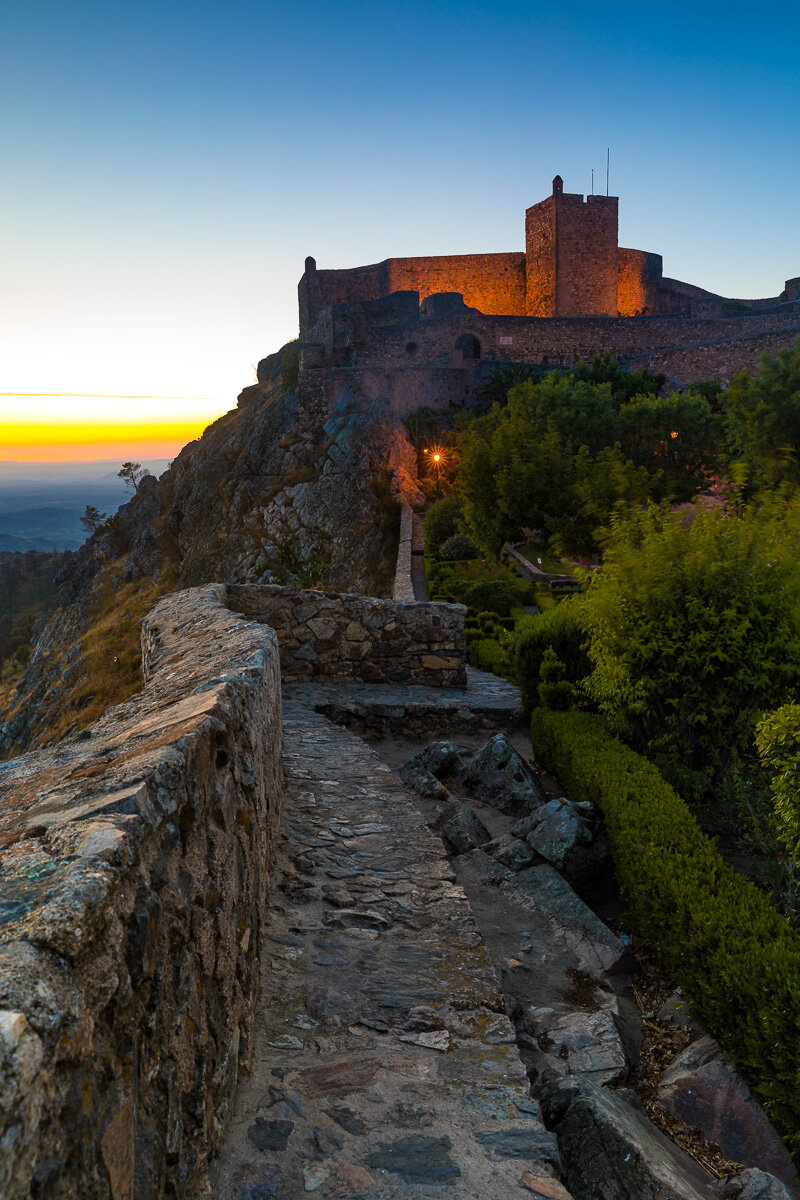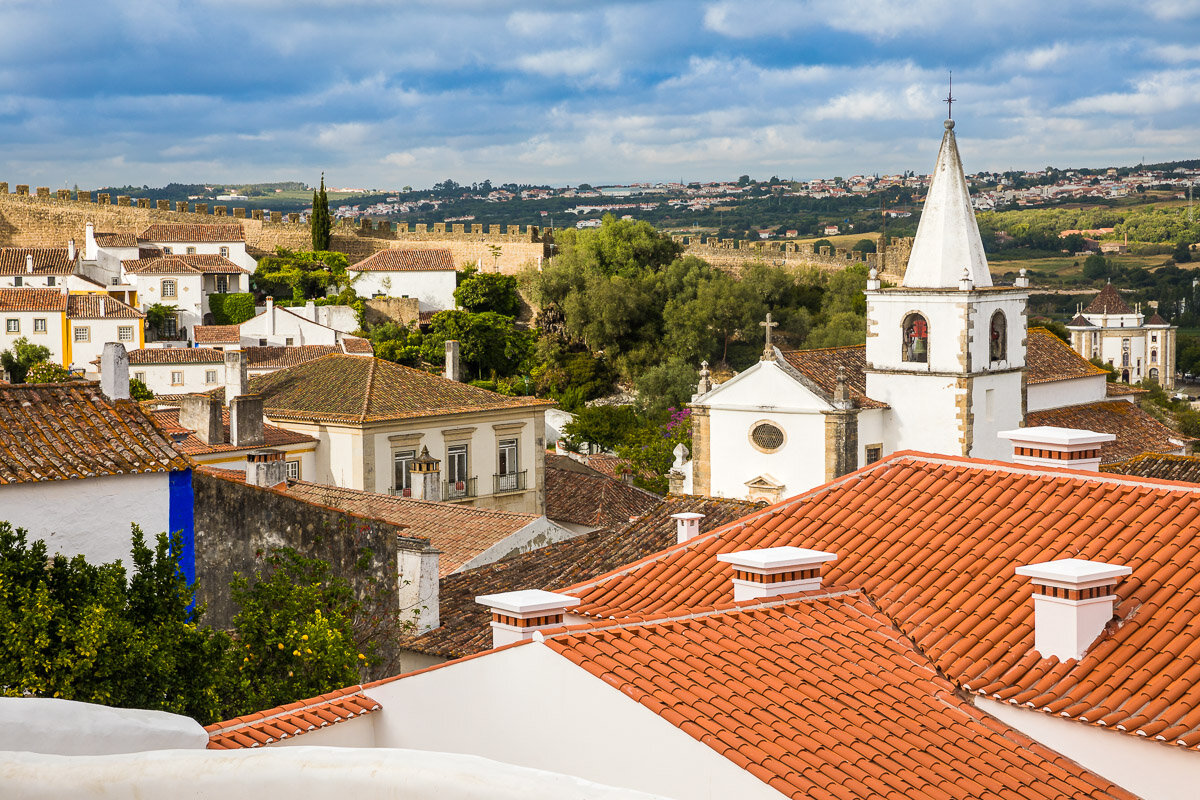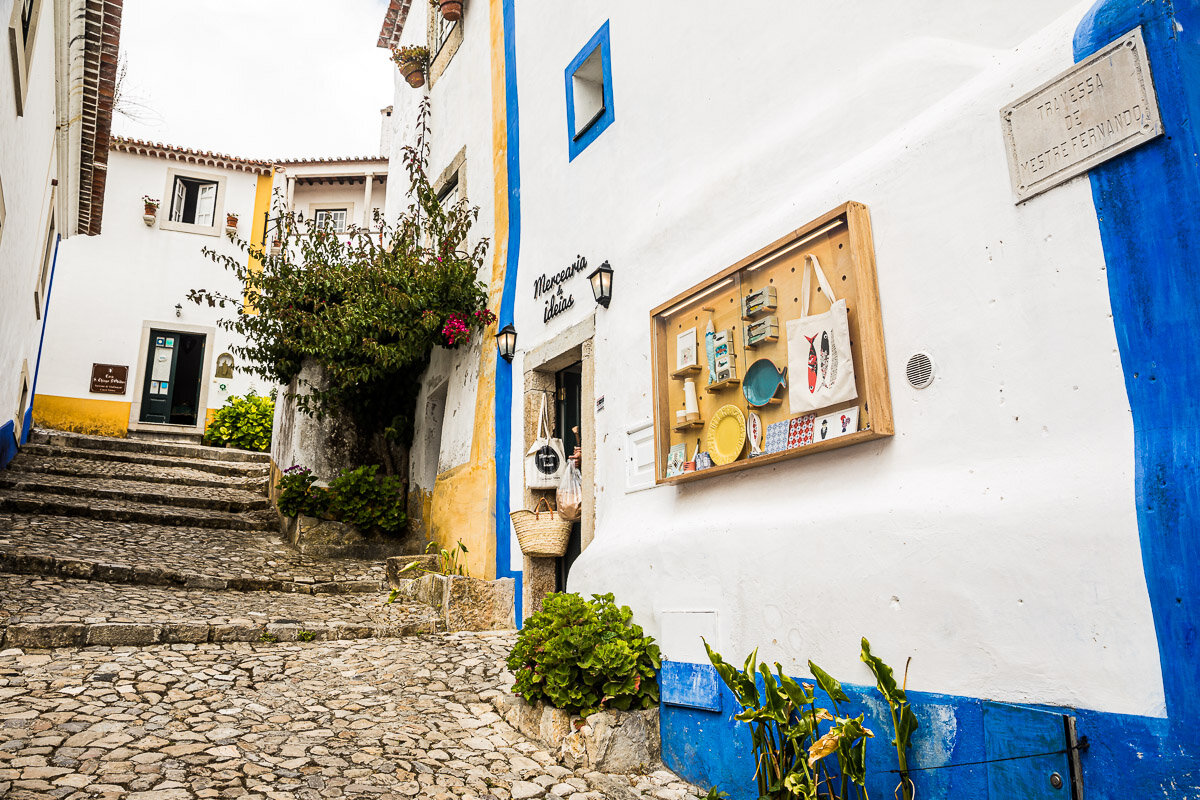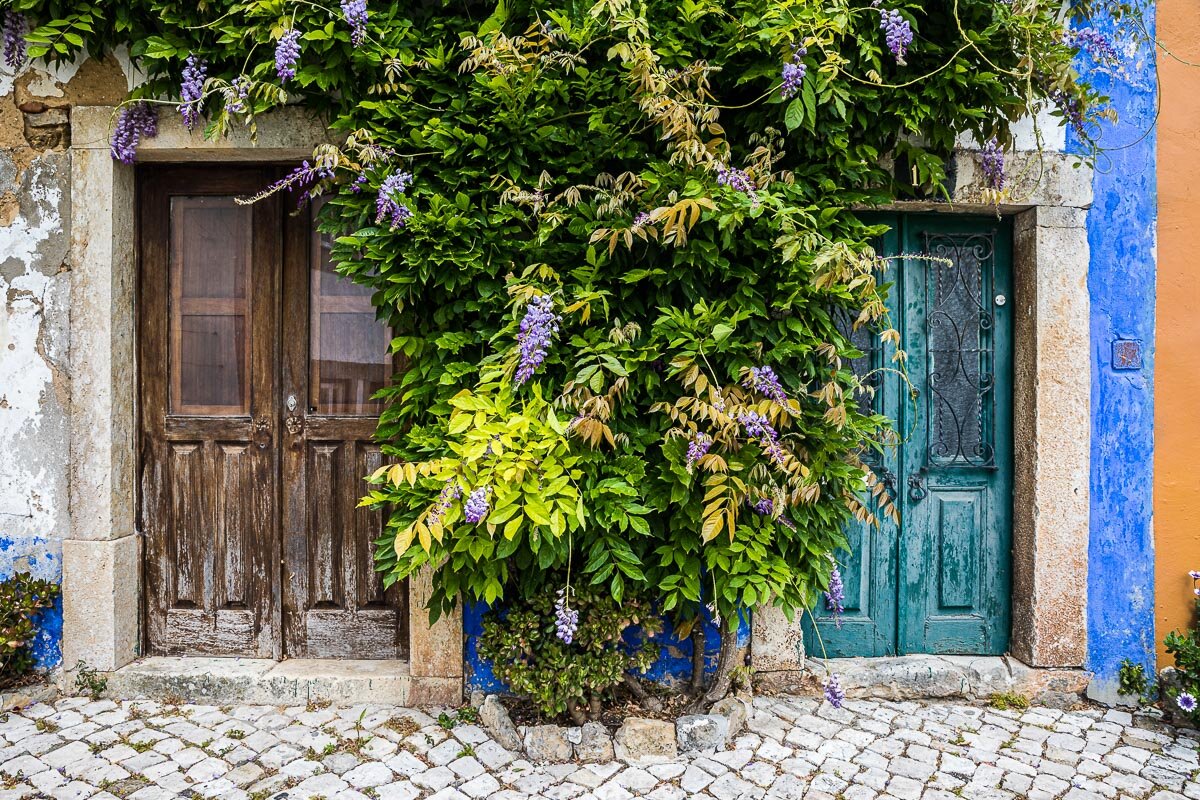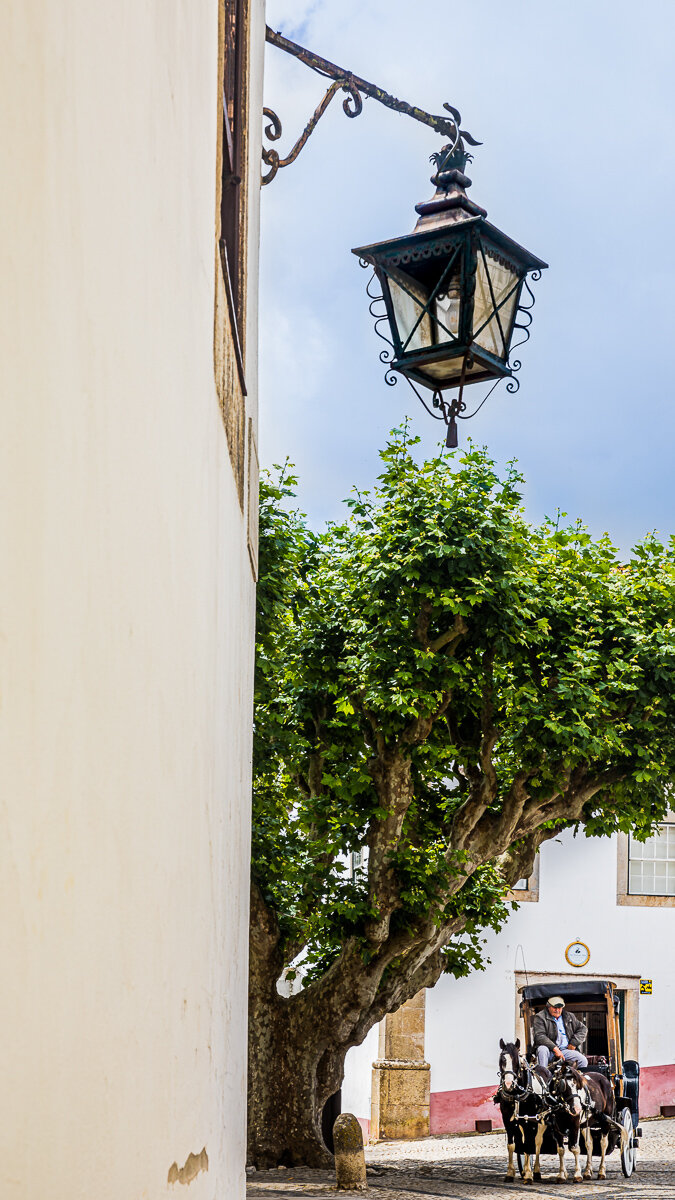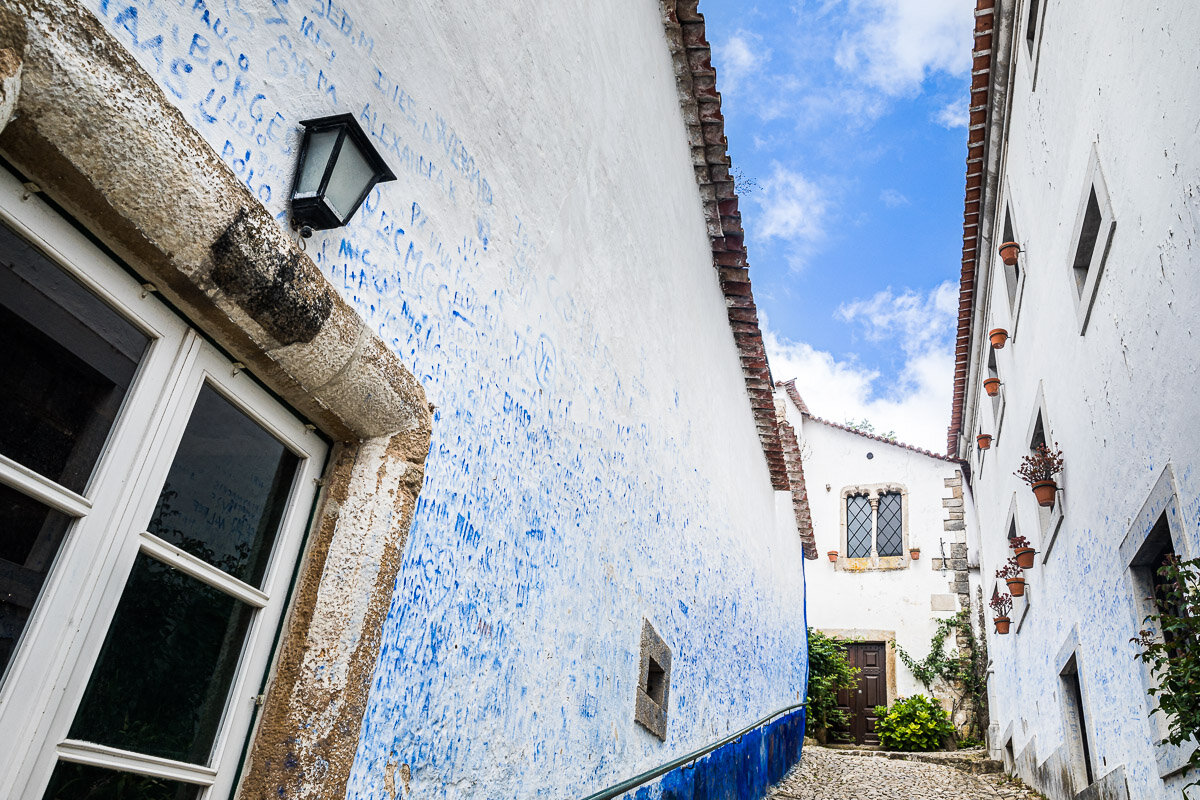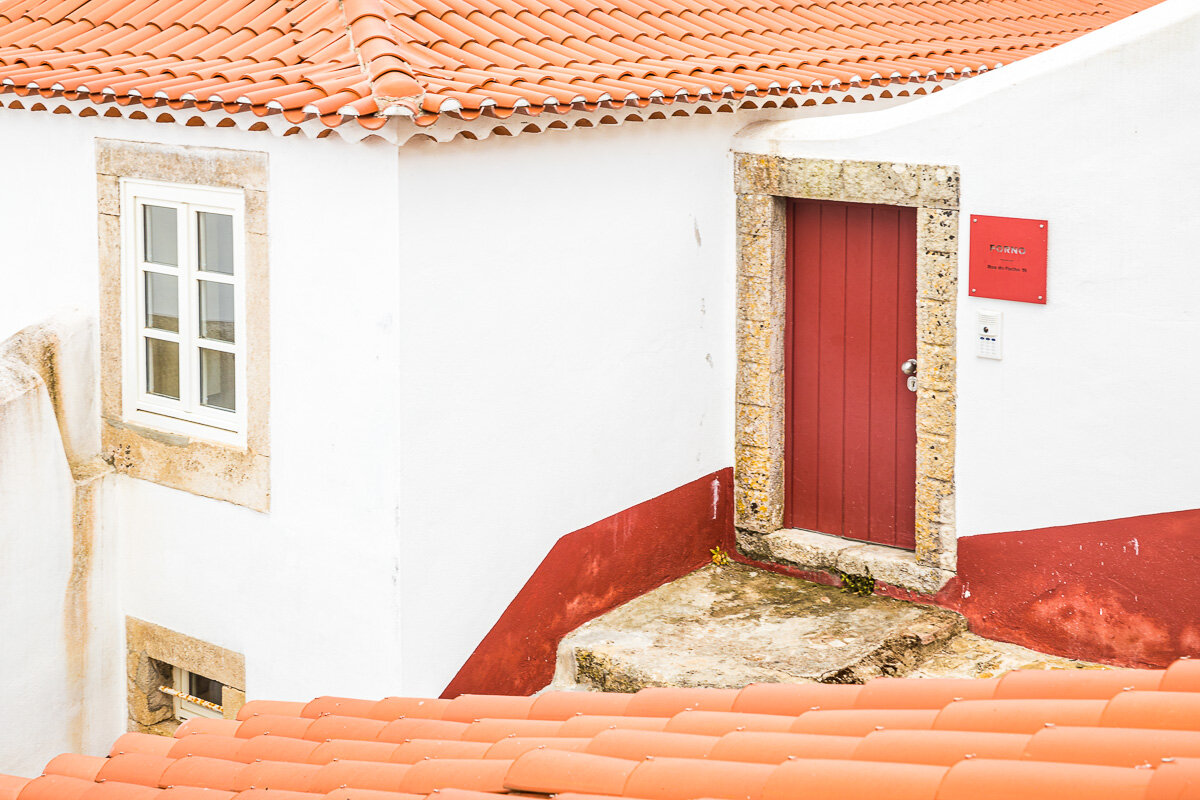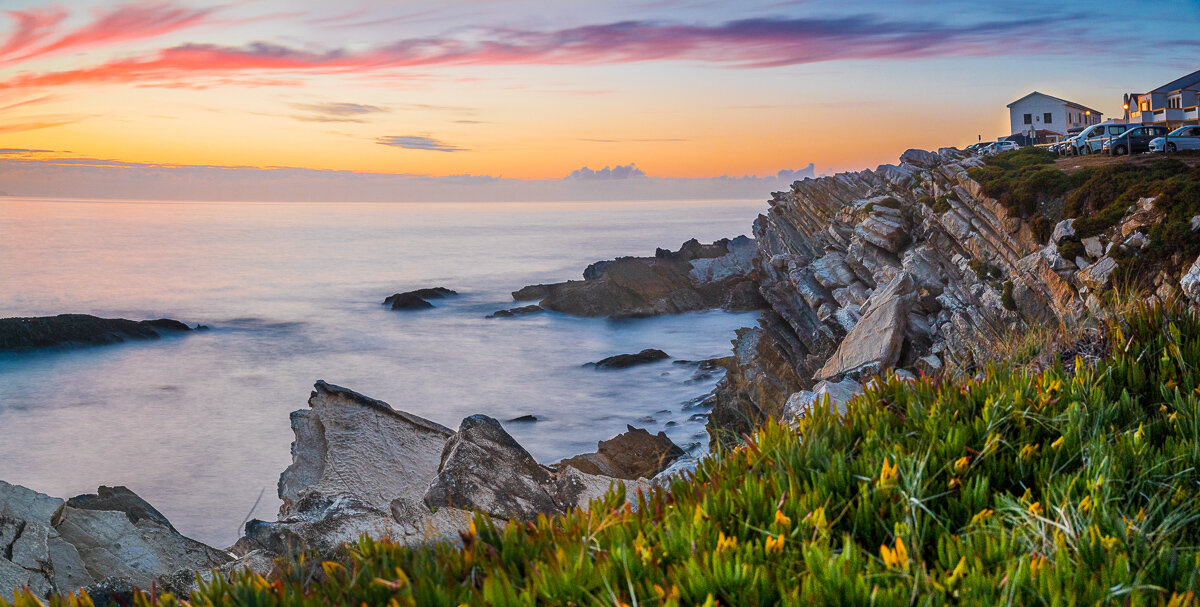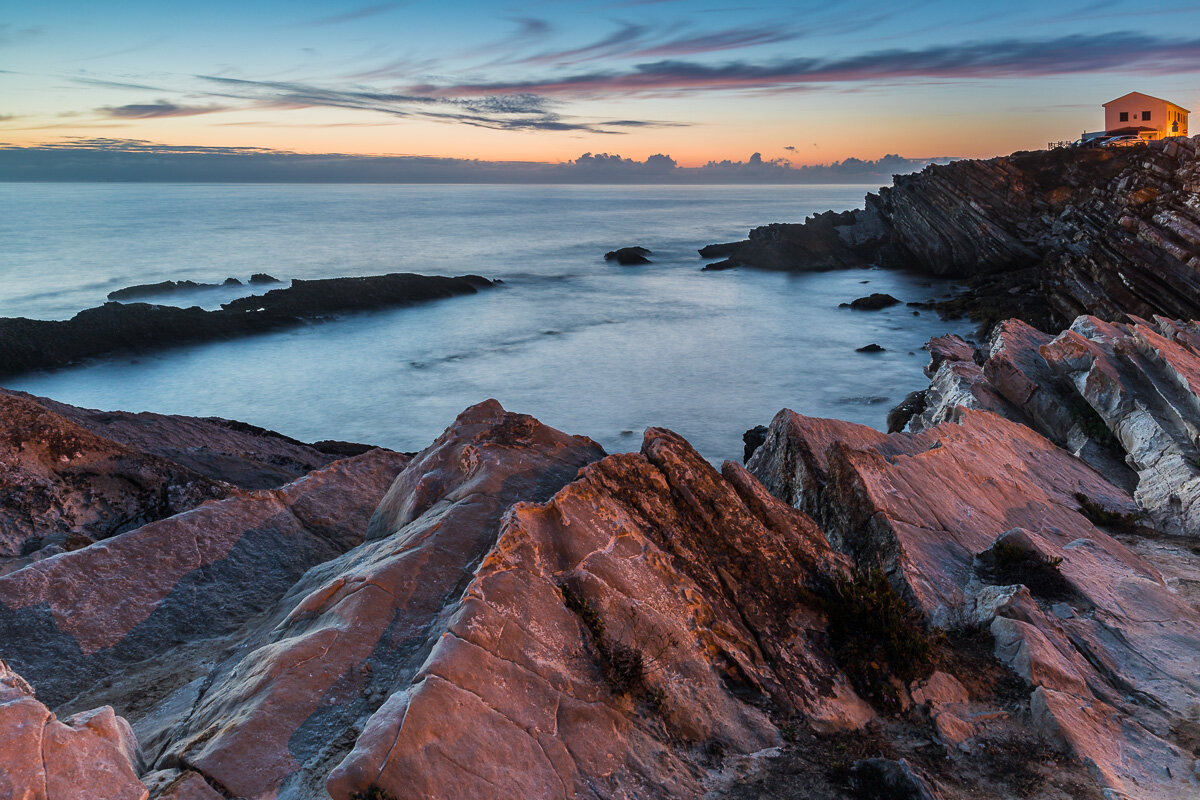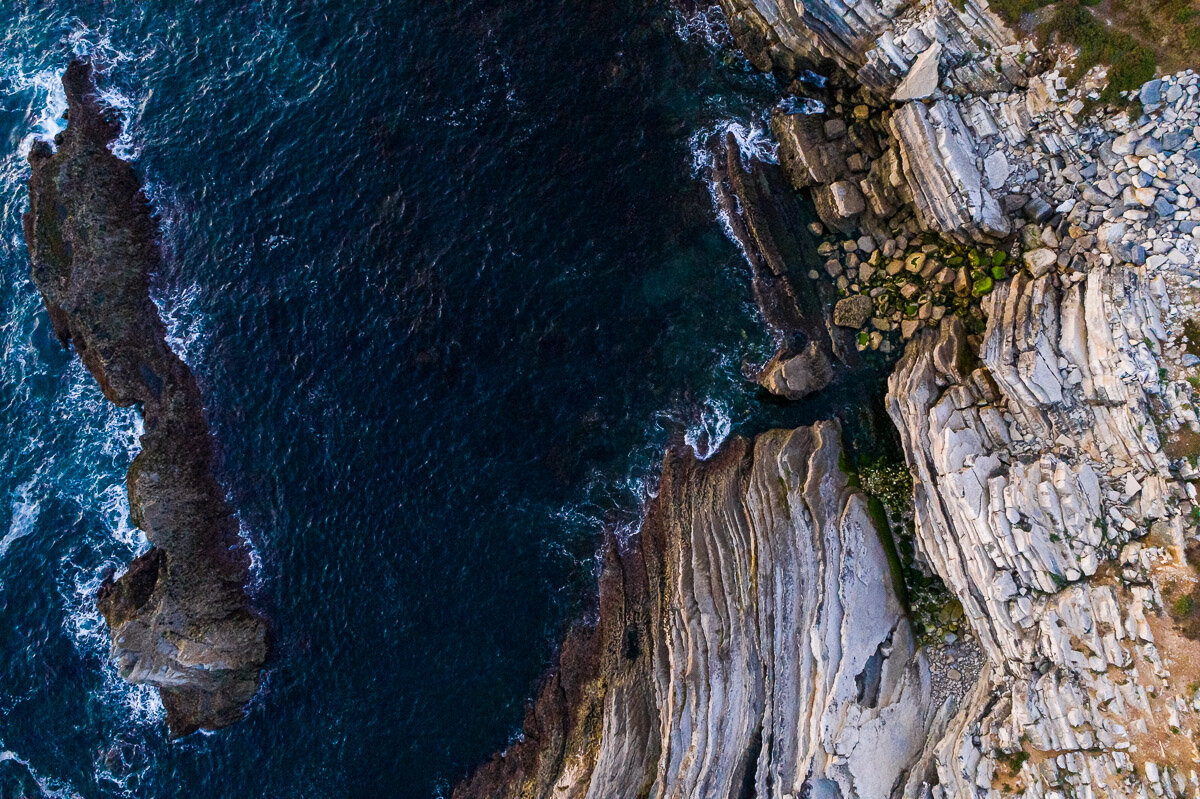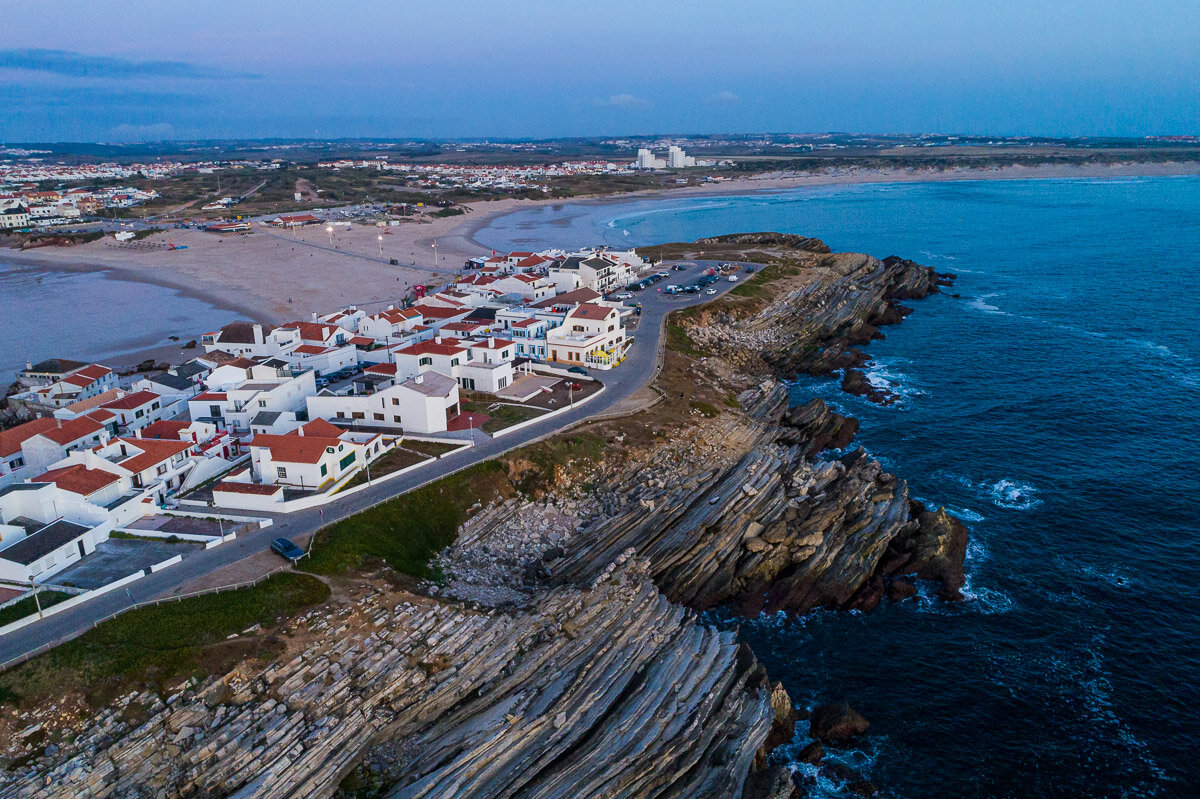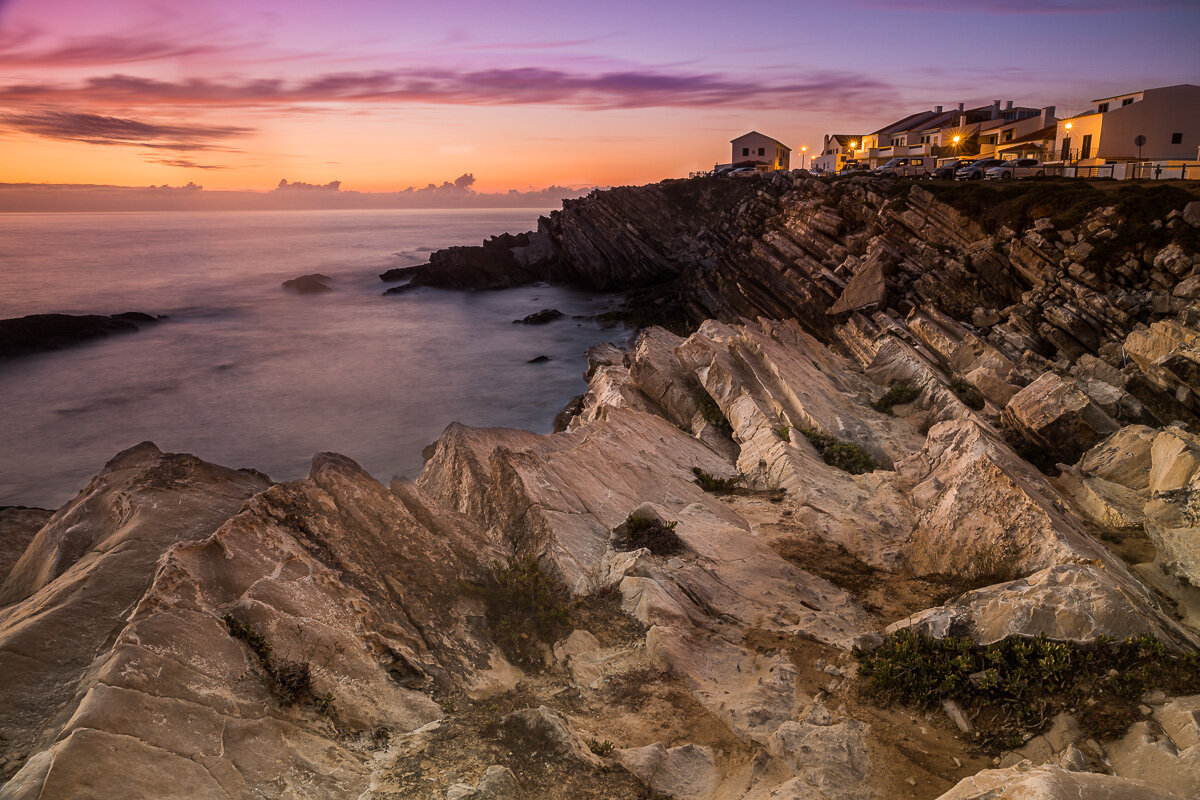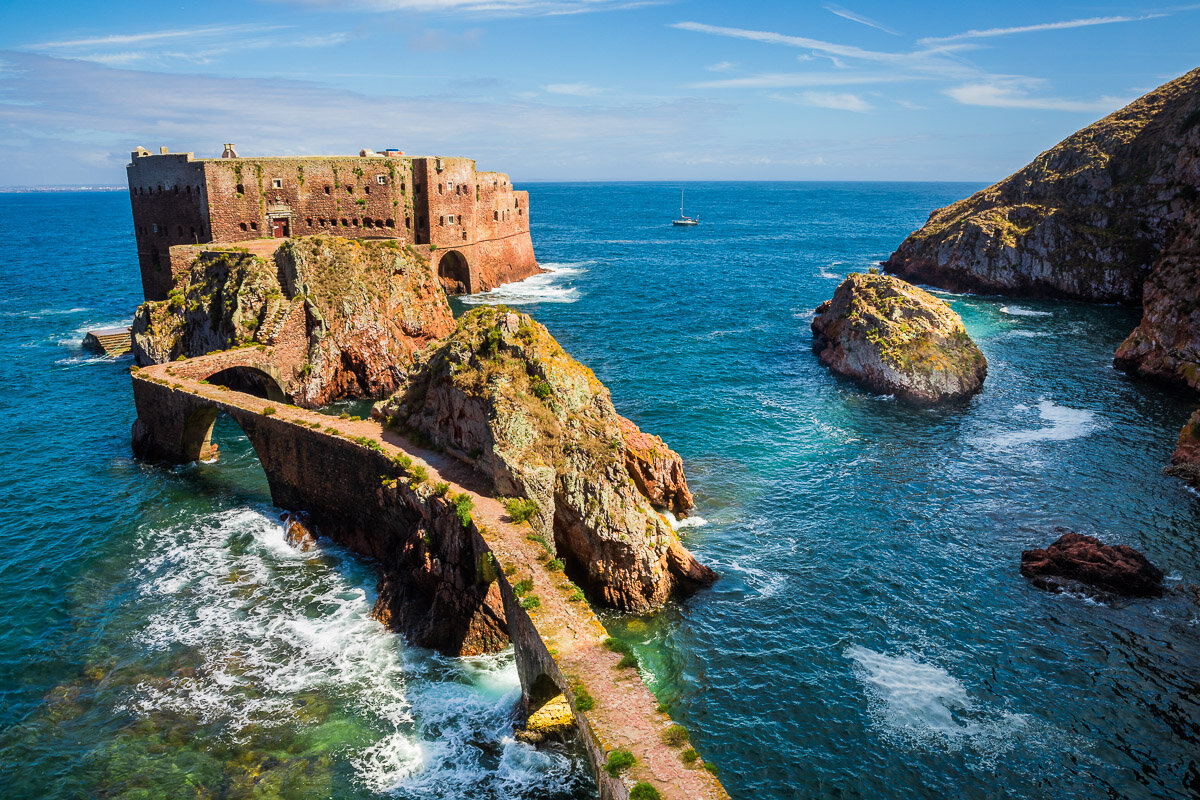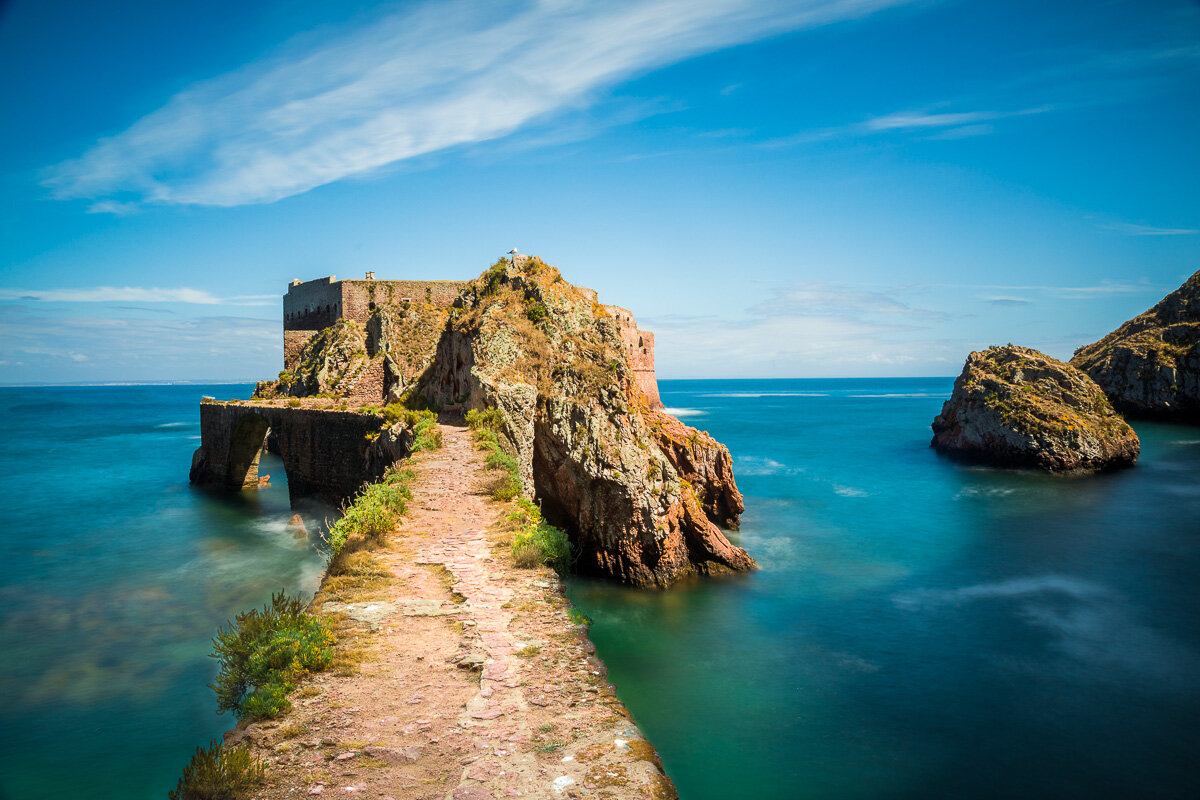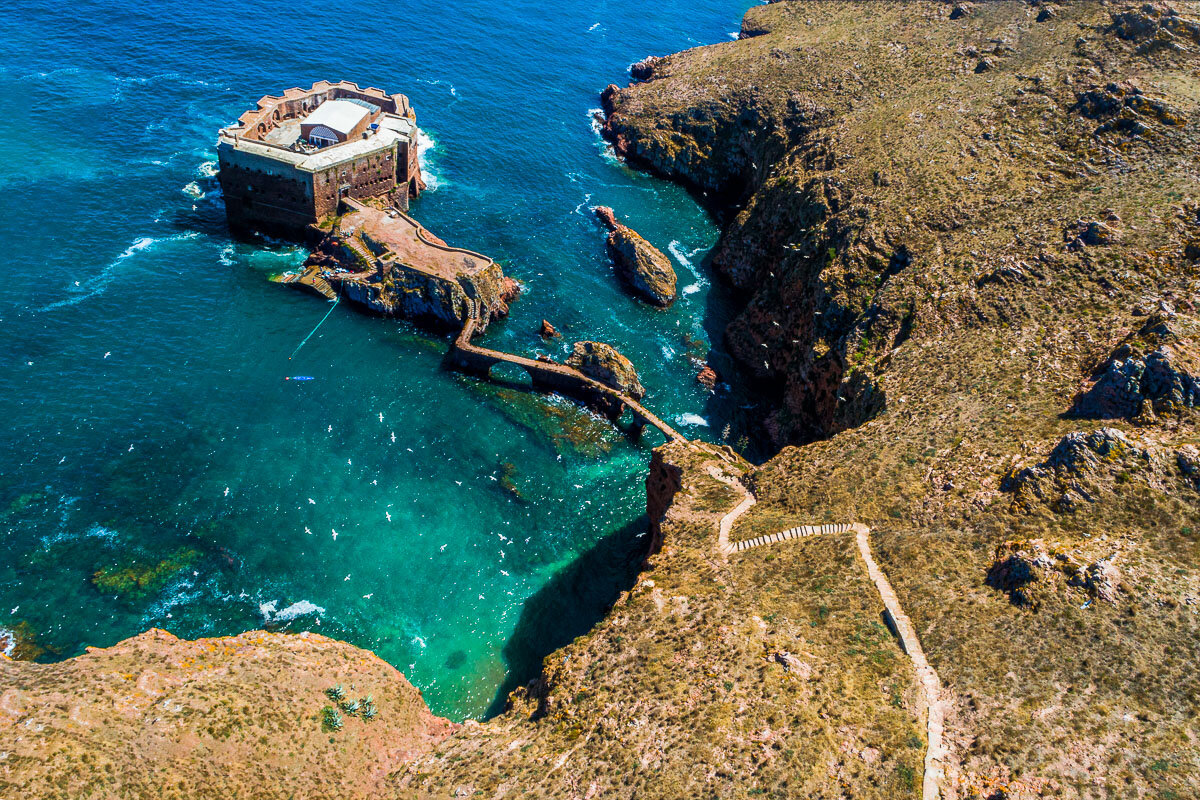Wanaka is a small town a few hours’ drive from Queenstown, in the South Island of New Zealand. Its main attraction is a tree that sits in the middle of the lake. The wanaka tree is likely the most photographed tree in the world, but unfortunately is has recently been attacked - the lowest branch was sawed off only a few months after my visit. This iconic tree will never look the same, unfortunately. I am lucky to have made it there before the damage was done. Enjoy these images of the wanaka tree in its original form.
Travel
Skippers Road
Skippers Road is one of the most scenic drives in the Queenstown region in New Zealand’s South Island. It is known as a filming location for several scenes in The Lord of the Rings and The Hobbit trilogies, and the river cutting through the canyon below is a popular spot for jet boating. This was a spectacular day-long drive offering photography opportunities both from the ground and from the air.
Kiwi Birdlife Park
I always like to visit zoos and wildlife centres when I travel. Whilst visiting Queenstown, I stopped by Kiwi Birdlife Park to photograph New Zealand’s charismatic endemic bird species. This is a small park with a good range of species, from kākāriki (New Zealand parakeets) to pāteke (brown teal). I thoroughly enjoyed their educational presentation on conservation and their honey tasting session. Definitely worth a visit if you plan on stopping by Queenstown sometime soon!
Kawarau River
The past few months have been so incredibly busy I haven’t been able to continue with my South Island trip blog posts. I have finally found the time to pick this back up, so here are some images of the lovely Kuwarau River and the Roaring Meg in Queenstown. I will keep posting new images from this latest New Zealand roadtrip over the next few weeks. Hope the wait over my hiatus has been worth it!
Textures of Queenstown
During our visit to Queenstown, we took the beautiful road through Skippers Canyon, known as the filming location for some of the Lord of the Rings movies. Although I will be sharing more conventional images of the road in the coming weeks, I also enjoyed photographing the trees in particular. The combination of living native trees and dead invasive species makes for some really interesting textures. In this blog post, I share some of my favourite textures of these Queenstown trees.
Queenstown's Skyline Gondola
A few months after my travels to Portugal, we decided to explore a little more of our own backyard here in New Zealand. Over three weeks, we took a detailed roadtrip through the spectacular South Island. As with most trips of the region, our travels began in Queenstown, the world capital of adrenaline. It also boasts mesmerising landscapes and rolling green countryside.
To kick off the next set of blog posts that will follow our travels through the South Island, this one features a few selected shots from a late afternoon and sunset over the city, from the popular photography destination, the Queenstown Skyline Gondola.
Portugal's Venice
The final stop on our roadtrip through Portugal was Aveiro, considered the country’s equivalent of Venice. Aveiro is a small town organised around several canals. The houses are painted in either bright colours or covered in traditional Portuguese tiles. The colourful gondolas are available for tours of the area, like their counterparts in Italy. One of our favourite parts of our stay in Aveiro was the excellent seafood, no doubt caught fresh from the ocean nearby.
The Stripes of Costa Nova
From Porto, we drove South to the small beachside town of Costa Nova, where the houses were all similarly decorated in stripes and matching fixtures and fittings. The town is a popular stop for locals and tourists alike, and the striped houses that were originally built as fishing huts have since been converted into trendy holiday homes.
Chapel of the Lord of the Stone
The beaches near Porto are relatively under-explored, and yet contain photographic gems such as the Capela do Senhor da Pedra (Chapel of the Lord of the Stone). We arrived just before sunset, and caught the golden light just before sundown from the air, followed by more traditional images from ground-level. By sunset, we were mostly alone at the beach, a truly unusual occurrence for a place like this!
Porto: An Evening on the Waterfront
Porto is the second largest city in Portugal, known for its tile-covered buildings. The city really comes alive at night, when tourists flock to the restaurants and shops on the waterfront. We were lucky enough to stay at an apartment with a perfect view to the canal, which resulted in some great evening photos. To capture the details of the buildings on the other side of the canal, I used a telephoto lens - and of course, a tripod to keep the shot steady!
Douro Valley
The Douro is one of the largest rivers in Portugal, and flows from Spain to near the city of Porto. It is the world’s oldest demarcated wine region, and a World Heritage Site. It was a change of landscape from our travels through the small medieval towns of Portugal. Douro Valley is a great place to relax and enjoy the vibrant green landscapes, a good glass of wine, and some local olive oil to boot.
Monsanto's Sunset
I was lucky enough to photograph the sunset over the town of Monsanto from the town’s plaza, half-way up the steep hill to the medieval ruins that sit above the city. The so-called “most Portuguese village” is truly unique, mixing natural rocks and stonework for a truly unique architectural style. I hope you enjoy the fantastic light in these images as much as I have.
The Most Portuguese Village
Monsanto, deemed “the most Portuguese village”, is a town of small red-roofed houses interweaved with enormous rocks. Its narrow streets climb up the sides of a small cliff, from which you can gain a spectacular view of the village. The top of the cliff is also the grounds of the ruins of the town’s medieval past, with a couple of buildings still left standing.
A Bird's-eye View of Marvão
The white buildings of Marvão, together with its medieval fortress and the surrounding farmland, make for incredible aerial images. I seized the opportunity to fly the drone over this stunning medieval town a couple of times, resulting in some amazing landscapes.
Some Portuguese Countryside
The town of Marvão is surrounded by typically Portuguese countryside. Even in the stark afternoon light, the landscape comes alive with the yellows and greens of the endless farms extending in every direction. In retrospect, I would have liked to photograph a sunrise over these fields, as I imagine the softer yellow would have made for even more breathtaking views.
A Walk Through Marvão
Marvão is another small medieval town nested within the Portalegre district. It is known for its white buildings with colourful trimmings, and the local castle. I enjoyed a peaceful couple of days in this town. Here are some of my favourite images from my meanderings through its streets…
Óbidos from Above
Perhaps the most spectacular views of Óbidos are from above. During my visit, I made the most of the birdseye views from the city and of the city. There are two ways to capture these images: by walking along the medieval walls that envelop the town, and by flying your drone from outside the city for a view of the castle and its surroundings. Here are some of my favourite images from both viewpoints.
The Cobbled Streets of Óbidos
Óbidos is a small medieval town to the north of Lisbon. It provides an interesting mixture of medieval fortress walls encapsulating the city, where white buildings with colourful trimmings are nestled between narrow cobbled streets. The progression of the city through the ages is clear in its eclectic architecture.
Baleal Island Landscapes
Baleal Island, a small drive away from Peniche, is an unusual island. Not only is it connected to the mainland by a thin stretch of road, it also sits atop unusual rock formations to either side. This is a popular sunset spot for locals and tourists alike. There are many spots to sit peacefully by the coast and watch the sun go down over the sea, colouring the white village and its layered rocks as it goes.
A Fort in the Atlantic Ocean
Just a short boat ride from Peniche, on the coast of Portugal, lies the Berlenga Grande Island. The island is famous for its red fort, sitting in the middle of the Atlantic Ocean and connected to the island by a narrow bridge. The Fort of São João Baptista das Berlengas was originally built as a monastery, from which monks could assist the regular shipwrecks in the area. However, the plan soon proved insurmountable - the monks regularly contracted diseases, were unable to contact the mainland, and were attacked by pirates. The ruins of what was once the monastery were restored as the fort we see today, which is now open for visitors in the Summer months.

